American Car and Foundry Company
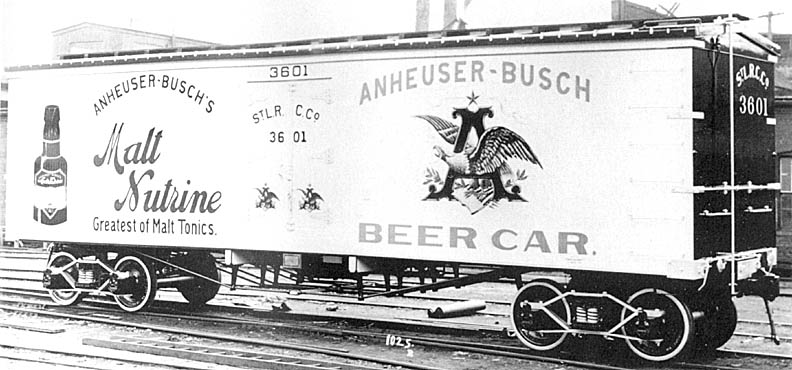 A refrigerator car built by ACF in 1911.
A refrigerator car built by ACF in 1911.American Car and Foundry (often abbreviated as ACF) is a manufacturer of railroad rolling stock. One of its subsidiaries was once (1925–54) a manufacturer of motor coaches and trolley coaches under the brand names of (first) ACF and (later) ACF-Brill. Today ACF is known as ACF Industries LLC and is based in St. Charles, Missouri. It is owned by investor Carl Icahn.
History
American Car and Foundry was formed and incorporated in New Jersey in 1899 as the result of the merger of 13 smaller railroad car manufacturers. The company was made up of:
Later in 1899, ACF acquired Bloomsburg Car Manufacturing Company (of Bloomsburg, Pennsylvania). Two years later, ACF acquired Jackson and Sharp Company (founded 1863 inWilmington, Delaware), and the Common Sense Bolster Company (of Chicago, Illinois). The unified company made a great investment in the former Jackson & Woodin plant in Pennsylvania, spending about $3 million. It was at this plant that ACF built the first all-steel passenger car in the world in 1904. The car was built for the Interborough Rapid Transit system of New York City, the first of 300 such cars ordered by the railroad.
1904 and 1905 saw ACF build several motor cars and trailers for the London Underground. In these two years, ACF also acquired Southern Car and Foundry (founded 1899 in Memphis, Tennessee), Indianapolis Car and Foundry and Indianapolis Car Company.
ACF produced artillery gun mounts and ammunition, submarine chasers and other boats, railway cars and other equipment during World War I to support the Allies. ACF ranked 36th among United States corporations in the value of World War II production contracts.
Timeline
- 1899: American Car & Foundry is formed from the merger of 13 smaller companies.
- 1899: ACF acquires Bloomsburg Car Manufacturing Company
- 1901: ACF acquires Jackson and Sharp Company and Common Sense Bolster Company
- 1904: ACF builds the first all-steel passenger car in the world for the Interborough Rapid Transit
- 1904: ACF acquires Southern Car and Foundry
- 1905: ACF acquires Indianapolis Car and Foundry and Indianapolis Car Company
- 1922: ACF diversifies into the automotive industry with the acquisition of Carter Carburetor Corporation
- March 31, 1924: ACF acquires Pacific Car and Foundry
- 1925: ACF acquires Fageol Motors Company of Ohio and Hall-Scott Motor Car Company
- 1926: ACF acquires J. G. Brill Company
- 1927: ACF acquires Shippers Car Line
- 1935: ACF builds lightweight Rebel streamline trains for the Gulf, Mobile and Northern Railroad
- 1939: ACF’s Berwick plant switches to construction of military tanks.
- August 2, 1941: ACF’s 1,000th military tank is completed for the United States military effort of World War II
- 1954: The company officially changes its name to ACF Industries, Inc.
- 1954: ACF purchases Engineering and Research Corporation.
- 1954–1955: ACF delivers 35 “Astra Dome” dome cars to the Union Pacific Railroad
- 1960: ACF completes the last passenger car that it is to build (New York City Transit R28 IRT car).
- 1977: Southern Pacific Railroad (SP) came up with the idea of the first double-stack intermodal car in 1977. SP then designed the first car with ACF Industries that same year.
- 1984: ACF is purchased by Carl Icahn
- 1997: ACF reaches leasing agreement with GE Capital Railcar for 35000 of its 46000 railcars, mostly on 16 year leases with optional purchase agreements.
- 2003: ACF Industries LLC became a successor to ACF Industries, Incorporated on May 1, 2003.
Products
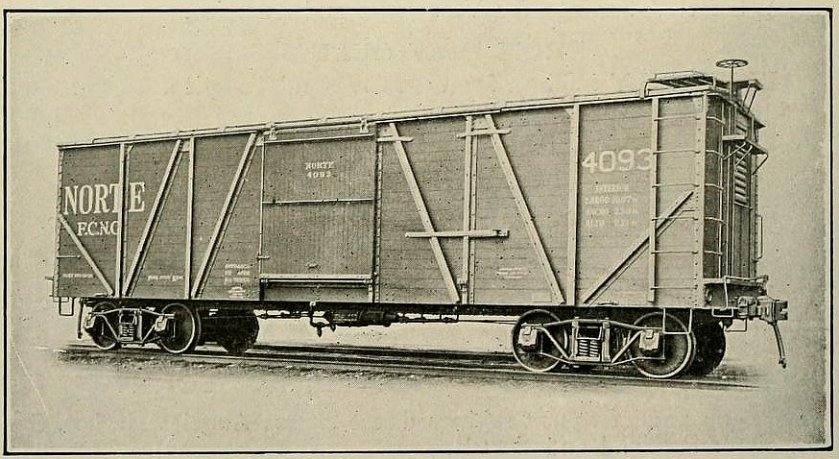 External-braced wooden boxcar built for sugar service in Cuba by ACF. ca. 1922
External-braced wooden boxcar built for sugar service in Cuba by ACF. ca. 1922
Historically, ACF built passenger and freight cars and covered hopper cars for hauling items like corn or other grains. . One of the largest customers was Union Pacific, whose armour-yellow carbon steel lightweight passenger rolling stock was mostly built by ACF. The famous dome–observation car, Native Son, was an ACF product. Today, the American passenger car market is erratic in production, and is mostly handled by specialty manufacturers. Competitors Budd, Pullman-Standard, and St. Louis Car have all either exited the market or gone out of business.
The manufacturing facility located in Milton, Pennsylvania is serviced by the Norfolk Southern railroad and is capable of manufacturing railcars and all related railcar components. The plant is capable of producing pressure vessels in sizes ranging from 18,000 – 61,000 gwc, to include propane tanks, compressed gas storage, LPG storage, and all related components including heads. The plant covers 48 acres providing 500,000 square feet of covered work area and 7 miles of railroad storage track. The Huntington, WV production site was closed in late 2009.
See also
American Car Company
The American Car Company was a streetcar manufacturing company based in St. Louis, Missouri, United States. It was one of the country’s leading streetcar builders during the heyday of streetcar operation. The company was founded in 1891 by William Sutton and Emil Alexander, who had previously founded the Laclede Car Company in 1883 also in St. Louis, and had both got their start working in the streetcar business at St. Louis’ horsecar manufacturer, the Brownell Car Company.
The American Car Company was a builder of electric powered streetcars. ACC was bought out by the J. G. Brill Company of Philadelphia in 1902. However, Brill continued to operate the American Car Co. under its own name until 1931, when it was reorganized as J. G. Brill of Missouri.
In 1915, American Car built the very first Birney-type trolley, the prototype of a new design then known as the “Safety Car”, and went on to build more Birney cars than any other manufacturer. The Fort Collins Municipal Railway, in Colorado, and the Fort Smith Trolley Museum, in Arkansas, are examples of operations where preserved Birney cars built by the American Car Company can still be seen running today.
In 1931, only four months after parent company J. G. Brill discontinued use of the American Car Company name, the ex-ACC factory in St. Louis closed permanently.
See also
- American Car Company
- Canadian Car and Foundry
- Jan Rogers Kniffen – former company treasurer
- List of rolling stock manufacturers
Canadian Car and Foundry
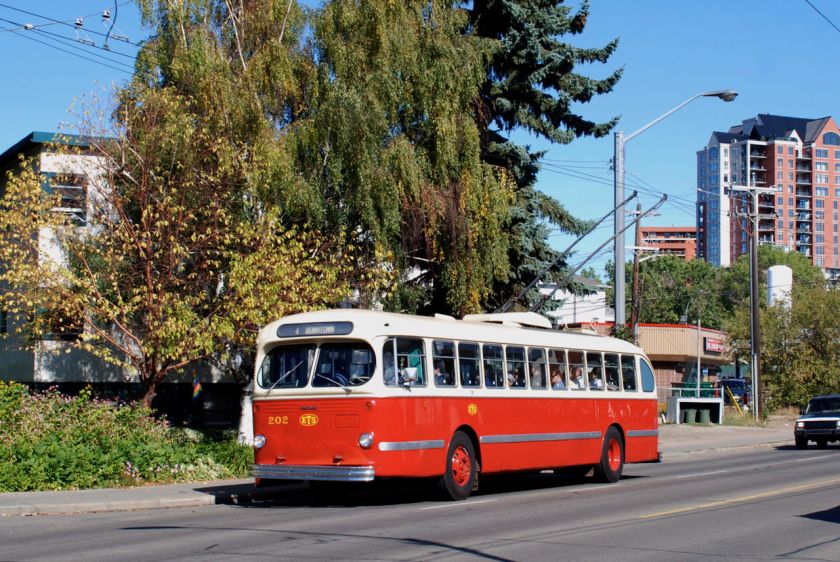 A preserved 1954 CCF-Brill trolley bus on the Edmonton trolley bus system.
A preserved 1954 CCF-Brill trolley bus on the Edmonton trolley bus system.
Canadian Car and Foundry (CC&F) also variously known as “Canadian Car & Foundry,” or more familiarly as “Can Car,” manufactured buses,railroad rolling stock and later aircraft for the Canadian market. CC&F history goes back to 1897, but the main company was established in 1909 from an amalgamation of several companies and later became part of Hawker Siddeley Canada through the purchase by A.V. Roe Canada in 1957. Today the remaining factories are part of Bombardier Transportation Canada.
History
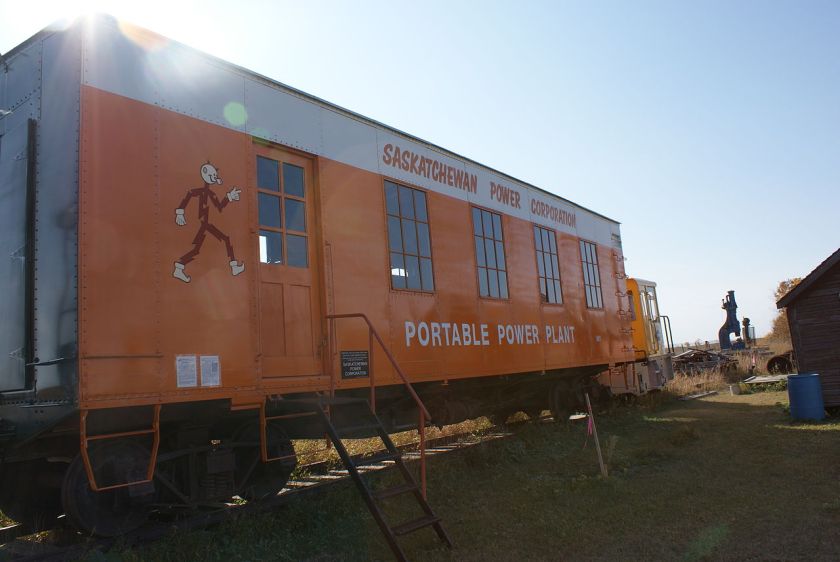 Portable power plant built by Canadian Car and Foundry
Portable power plant built by Canadian Car and Foundry
Canadian Car & Foundry (CC&F) was established in 1909 in Montreal as the result of an amalgamation of three companies:
- Rhodes Curry Company of Amherst, NS – founded 1891
- Canada Car Company of Turcot, QC – founded 1905
- Dominion Car and Foundry of Montreal, QC
In 1911 the CC&F Board of Directors recognized that the company could improve its efficiency if they were able to produce their own steel castings, a component that was becoming common to all their products. They purchased Montreal Steel Works Limited at Longue Pointe, QC, the largest producer of steel castings in Canada, and the Ontario Iron & Steel Company, Ltd. at Welland, ON, which included both a steel foundry and a rolling mill.
Buses were produced at Fort William, Ontario and railcars in Montreal and Amherst. Streetcars were manufactured between 1897 to 1913, however the company focused exclusively on rebuilding existing streetcars after 1913.
A few years later, CC&F acquired the assets of Pratt & Letchworth, a Brantford, ON, rail car manufacturer. In the latter part of World War I, the expanding company opened a new plant in Fort William (now Thunder Bay) to manufacture rail cars and ships which included the French minesweepers Inkerman and Cerisoles which were both lost in Lake Superior; the Amherst plant started by Rhodes & Curry in Amherst was closed in 1931. In an attempt to enter the aviation market, CC&F produced a small series of Grumman fighter aircraft under licence and developed an unsuccessful, indigenous-designed fighter aircraft, the Gregor FDB-1.
The Second World War
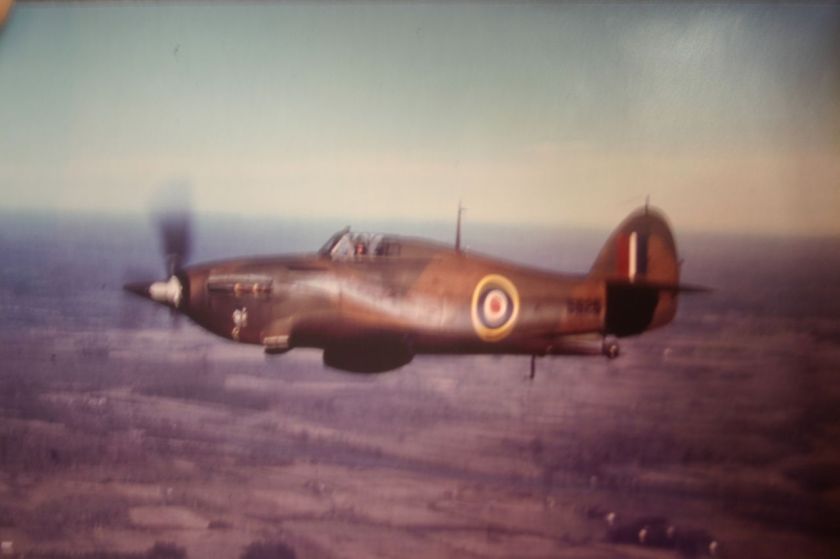 CC&F Hawker Hurricane X on a test flight over Fort William, Ontario
CC&F Hawker Hurricane X on a test flight over Fort William, Ontario
By 1939, with war on the horizon, Canadian Car & Foundry and its Chief Engineer, Elsie MacGill, were contracted by the Royal Air Force to produce the Hawker Hurricane.Refinements introduced by MacGill on the Hurricane included skis and de-icing gear. When the production of the Hurricane was complete in 1943, CC&F’s workforce of 4,500 (half of them women) had built over 1,400 aircraft, about 10% of all Hurricanes built.
Following the success of the Hurricane contract, CC&F sought out and received a production order for the troublesome Curtiss SB2C Helldiver. Eventually, 834 Helldivers were produced by CC&F in various versions from SBW-1, SBW-1B, SBW-3,SBW-4E and SBW-5. Some of the Curtiss divebombers were sent directly to the Royal Navy under Lend-Lease arrangements. CC&F also built the North American AT-6 Texan/Harvard under licence, many of the aircraft being supplied to European air forces to train post war military pilots.
In 1944, the Canadian Car & Foundry built a revolutionary new aircraft in its Montreal shops – the Burnelli CBY-3, also called the Loadmaster. There were two examples built of an aerofoil-fuselage design originally developed by Vincent J. Burnelli. The CBY-3 was never to enter full-scale production and was cancelled less than one year later.
The work of Canadian women building fighter and bomber aircraft at the plant during the Second World War is documented in the 1999 National Film Board of Canada documentary film Rosies of the North.
Postwar developments
After the Second World War, the CC&F returned to its roots as a rail car manufacturer. They also made a successful leap into the streetcar business, supplying Montreal, Toronto, Regina, Calgary, Vancouver, Edmonton, and the Brazilian cities of Rio de Janeiro and São Paulo with various types of streetcars. The company concluded a licencing agreement with ACF-Brill (the successor to J. G. Brill) in 1944 to manufacture and sell throughout Canada buses and trolley coaches of ACF-Brill design as Canadian Car-Brill, in later years often written “CCF-Brill”, for short. CC&F built 1,114 trolley buses[5] and a few thousand buses under the name. Trolleybus production ended in 1954; Edmonton Transit System‘s No. 202, a 1954 CCF-Brill T48A, was the very last Brill trolleybus built for any city.
In 1957, wishing to diversify, the British Hawker Siddeley Group acquired CC&F through its Canadian subsidiary, A.V. Roe Canada Ltd.. In 1962, A.V. Roe Canada was dissolved and its assets became part of Hawker Siddeley Canada. During the 1970s they introduced the BiLevel Coach heavy railway passenger car, which would go on to great success.
CCF re-emerged as Can-Car Rail in 1983 as a joint division between Hawker Siddeley Canada and UTDC. The Can-Car Rail operations were based in Thunder Bay. Sold to SNC-Lavalin in 1986, a financial shakeup led to the firm being returned to the Government of Ontario, and then quickly re-sold to Bombardier Transportation. Through a series of further acquisitions, mergers and rationalisations, CC&F faded from the annals of significant Canadian manufacturers, although the company still exists today as the Bombardier Transportation Canada Inc.railcar facility in Thunder Bay, Ontario.
Products
Transit
- CCF-Brill 44S motor bus (under license)
- CCF-Brill T44/T44A trolley bus (under license), 1946–54
- CCF-Brill T48/T48A/T48SP trolley bus (under license), 1949-54
- Presidents’ Conference Committee Car A6 SE DT
- Presidents’ Conference Committee Car A7 SE DT
- Presidents’ Conference Committee Car A8 SE DT
- Small Peter Witt cars with Ottawa Car Company
- Large Peter Witt car and trailers with J. G. Brill and Company
Other
- Tanks for World War II
- cars for the Intercolonial Railway
- cars for the Grand Trunk Railway
- cars for the Grand Trunk Pacific
- cars for the Canadian Northern Railways
- cars for the Canadian Pacific Railway
- cars for the Canadian National Railways (some later operated by Via Rail or Rocky Mountaineer)
- bi-level cars for GO Transit – with Hawker Siddeley Canada and SNC Lavalin
Aircraft
- Grumman G23 Goblin/SF built under license)
- Gregor FDB-1
- Canadian Car and Foundry Maple Leaf Trainer II
- Hawker Hurricane (under license)
- SBW Helldiver (under license)
- CC&F CBY-3 Loadmaster
- Canadian Car and Foundry Harvard Mk 4 (production rights to the North American T-6 family were sold to CC&F post war)
- Beechcraft T-34 Mentor (under license)
Customers
- British Columbia Electric Railway
- Canadian Northern Railways
- Canadian Pacific Railway
- Canadian National Railways
- Edmonton Transit System
- Grand Trunk Railway
- Hamilton Street Railway
- Intercolonial Railway
- Ottawa Transportation Commission
- Nova Scotia Light and Power Company, Limited
- Quebec Railway, Light and Power Company (later Québec Autobus, post–1959)
- Société de transport de Montréal
- Toronto Transportation Commission
Preservation
| This section requires expansion.(April 2010) |
Many CC&F-built buses have been preserved as historic vehicles, some in operating condition. For example, the Transit Museum Society, in Vancouver, has at least seven CC&F buses in its collection, including two CC&F-Brill trolleybuses.
See also
- J. G. Brill and Company
- Preston Car Company
- Ottawa Car Company
- Niles Car and Manufacturing Company
- American Car and Foundry
J. G. Brill Company
| Private | |
| Industry | rail transport |
| Founded | 1868 |
| Founder | John George Brill |
| Headquarters | Philadelphia, Pennsylvania,United States |
| Products | streetcars, motor buses, andtrolleybuses |
A 1903 Brill-built streetcar on a heritage streetcar line in Sintra, Portugal in 2010.
The J. G. Brill Company manufactured streetcars and buses in the United States. The company was founded by John George Brill in 1868 as ahorsecar manufacturing firm in Philadelphia, Pennsylvania, merged with the American Car and Foundry Company (ACF) in 1944 to become ACF-Brill and ceased production in 1954. Brill manufactured over 45,000 streetcars (also known as trolleys or trolley cars in the U.S.), motor buses, trolleybuses and railroad cars. At its height, it was the largest manufacturer of streetcars and interurbans in the U.S. It produced more streetcars and interurbans and gas electrics than any other manufacturer.
History
J. G. Brill began operations in 1868 and operated with the Brill name until 1956.
In 1926, ACF Motors Company obtained a controlling interest in J. G. Brill. In 1944 the two companies merged, resulting in the ACF-Brill Motors Company. On January 31, 1946, controlling interest in ACF-Brill was acquired by Consolidated Vultee Aircraft Corporation for $7.5 million. Consolidated Vultee was sold on November 6, 1947, to the Nashville Corporation, which sold its share to investment firm Allen & Co headed by Charles Allen, Jr. on June 11, 1951. In early 1954, ACF-Brill ceased production and subcontracted remaining orders. The properties were sold, and on December 30, 1955, the company was merged with supermarket companies into ACF-Wrigley Stores Inc.
ACF-Brill announced in 1944 that Canadian Car and Foundry of Montreal, Quebec were licensed to manufacture and sell throughout Canada motor buses and trolley coaches of their design as Canadian Car-Brill. The firm built about 1,100 trolley buses and a few thousand buses under the name.
Products
- Fageol/Brill Twin Coach 44S.
- Birney safety car – by subsidiary, the American Car Company.
- Traditional arch-windowed, all-wood interurban cars. 1890-1920s.
- Steel heavy interurban cars built 1920-1930s. The Brill “Center Door” car was typical of suburban trolleys and interurbans built around 1920. These tended to be large, heavy, double-ended cars, with passengers entering and exiting via doors located at the center of the car. Many rebuilt into one man cars.[Springirth,p86-100]
- Brill “Master Unit,” built 1930s. All-steel; had standard controller stand, capable of 70 mph.[p86-100]
- Brilliner – Brill’s competitor to the PCC (Presidents’ Conference Car) looked somewhat like the first PCCs. The Brilliner was not successful when compared to the PCC. Underpowered. Few were sold, whereas PCCs were well sold worldwide. Twenty-four built for Atlantic City’s Miss America Fleet.[Springirth p86-100]
- Brill “Bullet” car. 1929-1932. For suburban/interurban use.[Springirth, p86-100]
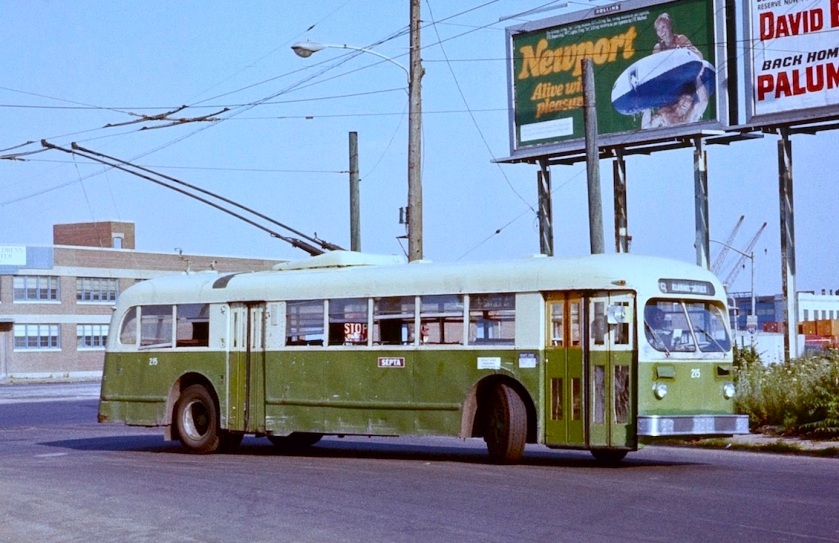 A 1947 ACF-Brill trolley bus
A 1947 ACF-Brill trolley bus
- Peter Witt streetcar
- Large cars with trailers
- Small cars
- Numerous models of trolleybuses, including T30, T40, 40SMT, 44SMT and, as ACF-Brill, TC44 and T46/TC46
- C-36 city bus
- IC-41 intercity bus
The unique Bullet cars
The lines that operated interurban passenger cars recognized in the mid-1920s that they needed faster and more efficient equipment. Up to that time, both the wood and the steel interurban cars were large, sat high, and were heavy. Car manufacturers such as Cincinnati Car Co., St. Louis Car Co., and Pullman worked to design equipment for a better ride at speed, improved passenger comfort, and reduce power consumption. This included designing trucks able to handle rough track. Brill, in conjunction with Westinghouse and General Electric, worked on a new design. The result was the 1929 aluminum and steel wind tunnel developed slope roof Bullet MU cars, the first of which were purchased by the Philadelphia and Western Railroad, a third rail line running from 69th Street Upper Darby to Norristown in the Philadelphia region. This line still runs as SEPTA’s Norristown High Speed Line. These Bullets were successful and operated until the 1980s, but not many others were sold. Only the central New York state interurban Fonda, Johnstown, and Gloversville Railroad ordered Bullets, albeit a single-ended, single-unit “trolley-ized” version. Five were procured in mid-Depression 1932. In 1936 the FJ&G sold its Bullets to the Bamberger Railroad in Utah, which ran them in high-speed service between Salt Lake City and Ogden until the mid-1950s. Three of the SEPTA cars are now at the Seashore Trolley Museum.
Clients
- Philadelphia Rapid Transit Street car system.
- Philadelphia and Western Railway Suburban interurban line.
- Philadelphia Suburban Transportation Company (Red Arrow Lines) Suburban interurban line.
- Toronto Transportation Commission
- Hamilton Street Railway
- Tennessee, Alabama and Georgia Railway Pigeon Mountain Scooters 1922-1951
- Erie Railroad
- South Australian Railways
- Invercargill Tramways (until 1950) The world’s southernmost light railway system.
- New Plymouth Electric Tramways, New Plymouth, New Zealand
- Wellington Corporation Tramways
- Dunedin City Tramways
- Tranvía Municipal de Bogotá-Colombia (first was called the Bogotá City Railway Co. and then Tranvía Municipal de Bogotá) The Tramway 1884-1947
- Numerous U.S. interurban and street railway systems
- Lisbon tramway system – Carris Company, Portugal
Companies
The American Car & Foundry Co. controlled, as of January 26, 1926:
- The Brill Corporation, which controlled:
- American Car & Foundry Motors Co: owned Hall-Scott Motor Car Co (owned 100%) and Fageol Motors (Ohio) (controlled 90%)
- The J. G Brill Company, 62nd and Woodland Streets, Philadelphia. Absorbed and owned American Car Co. (not American Car and Foundry), Kuhlman Car Co. of Cleveland, Wason Mfg. Co. of Springfield, MA., Stephenson Car Co. of Elizabeth, NJ, Hall-Scott of San Francisco. In Europe, Cie. J. G. Brill of Gallardon, France, which was sold to Electroforge in 1935.
Other companies that built licensed versions of Brill vehicles:
- Canadian Car and Foundry – Peter Witt streetcars, trolley buses and motor buses
Canadian railway car builder Preston Car Company was acquired in 1921 and operations were closed in 1923.
See also
References
- 1. Middleton. List of U.S. interurban car manufacturers, pp416–417. Bullet design, p68-70.
- 2. Volkmer. Photographs pf P&W Bullets and SEPTA Bullets. Brilliners, built 1932.
- 3. Hilton. Development of improved interurban car design. (eight pages)
- 4. Springirth. Development of Bullet design.
- 5. Bradford, Francis H. Hall-Scott: The Untold Story of a Great American Engine Maker
Bibliography
- Jump up^ Young, Andrew D. (1997). Veteran & Vintage Transit, p. 101. St. Louis: Archway Publishing. ISBN 0-9647279-2-7.
- Jump up^ Sebree, Mac; and Ward, Paul (1973). Transit’s Stepchild: The Trolley Coach, p. 127. Los Angeles: Interurbans. LCCN 73-84356.
- Jump up^ Brill Railcars of the South Australian Railways Bird, K Australian Railway Historical Society Bulletin, October;November;December 1981 pp213-236;237-260;272-282 January 1982 pp1-8
- Jump up^ Brill (2001), p 165.
- Brill, Debra (2001). History of the J. G. Brill Company. Bloomington: Indiana University Press. ISBN 0-253-33949-9. The author of this book is a direct descendant of company founder John George Brill of the JG Brill Company of Philadelphia, manufacturer for many years of street cars, interurban cars, the famous “Bullet” cars, and buses. The largest (number produced) manufacturer of such equipment in the world. Over time, absorbed other manufacturers of interurban cars and street cars.
- Middleton, Wm. D (2000) [1962]. The Interurban Era. Milwaukee, WI: Kalmbach Books. ISBN 978-0-89024-003-8.
- Volkmer, Wm. D. Pennsylvania Trolleys in Color, Vol II, Philadelphia Region. 92pp. Morning Sun Books, Scotch Plains, NJ. 1998. ISBN 1-878887-99-8. Photographs of Brilliners and Bullets and other Brill designs on Philadelphia and Westernline and in shops.
- Hilton, George and Due, John The Interurban Electric Railway in America, Stanford University Press, Stanford, CA. Reissue 2000.
- Springirth, Kenneth. Suburban Philadelphia Trolleys 128pp. Arcadia Publishing, 2007. (ISBN 9780738550435)
External links
Brill vehicles.
Brill motor busesRestored Montreal Transit comission 1952 Canadian Car Brill.JPG Brill interurban railcarsBrill railcar with people 1913 Brill 18 Brill 301 Brill Bullit Brill Bullit 1946 Brill streetcars178 Brill Cars 1969 Brill Brill Astoria Brill Astoria 300 Lake Oswego 1940 Brill Brill/GE tram no. 76 on line 7 in Helsinki 1950’s Brill Brill tram No 178 on the Christchurch Tramway Brill tram No 178 on the Christchurch Tramway Portland Heights car 504 on a snowy day circa 1918. This route served Council Crest and was eventually renamed the Council Crest line. Car 504 was built in 1903 or 1904 by the J.G. Brill Company. Motorman Chester and Conductor Rudolph with car 507 near the end of the Portland Heights-Council Crest Line about 1910 Car 76, built in 1926 by Brill, at the Electric City Trolley Museum, in Scranton, PA. 「最近の10年」京浜急行電鉄1958年6月1日発行、P51 Fremantle Municipal Tramways tram No.11. 1932 Brill Gauge 1901 Horse drawn tramcars on King Street, Honolulu, with Aliiolani Hale in the back. Interior de un tranvía fabricado por la empresa Brill. 東京電燈スプレーグ式電車(青山車庫)first Japanese Tram Japan If you are in the Washington, PA area, make time for this great operating museum. If you are in the Washington, PA area, make time for this great operating museum. If you are in the Washington, PA area, make time for this great operating museum. Brill Car 78 was providing service on July 19, 2007 If you are in the Washington, PA area, make time for this great operating museum. Brill Car 78 was providing service on July 19, 2007 Ex-Portland Traction Company car 813, a 1932 Brill “Master Unit” streetcar, operating on the Willamette Shore Trolley heritage streetcar line, between Portland, Oregon and Lake Oswego, Oregon. It is pictured approaching Lake Oswego terminus, where the line is located farther away from the shore of the Willamette River. The ex-Southern Pacific Railway track does not have overhead trolley wires, so the electricity to power the streetcar comes from a generator it is towing on a trailer. Ex-Portland Traction Company car 813, a 1932 Brill “Master Unit” streetcar restored by the Oregon Electric Railway Historical Society, in service on the Willamette Shore Trolley line in May 2010. It is waiting at the Portland terminus, at Bancroft Street, to start a trip to Lake Oswego. Car 813 first began serving the WST line in 1995, but 2010 was its final season on the line; it broke down in July 2010, and in 2012 it was moved to the Oregon Electric Railway Museum, for eventual repair. This was the WST’s Portland terminus after September 2003; previously, it had been farther north. Pennsylvania Trolley Museum, July 2006. Photo by Evan Jennings. Category:Images of Pennsylvania 1946 red arrow 2 media 1946 Former Red Arrow Brill Liner #3 is arriving in Upper Darby on Garrett Rd. In the distance, outbound Brill “Master Unit” #83 is heading out. May 1976 1946 SEPTA Brilliner #6, formerly Red Arrow, is outbound toward Sharon Hill on Springfield Rd at Woodlawn in May of 1976 SEPTA streetcar/trolley 86, a Brill “Master Unit”, in Sharon Hill in May 1976.
Brill trolleybuses
|
- History of J. G. Brill Company
- The J.G. Brill Company Records, including approximately 16,000 photographs, are available for research use at the Historical Society of Pennsylvania.
- Brill Bullet
- Photos of Red Arrow Trolleys, including Brill cars
- Brill history and photos
- The Tramways of Colombia
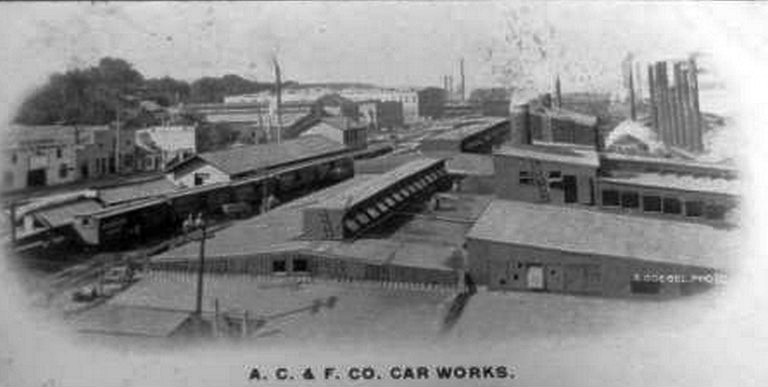
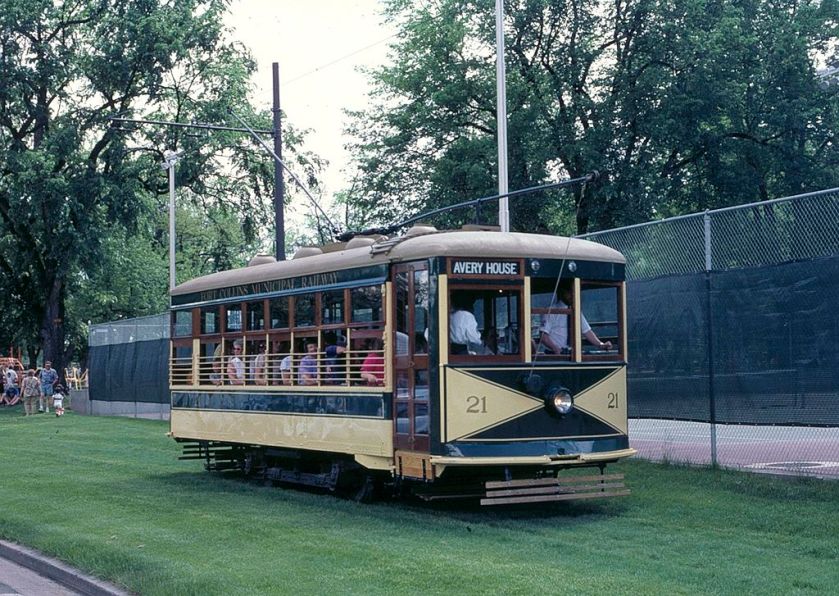
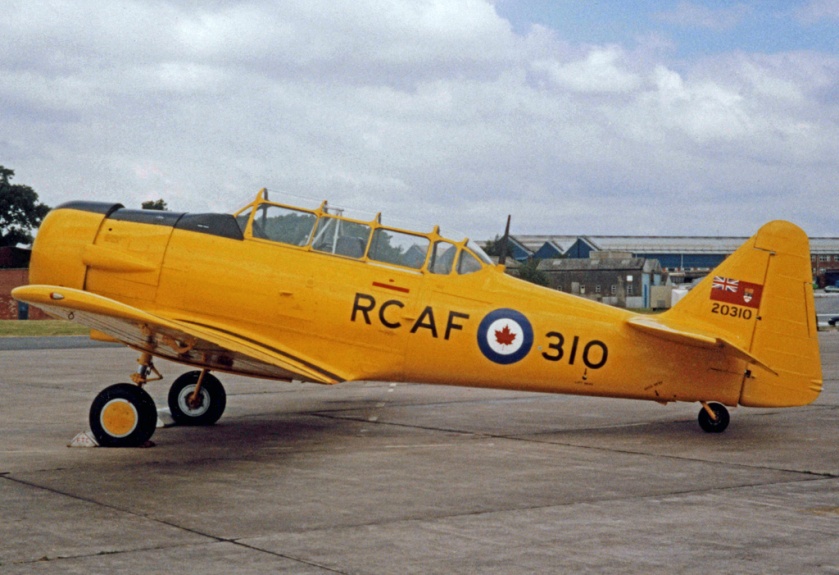
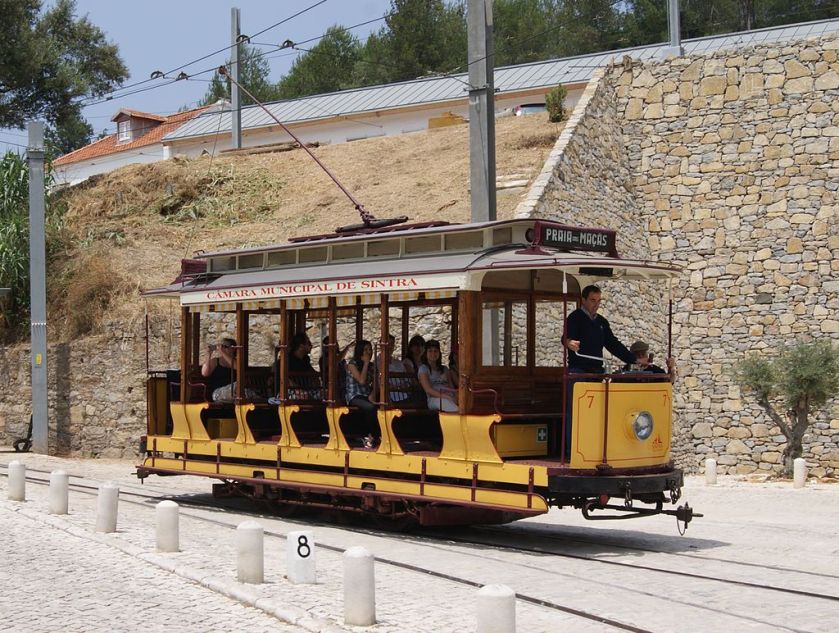

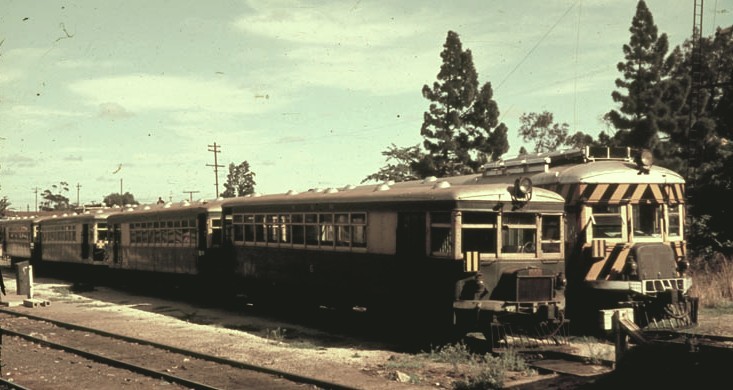
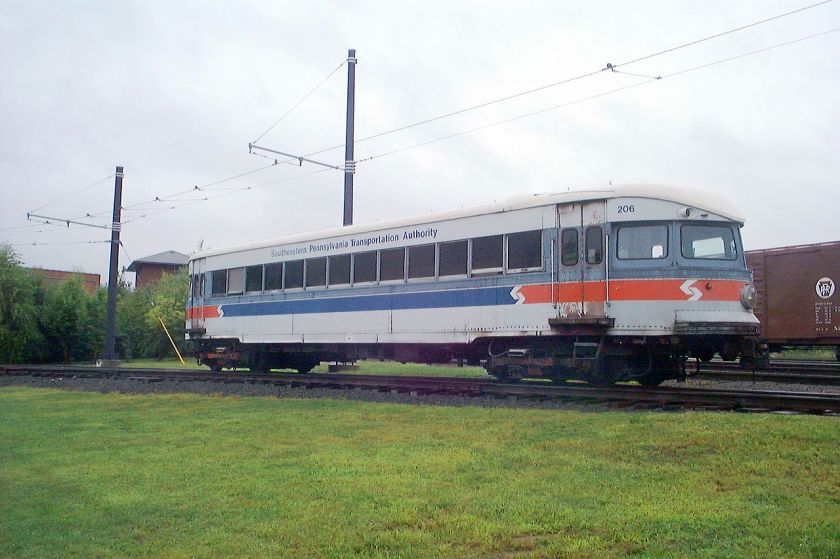
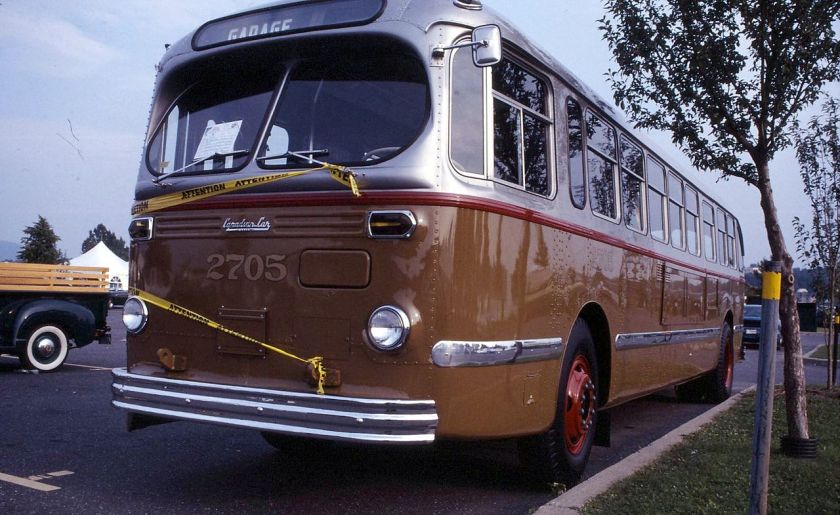
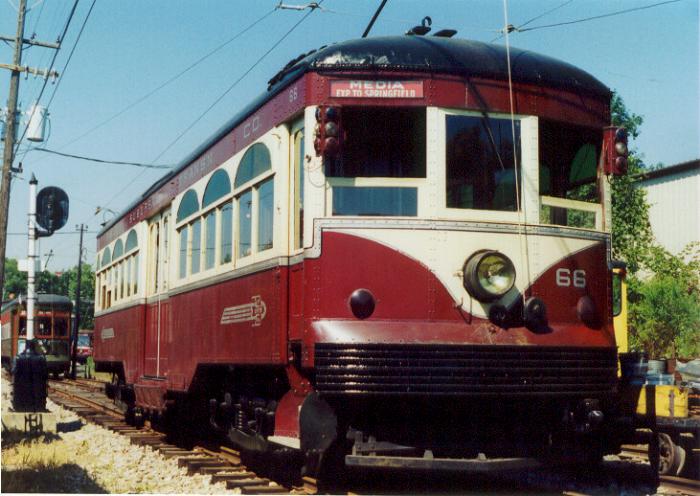
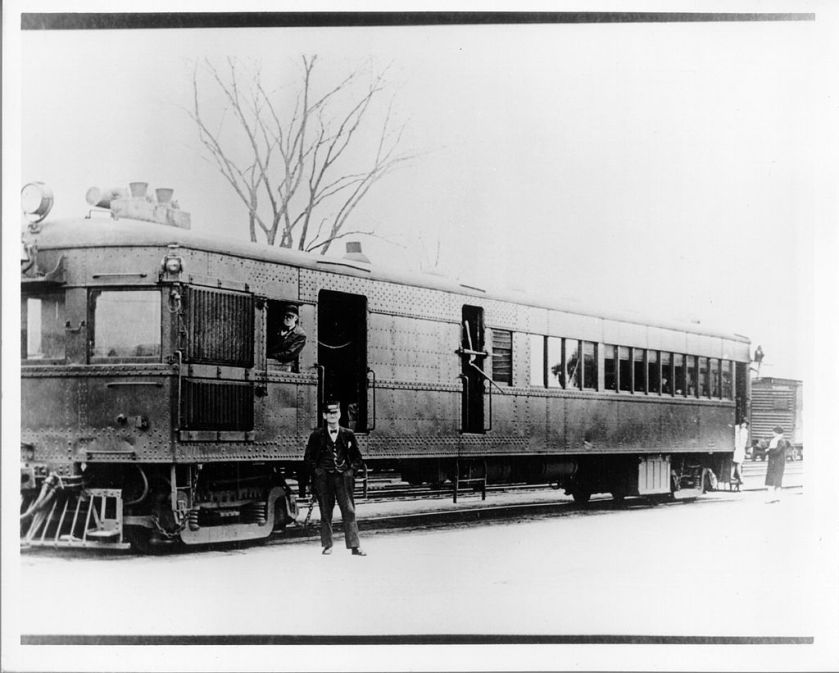
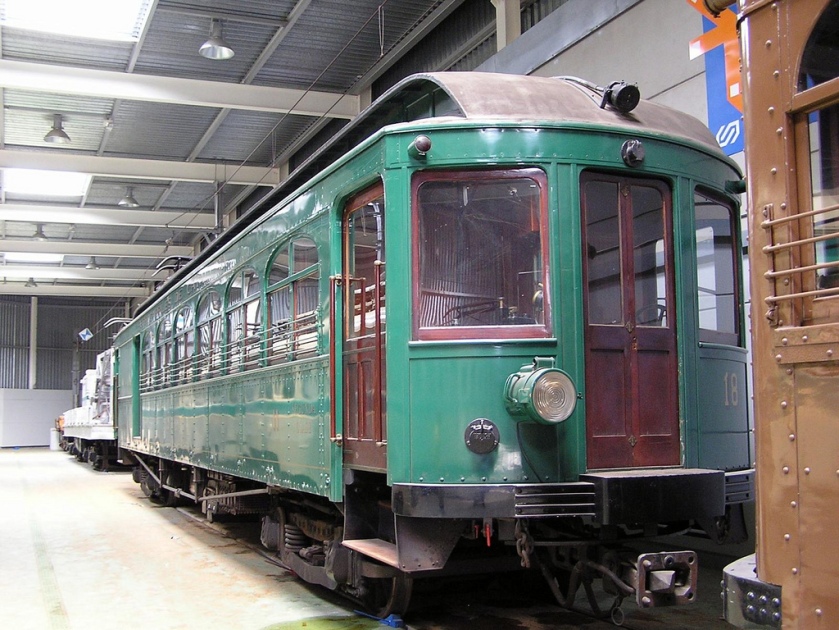


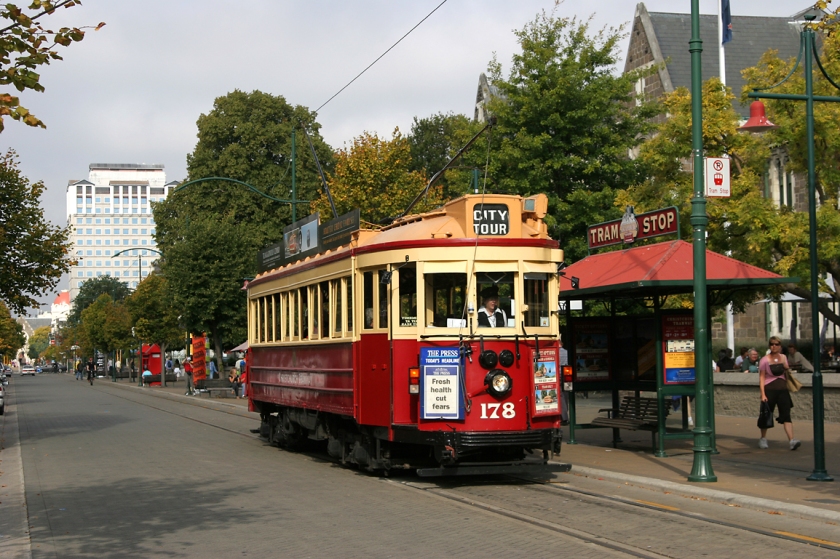
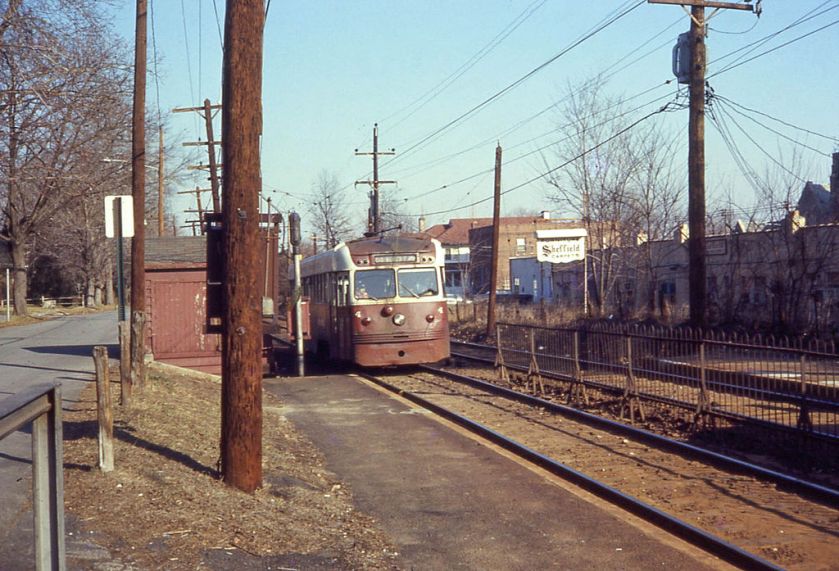
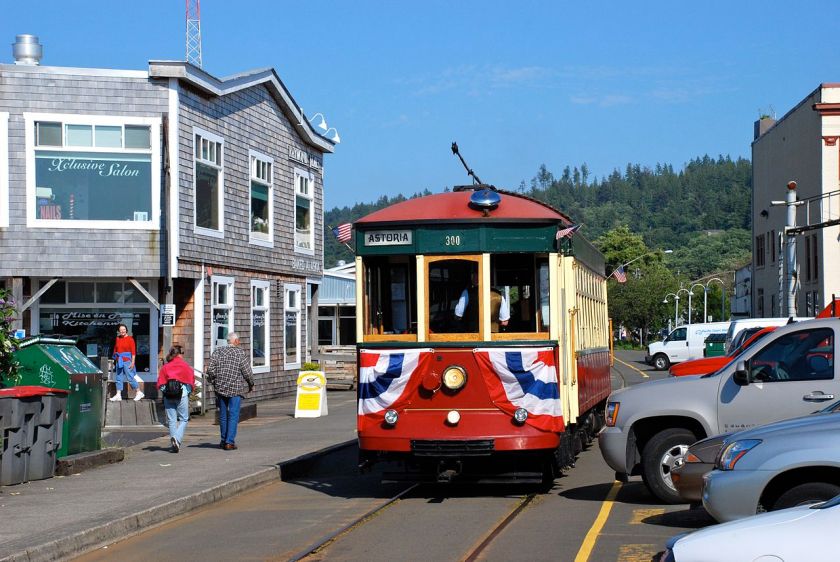
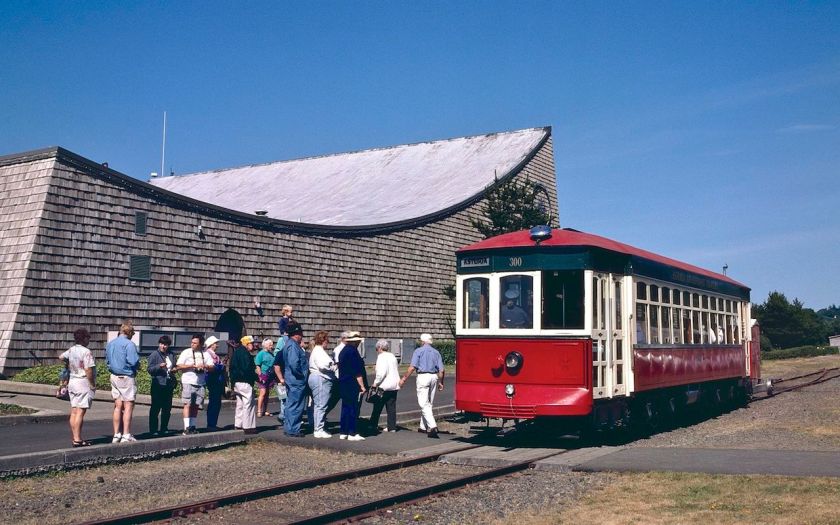
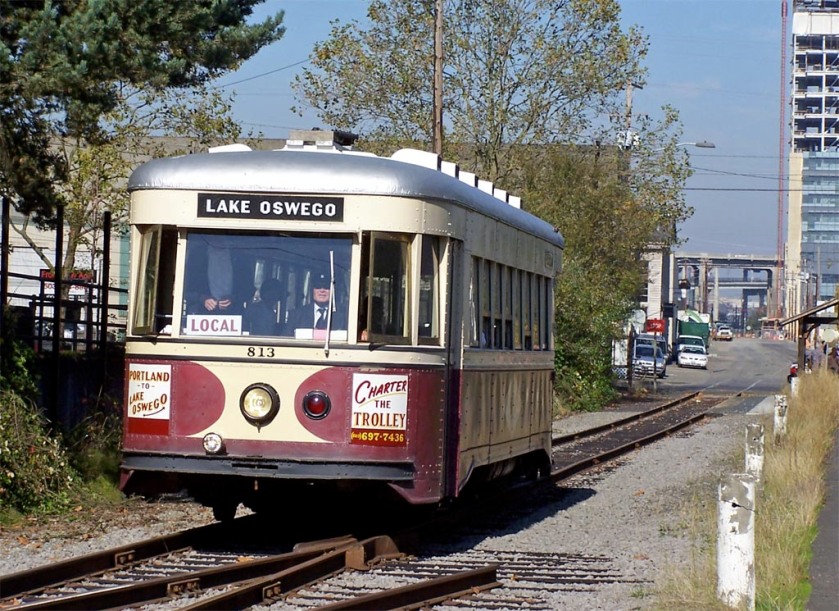

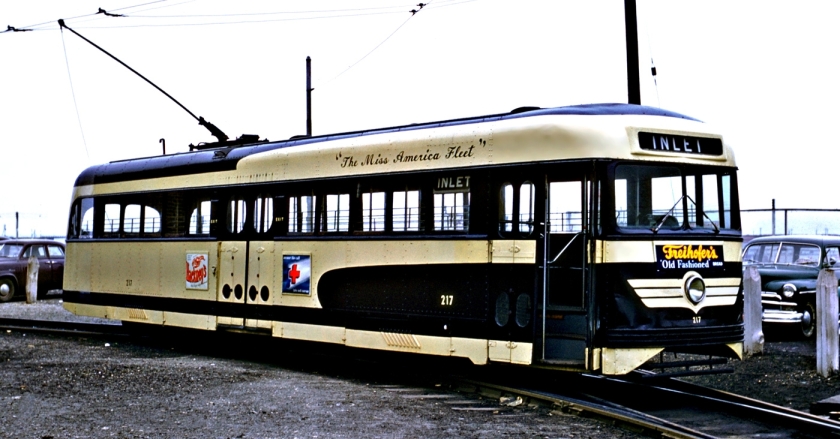
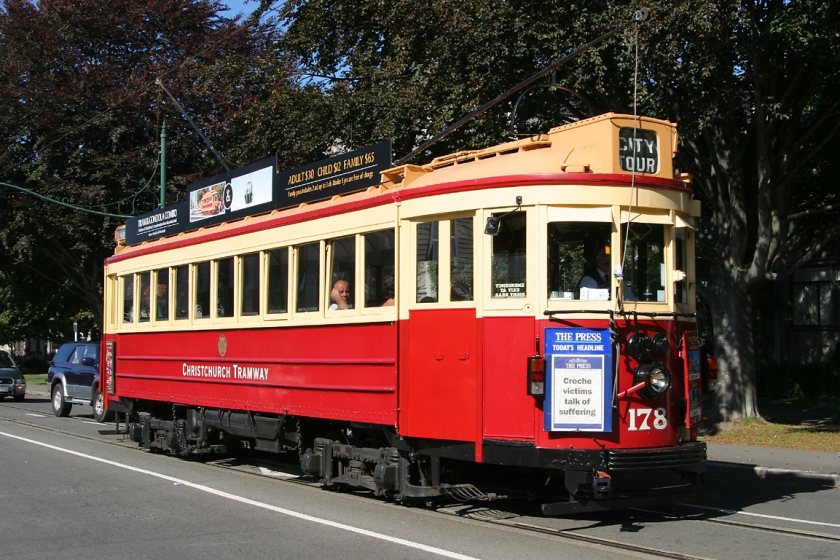
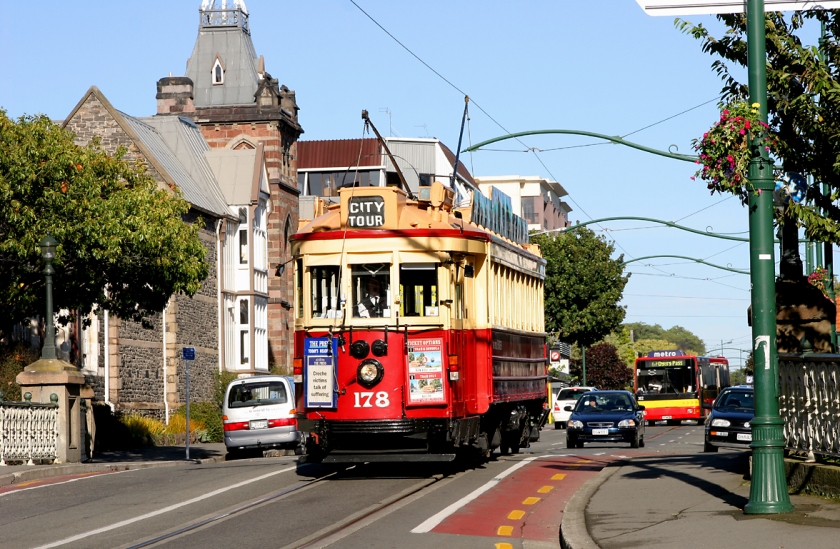
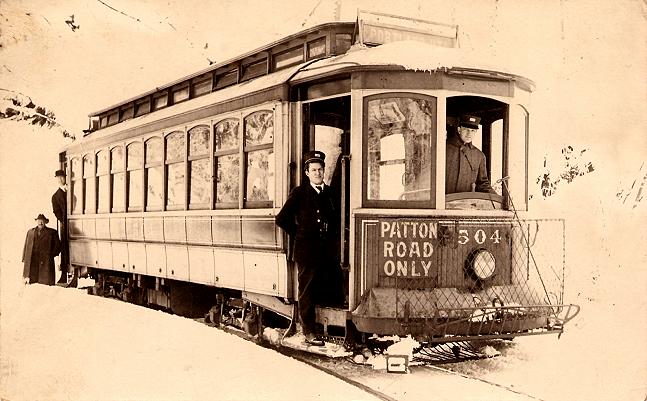
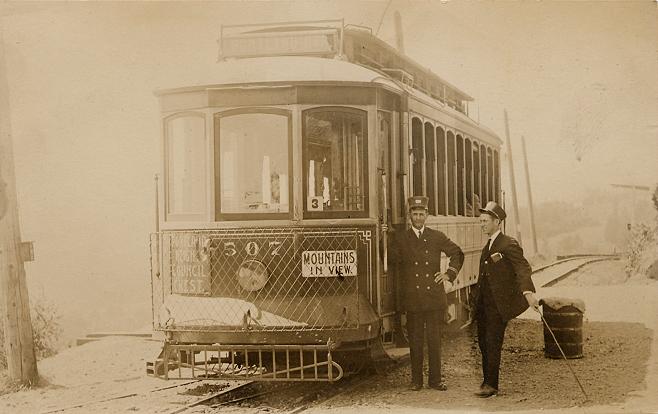
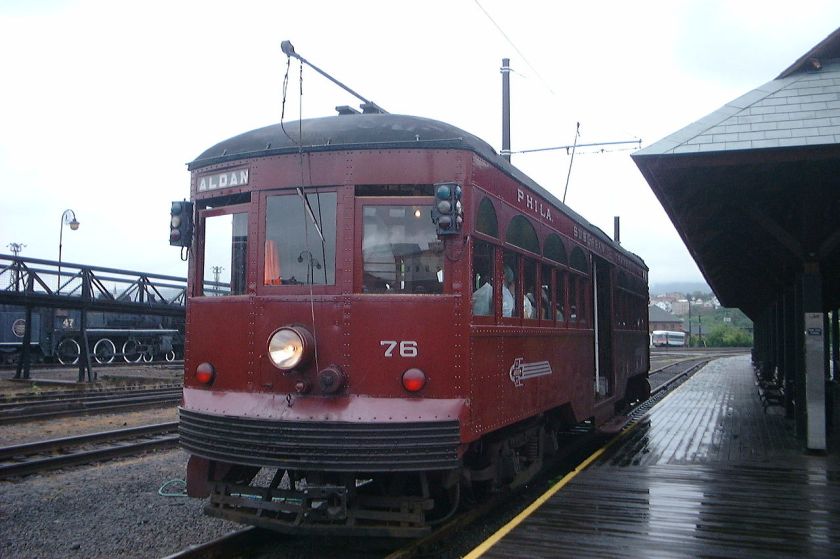
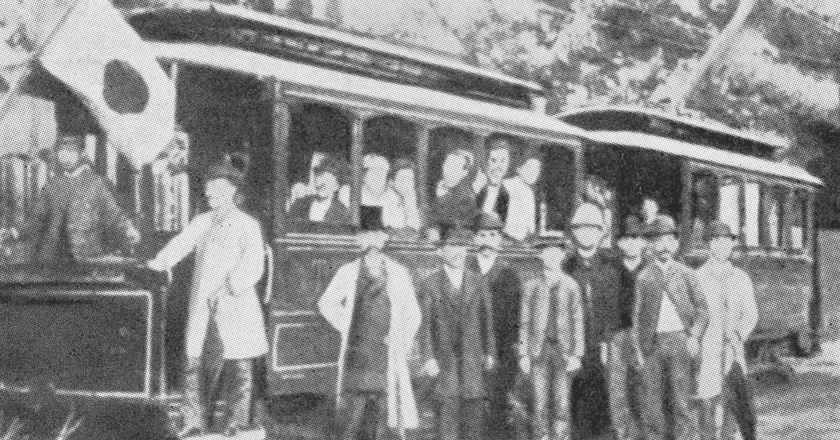
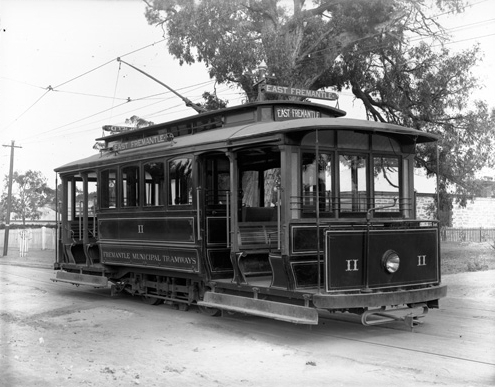
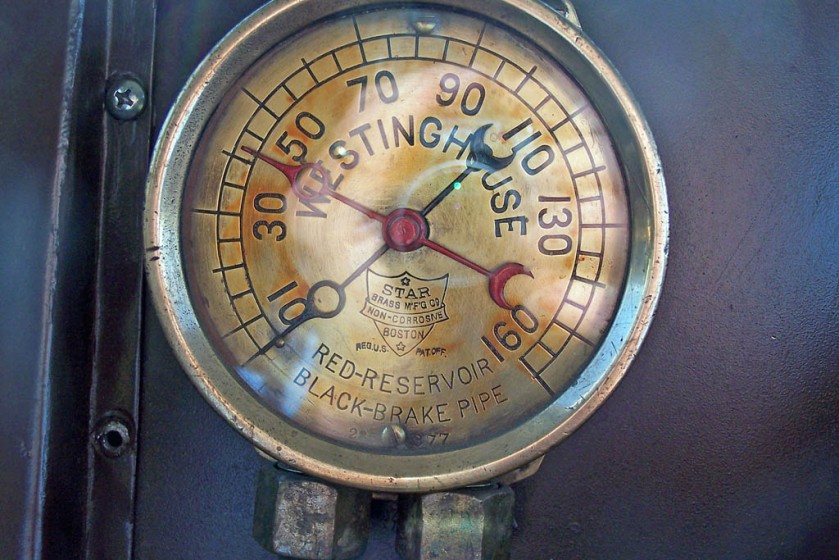
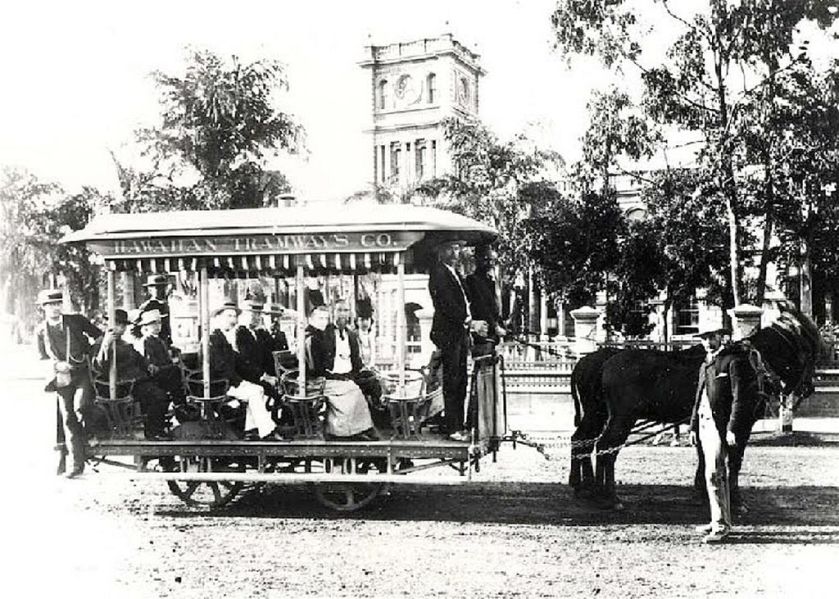
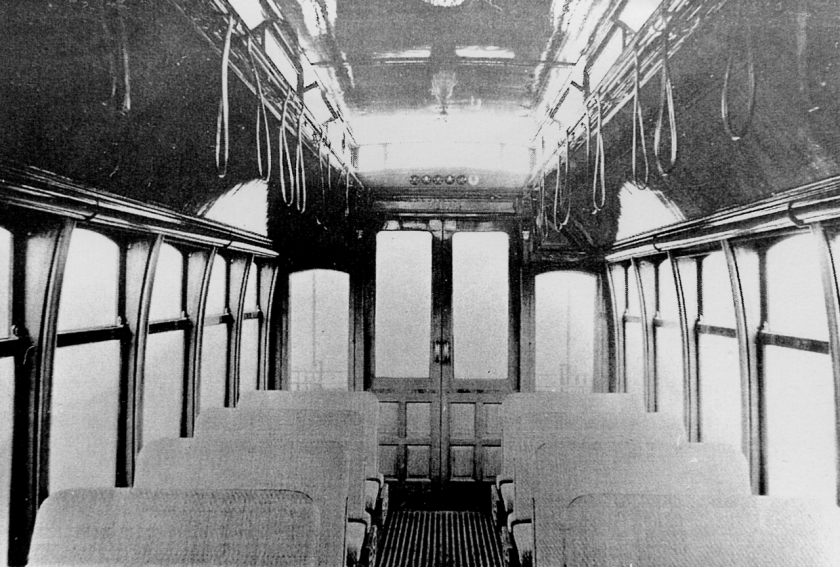
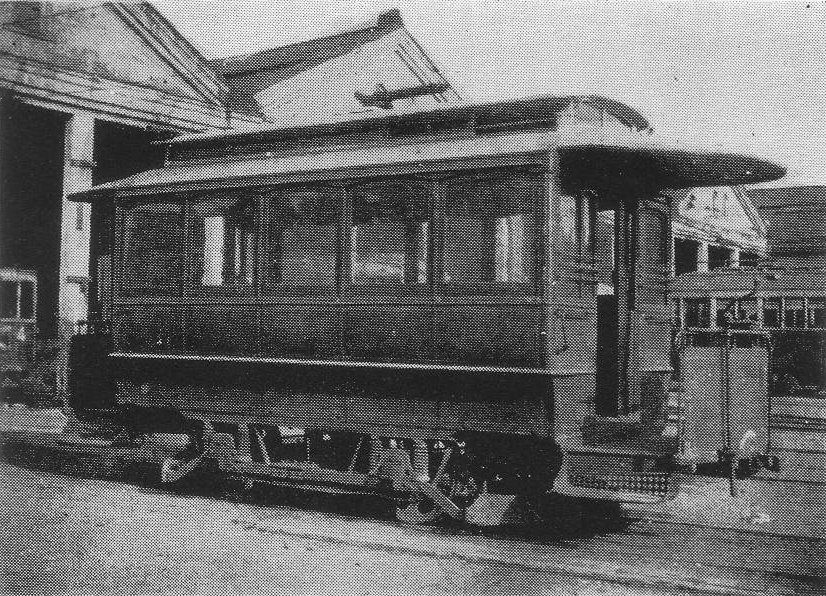
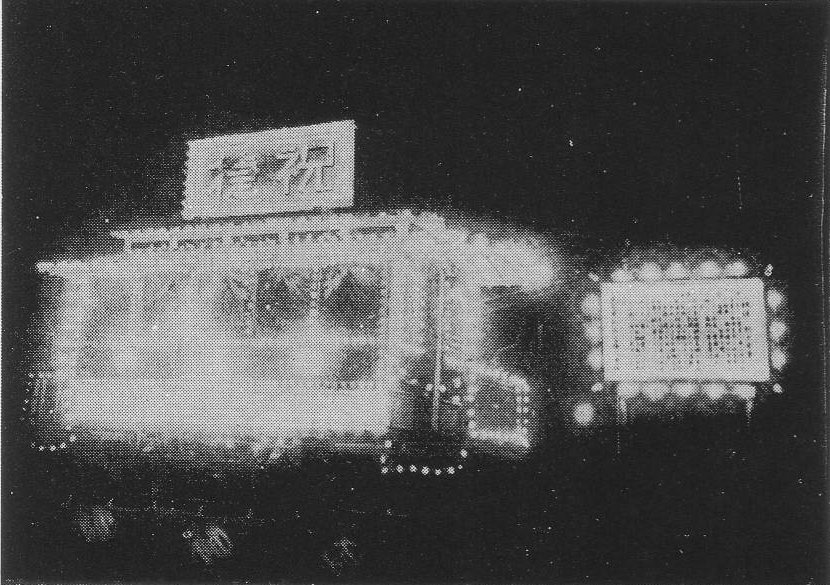
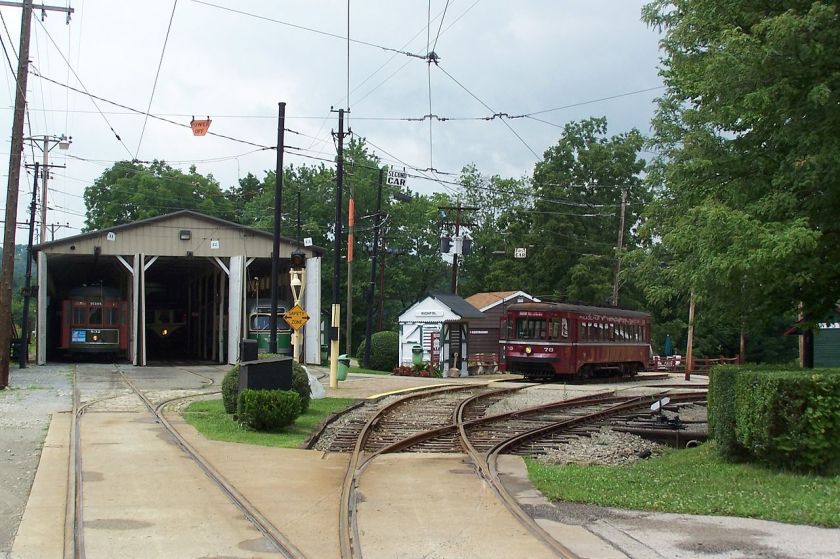
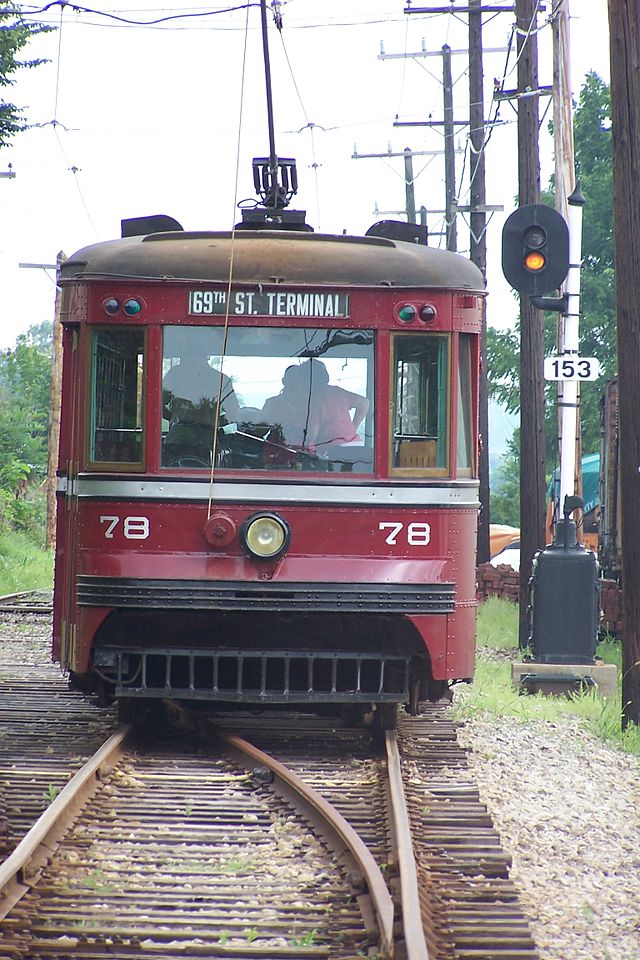
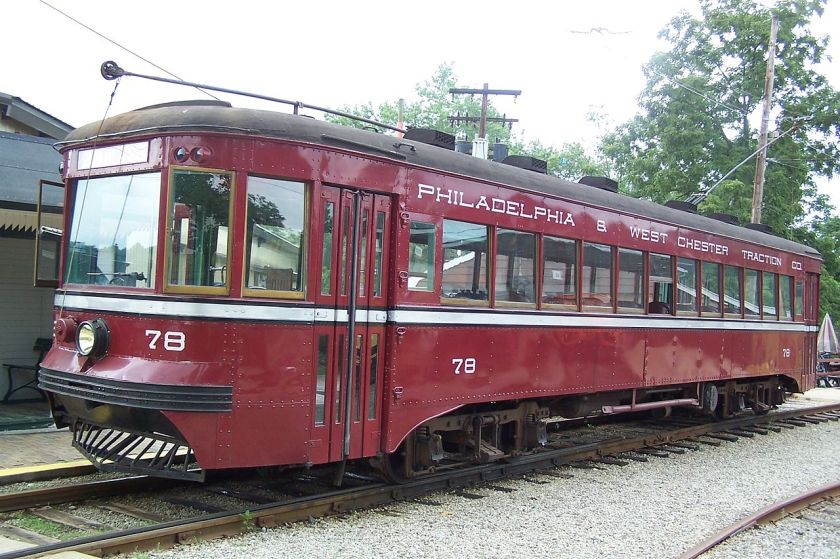
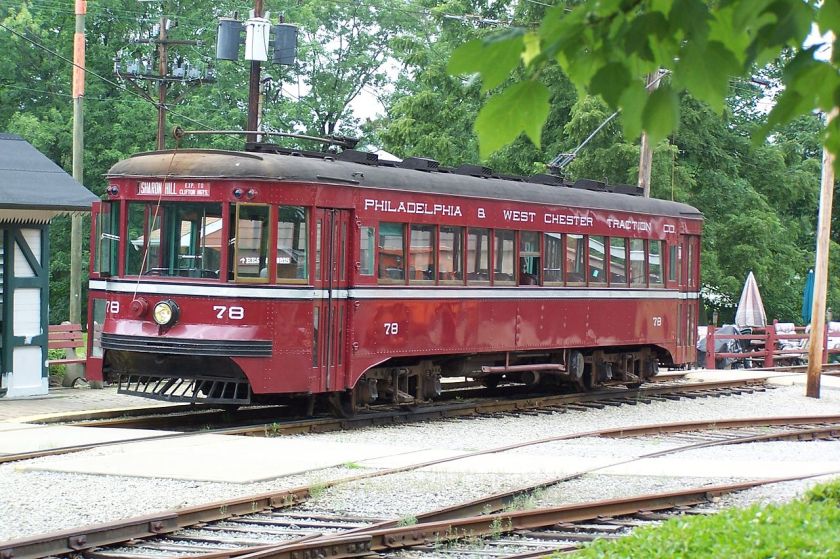
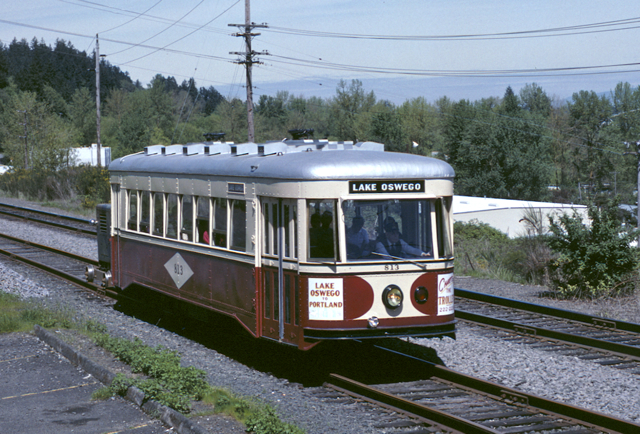
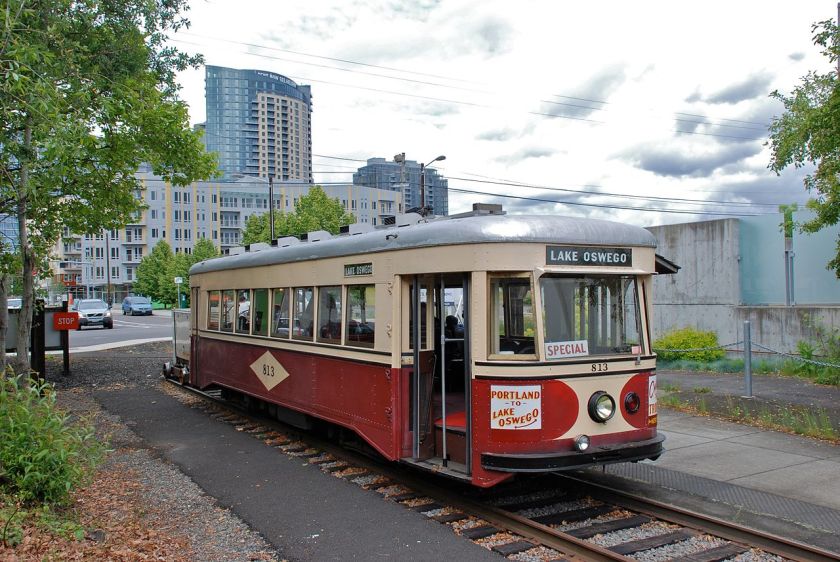
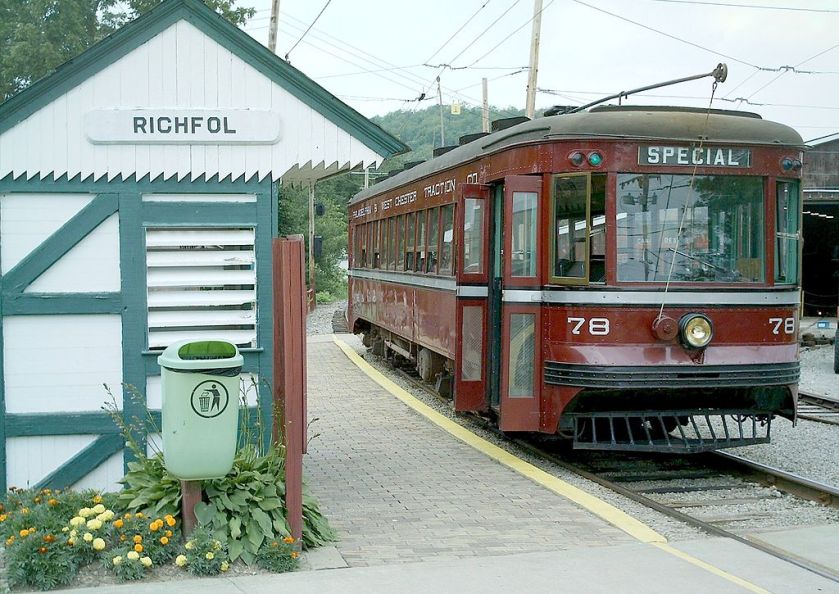
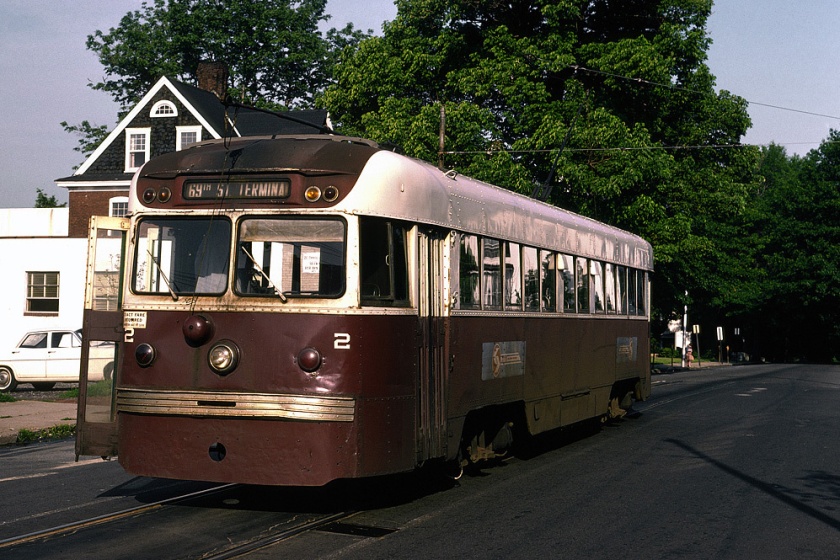
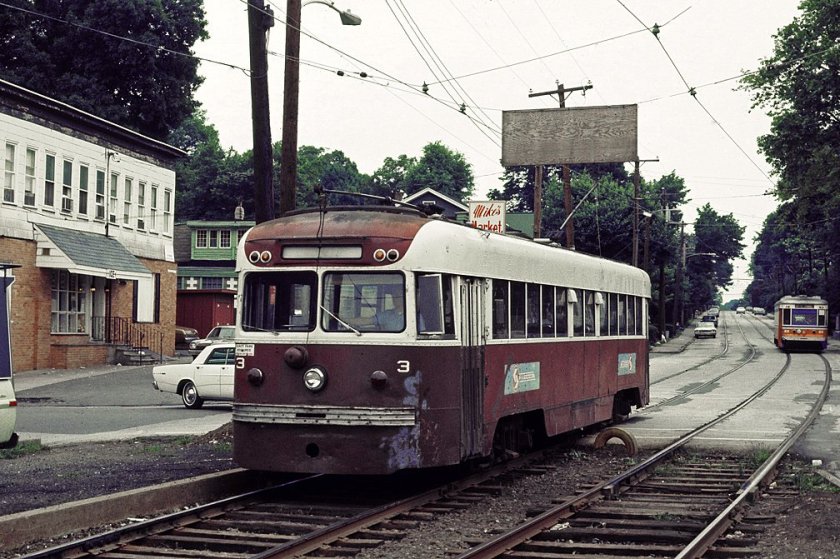
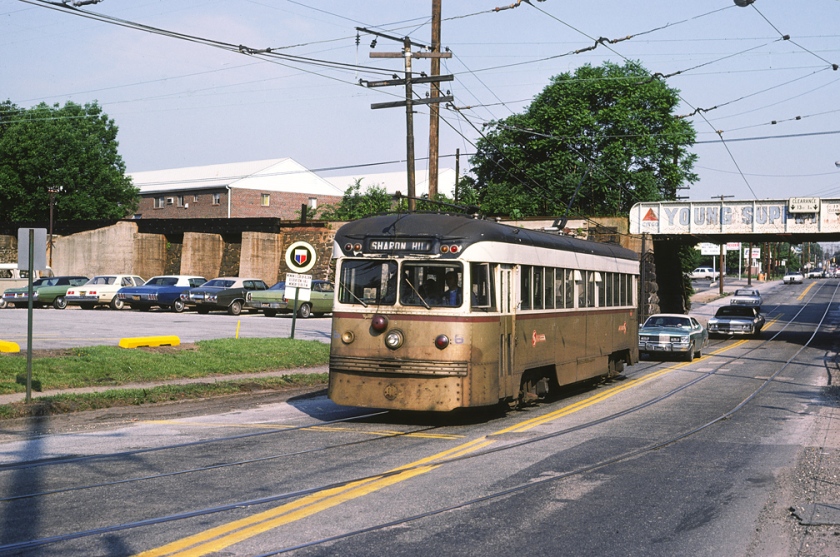
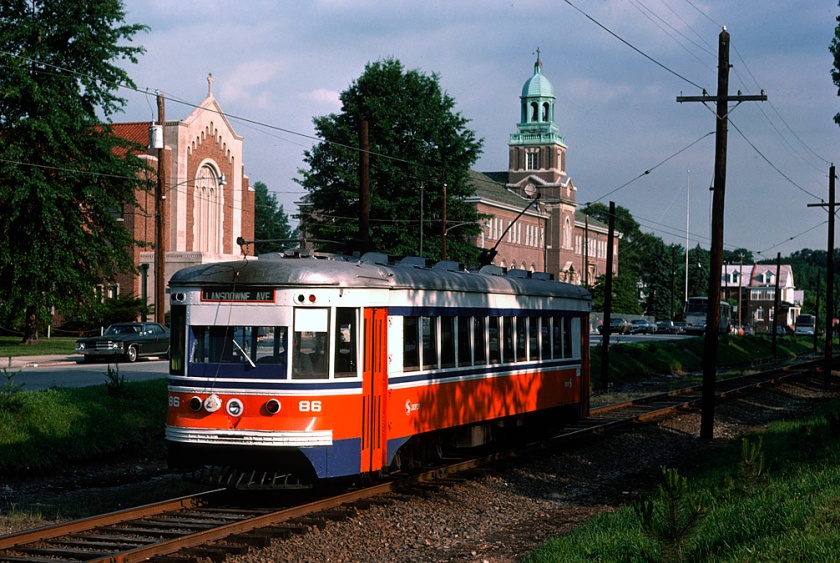
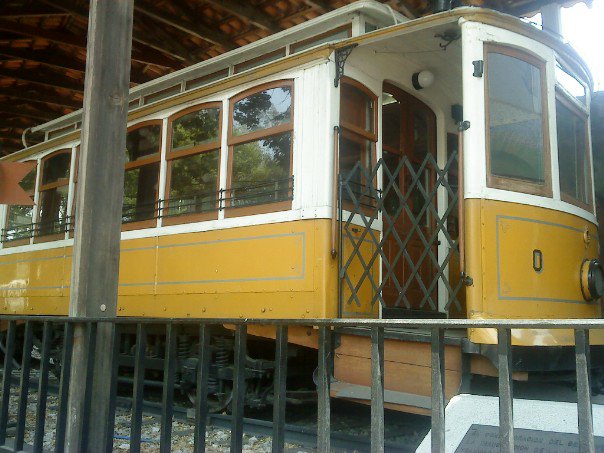
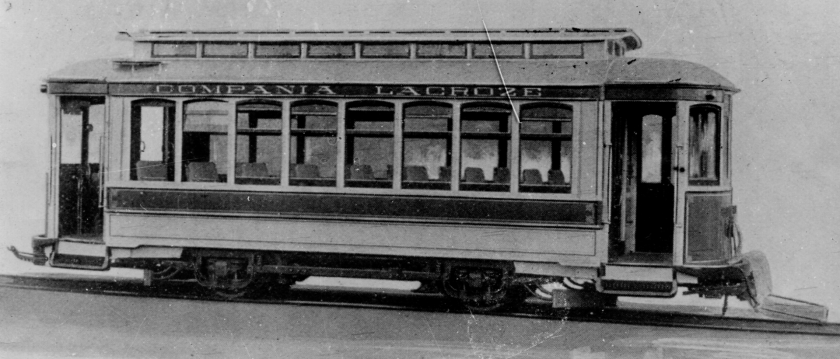
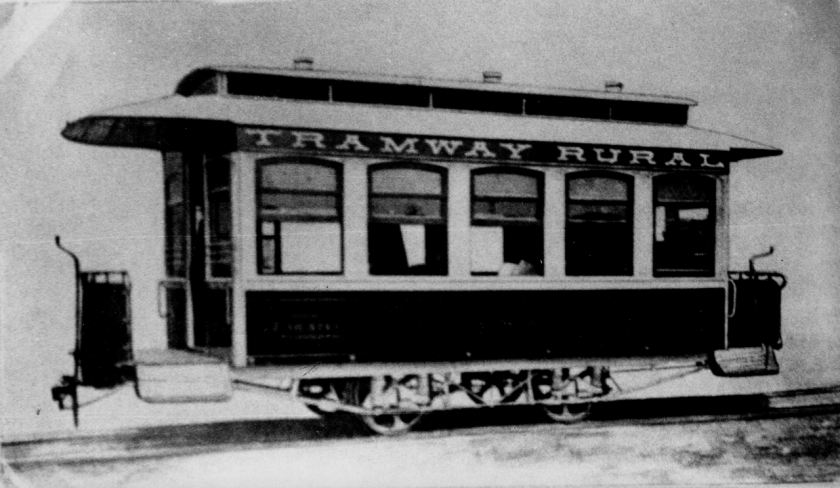
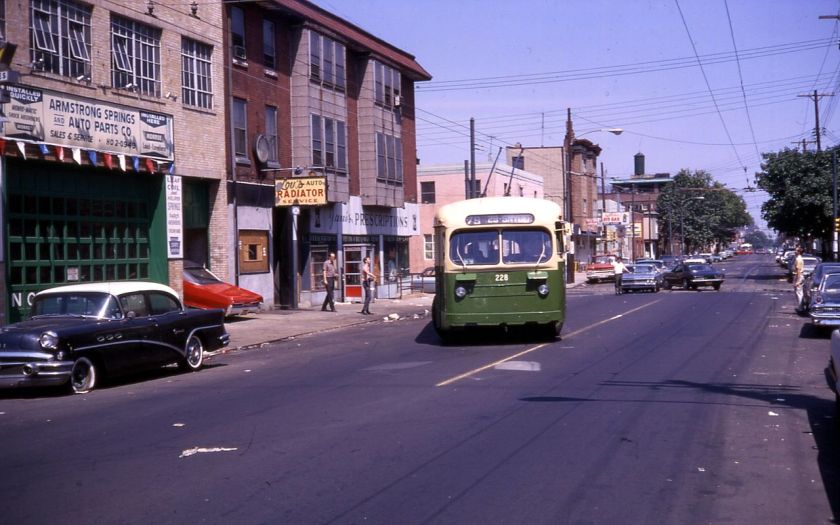
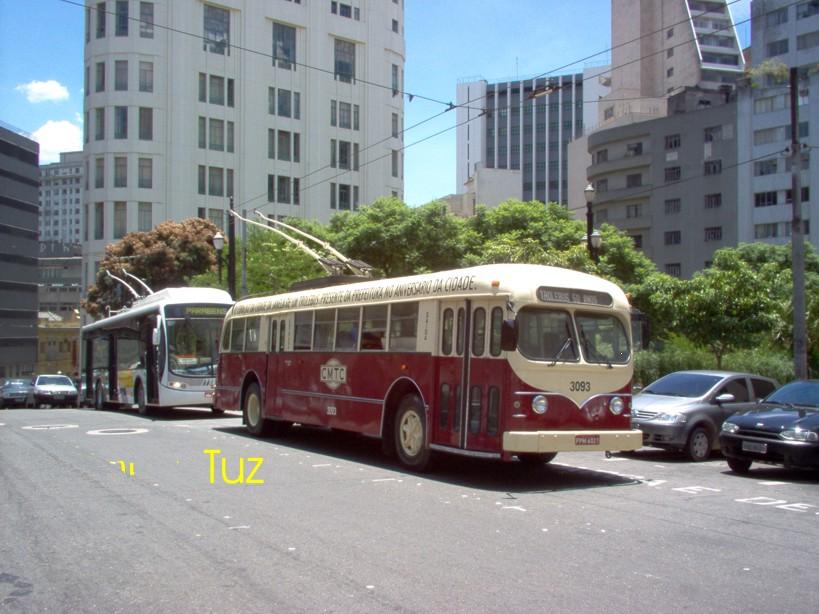
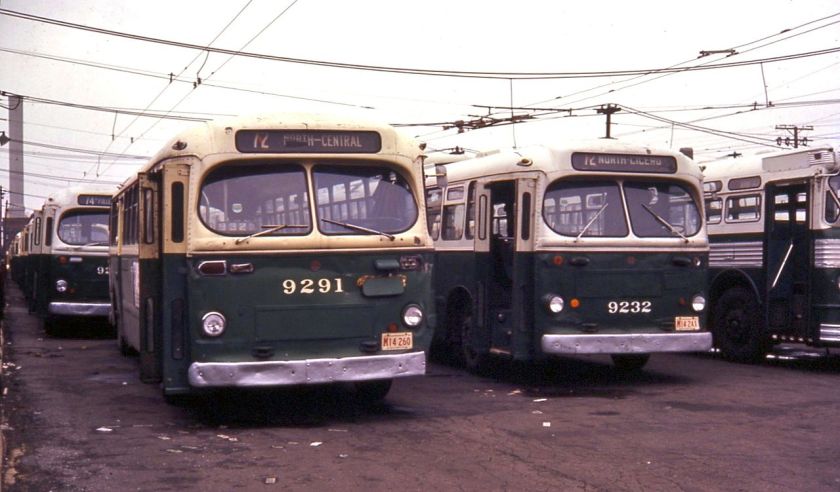
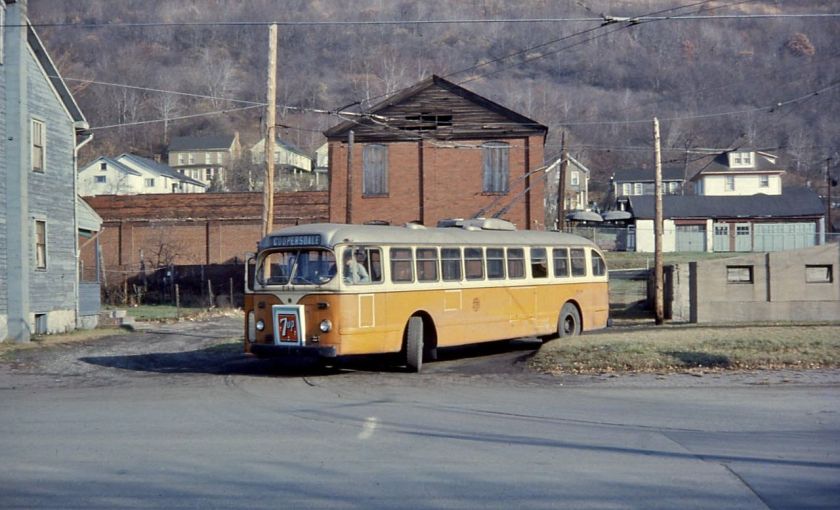
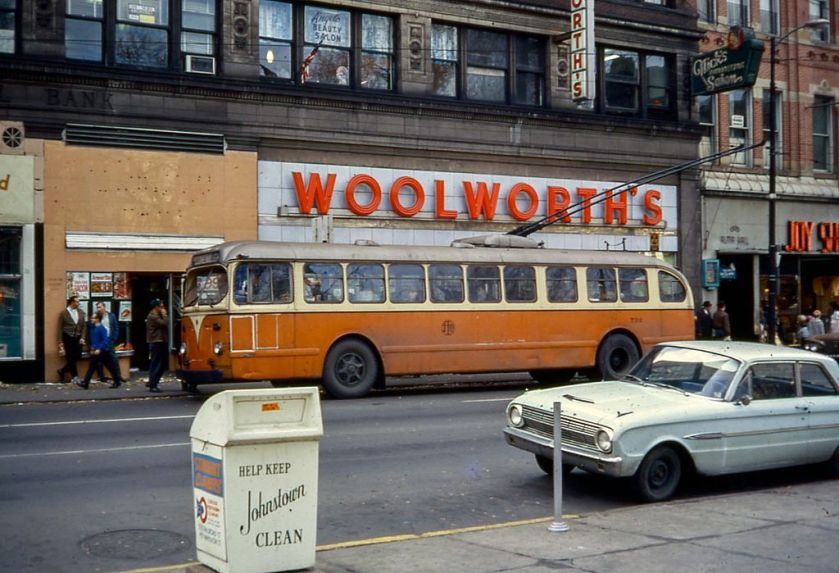
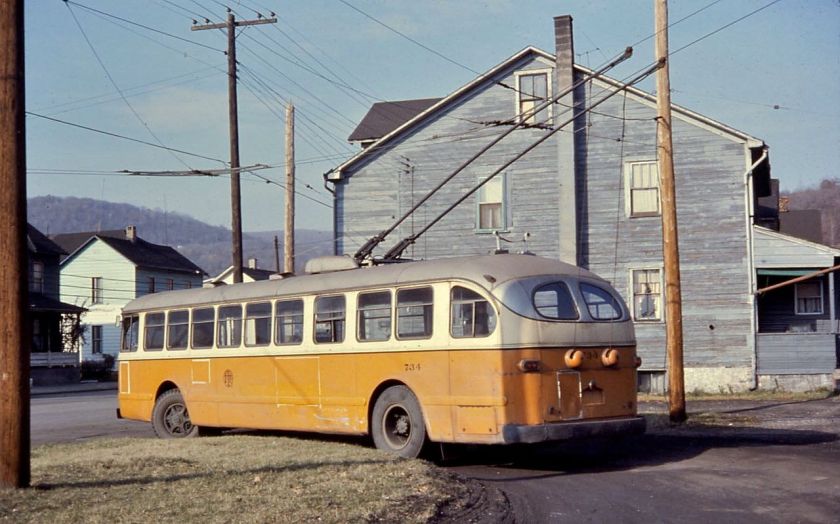
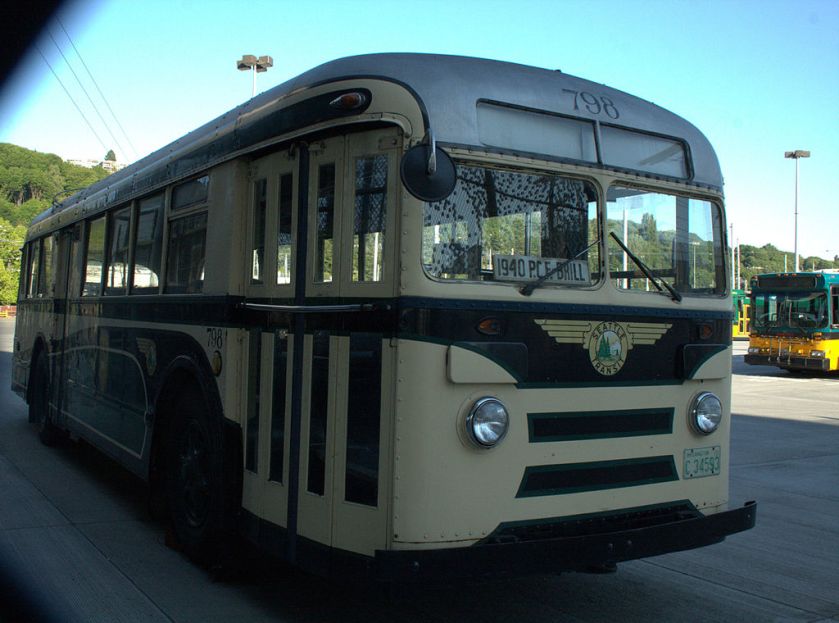
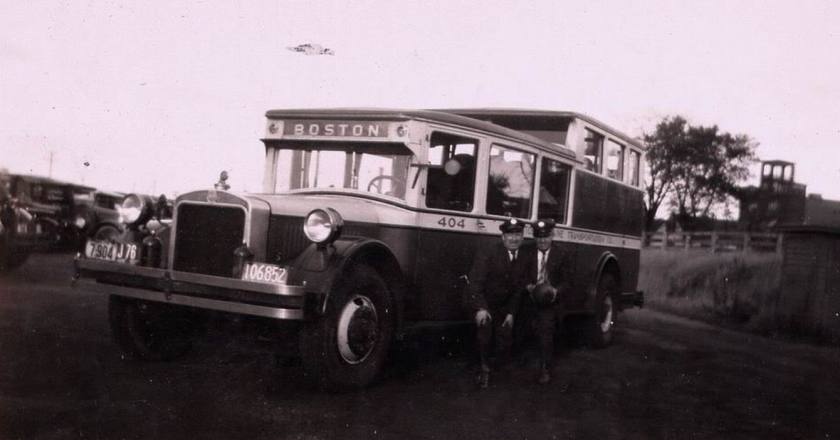
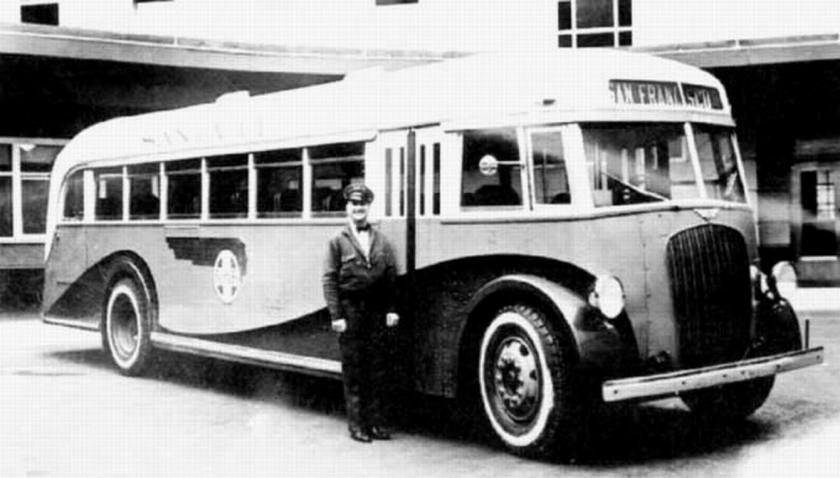
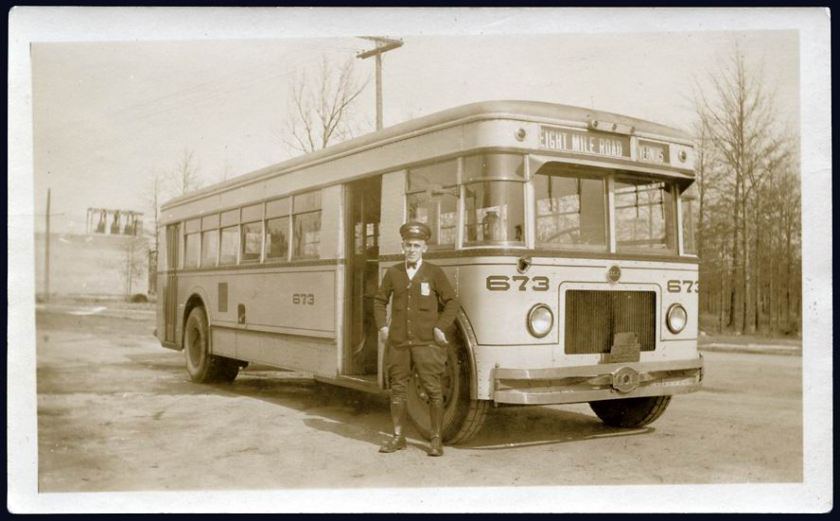
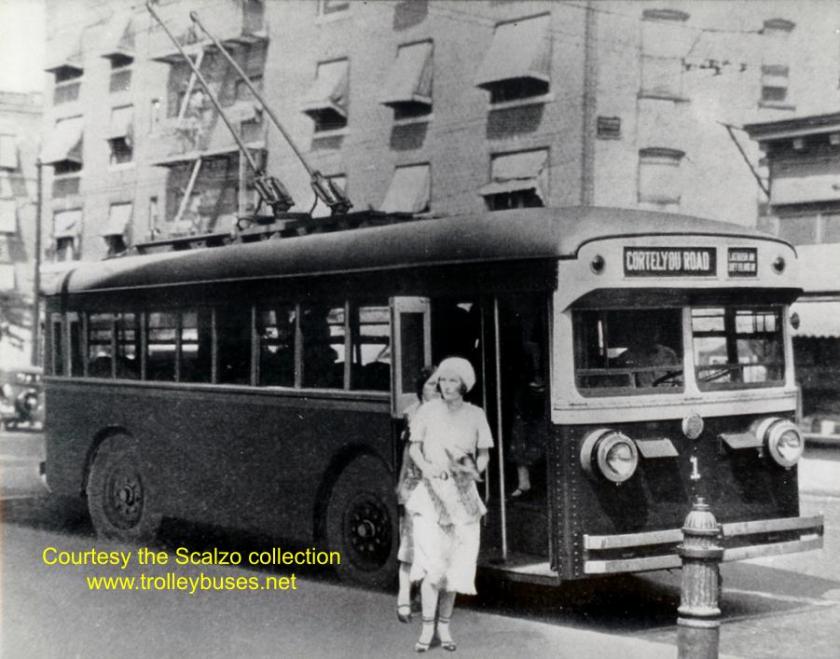
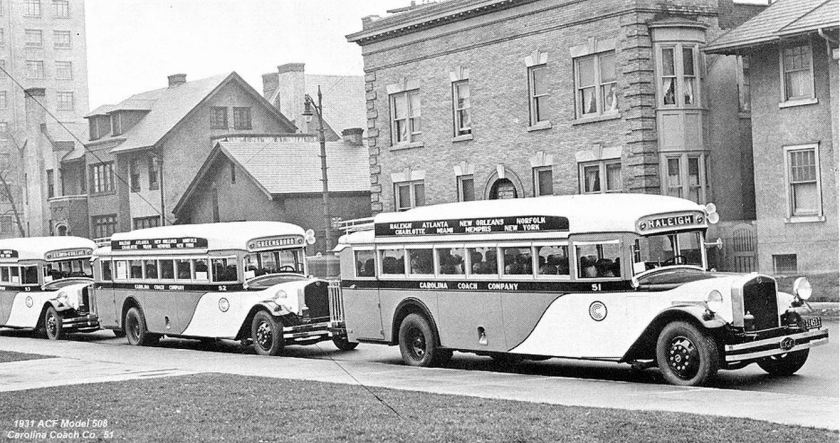
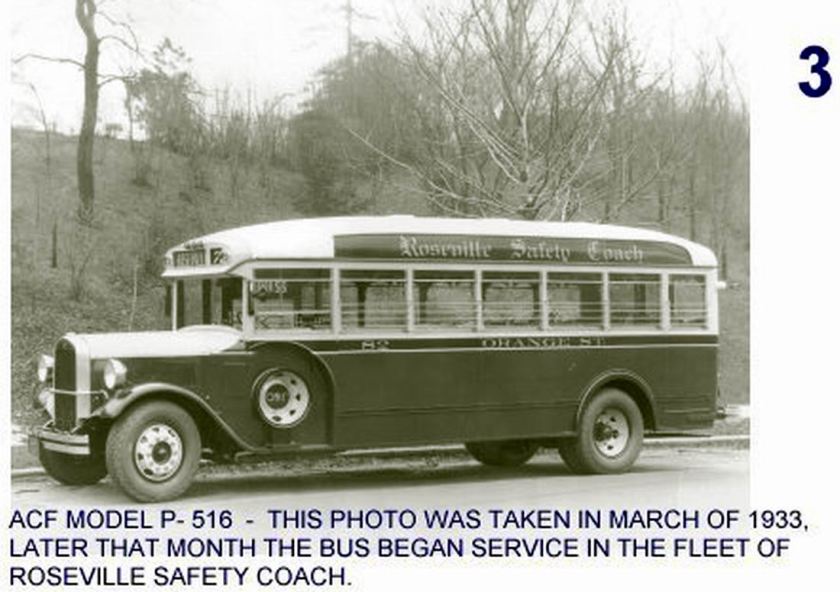
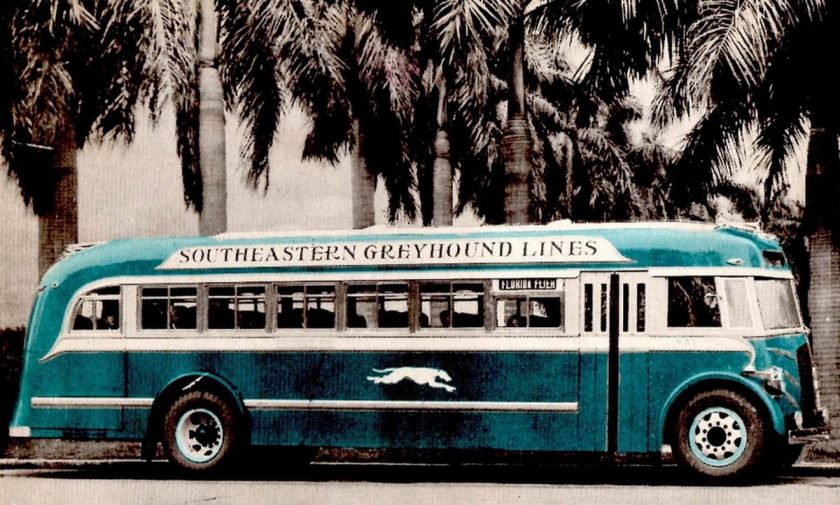
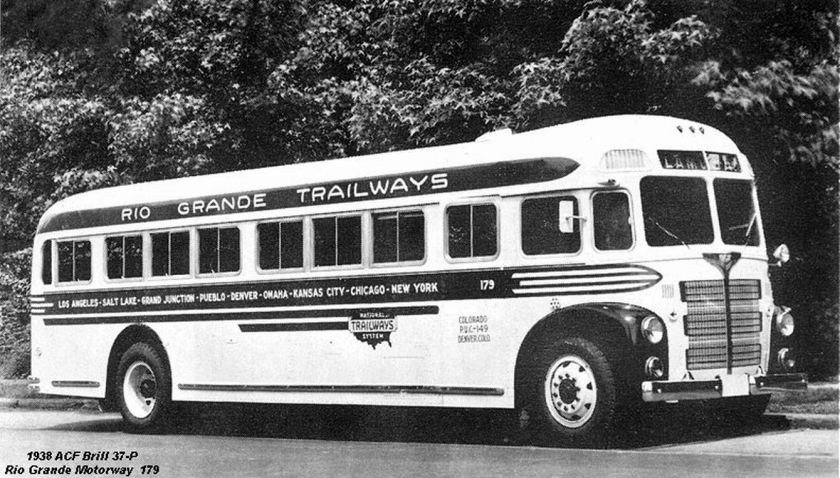
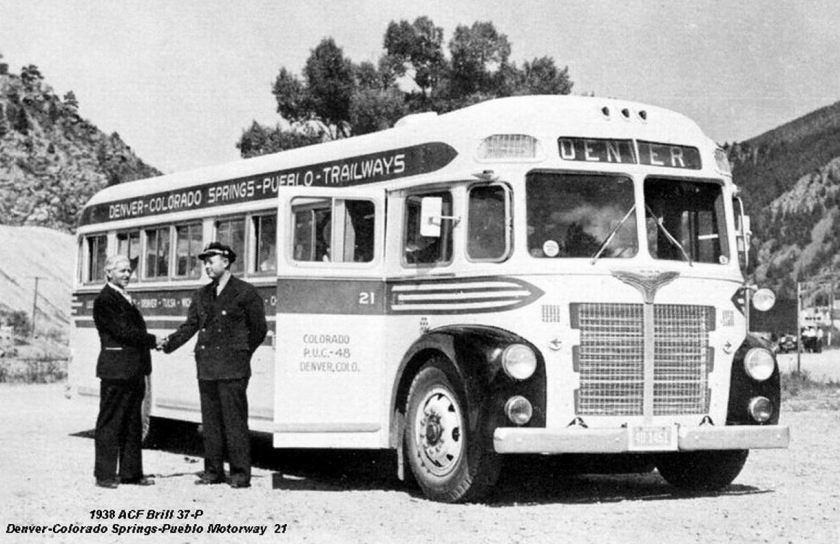
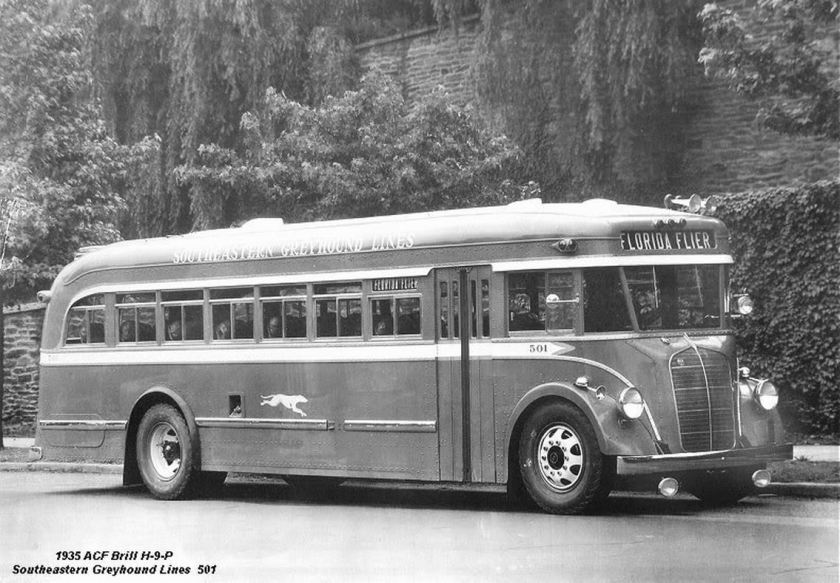
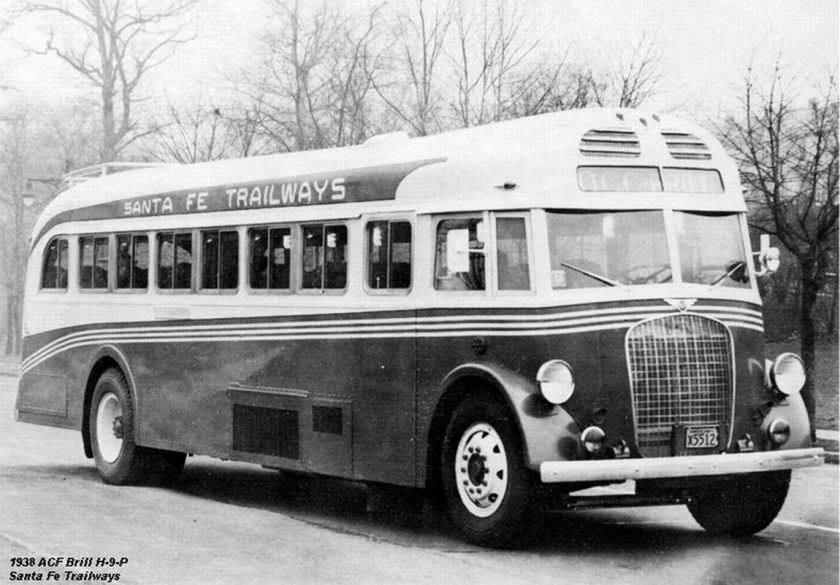
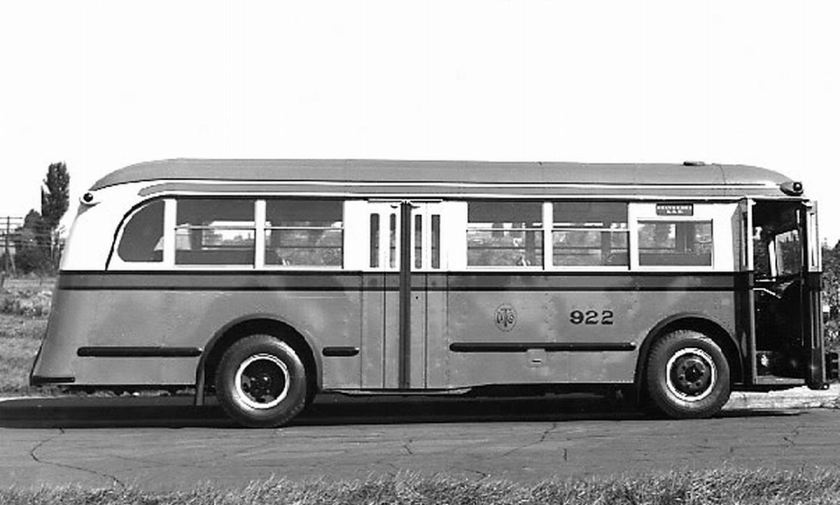
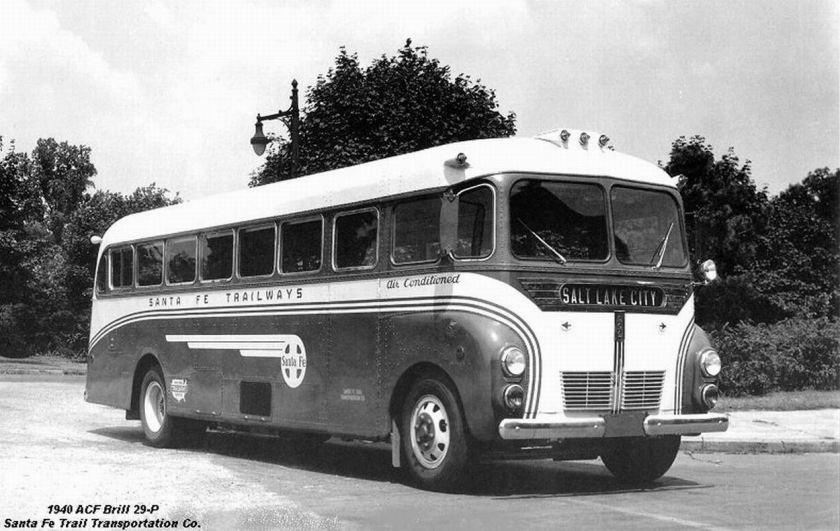
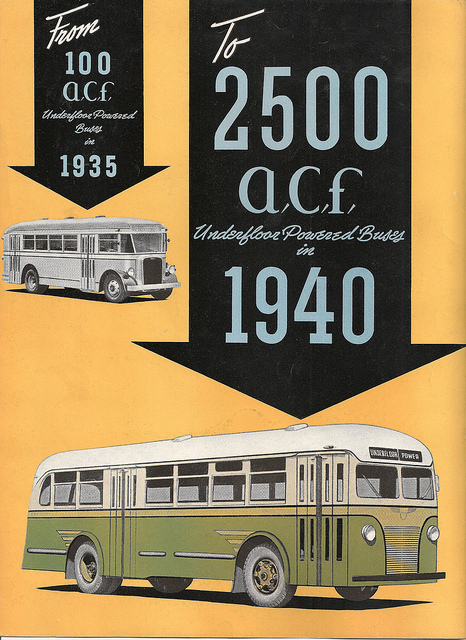
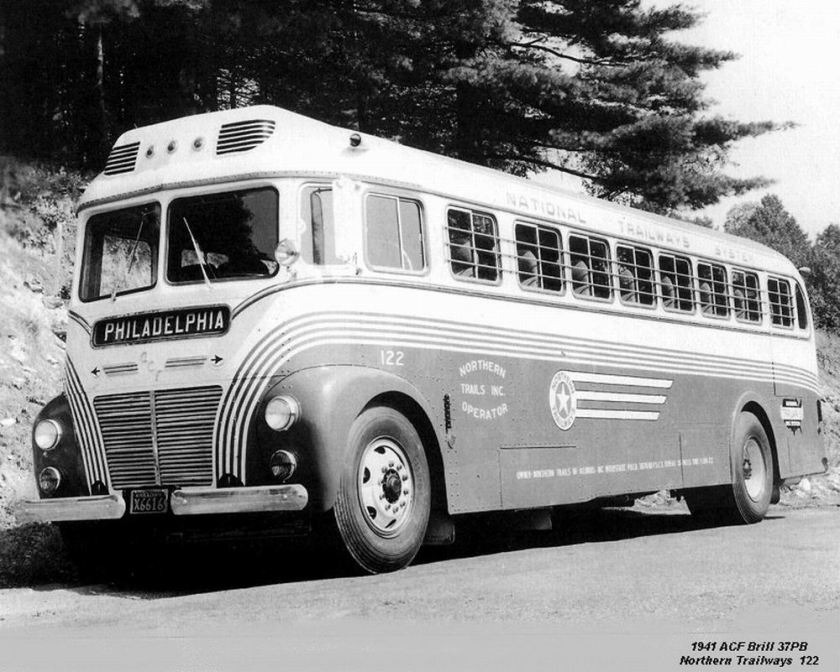
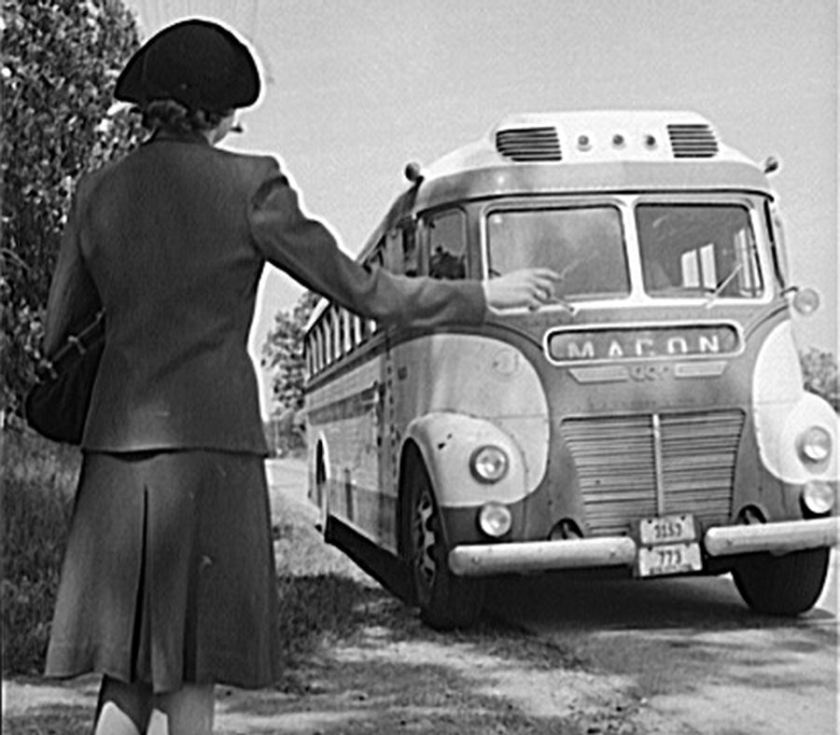
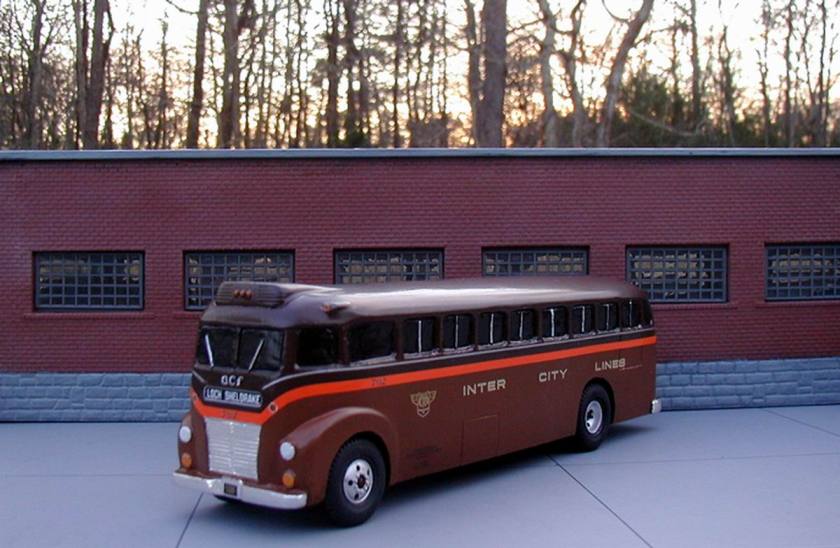
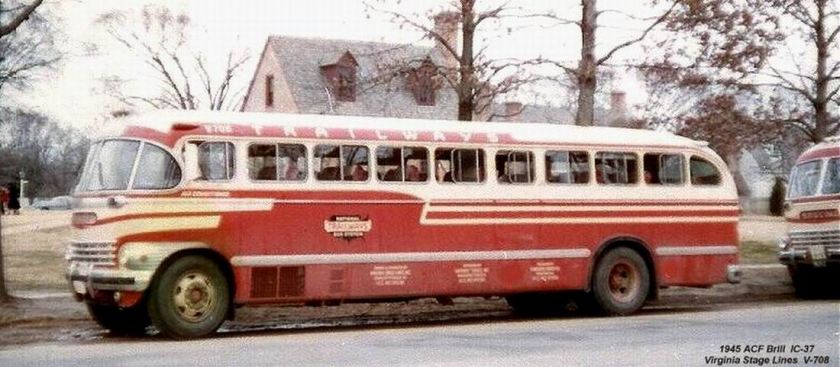
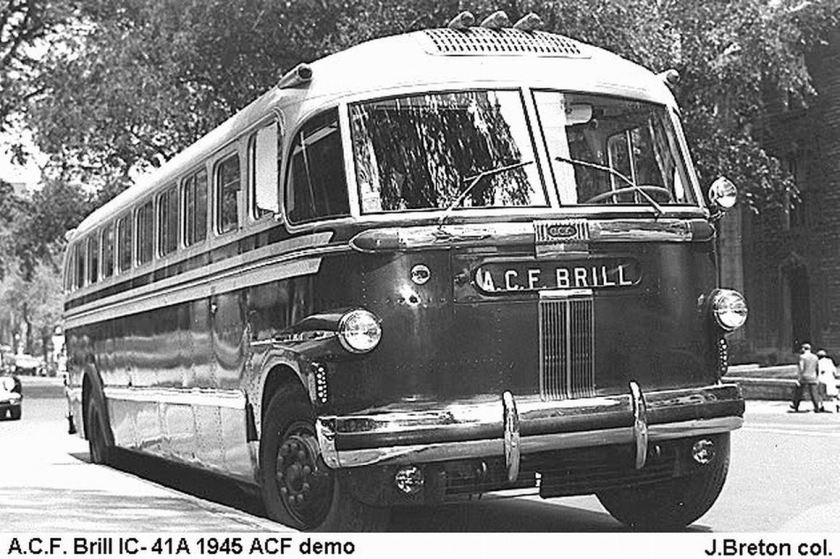
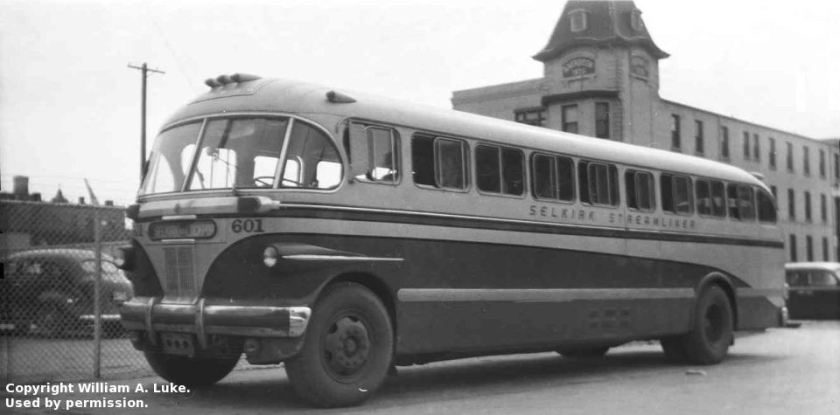
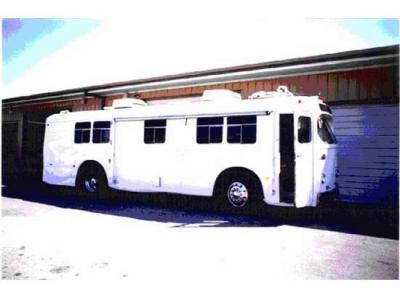
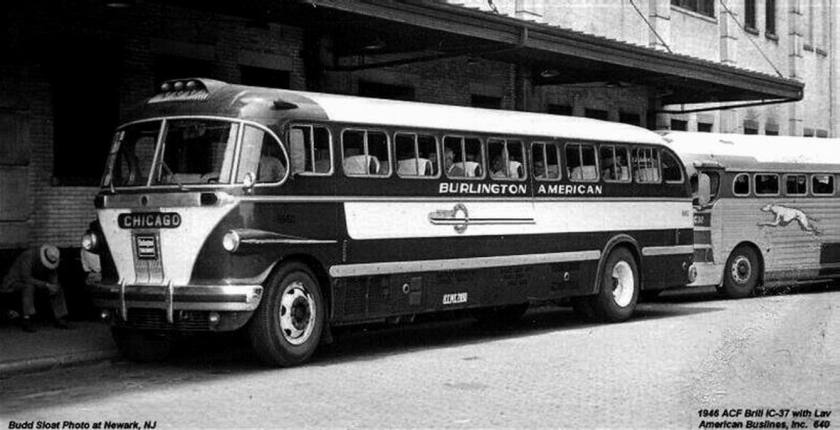
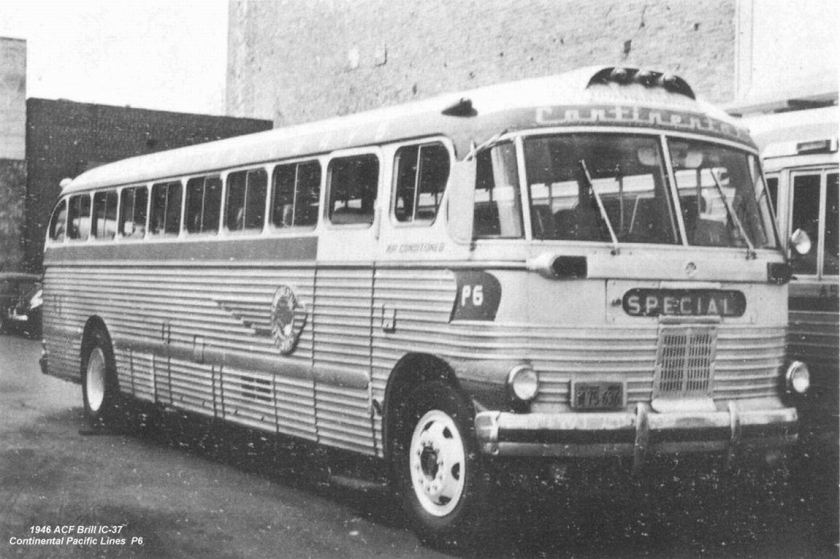
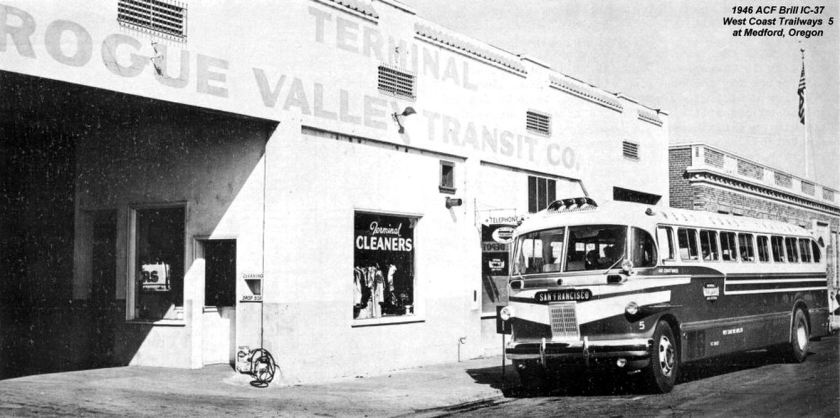
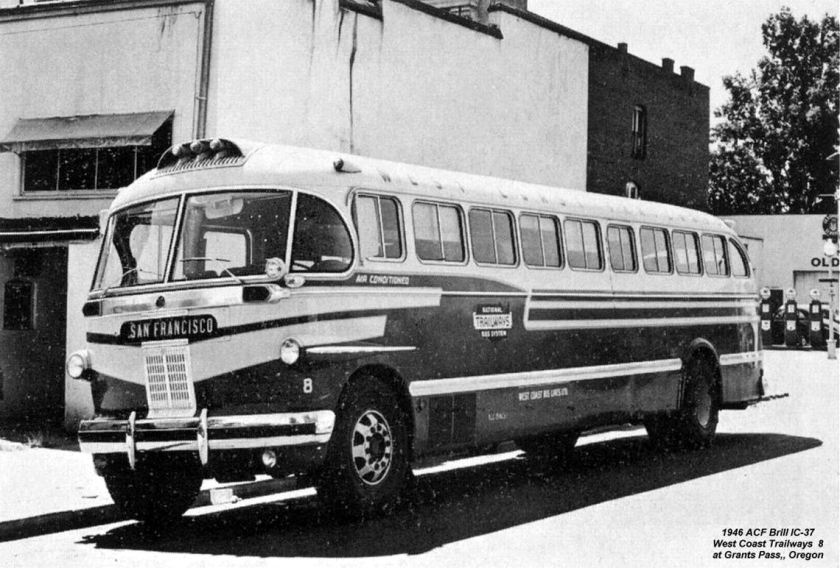
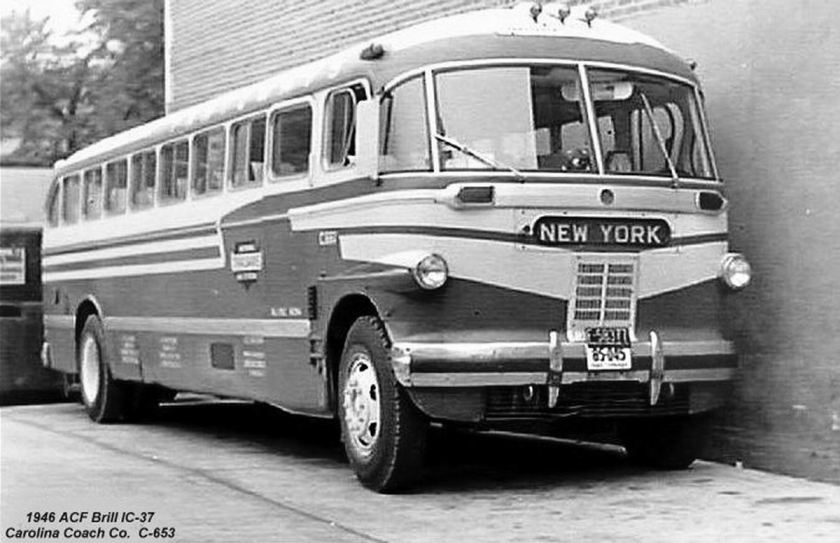
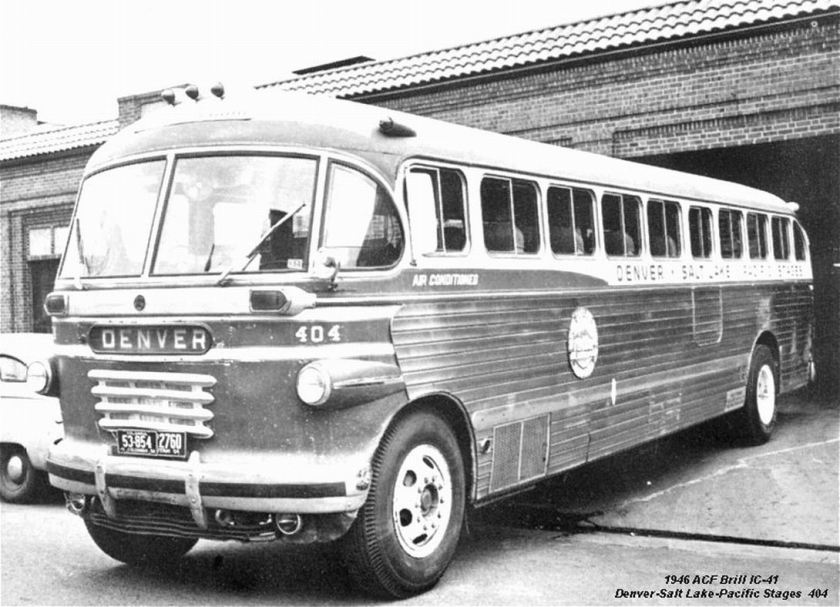
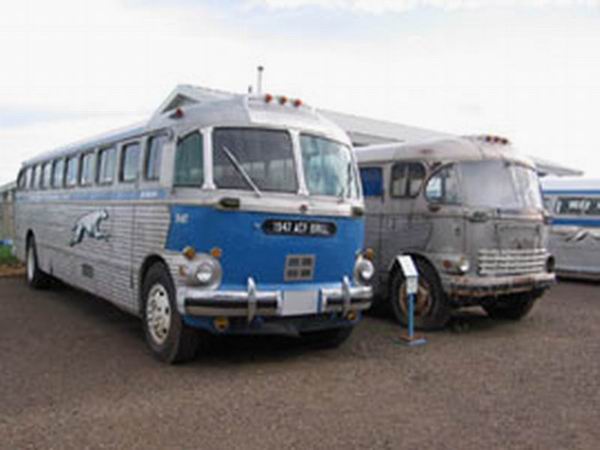
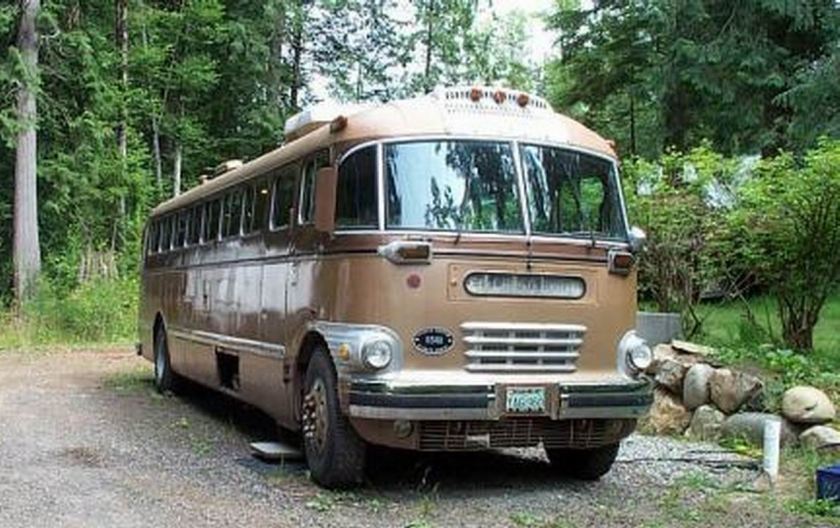
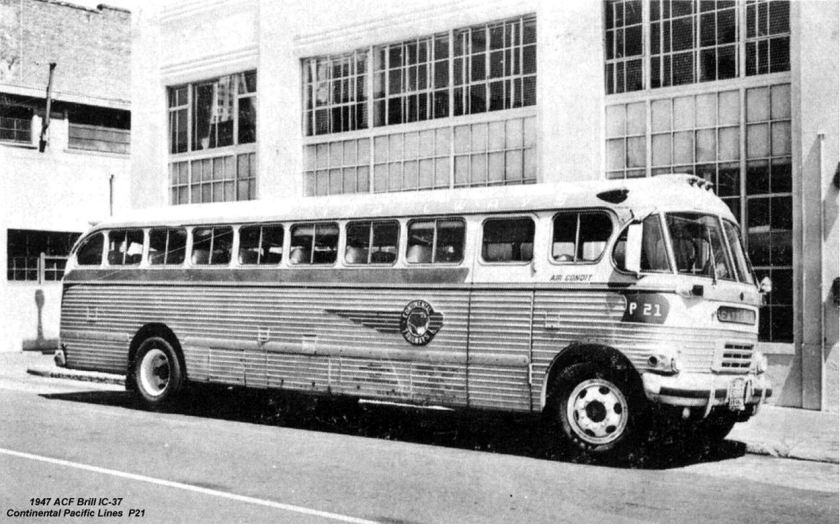
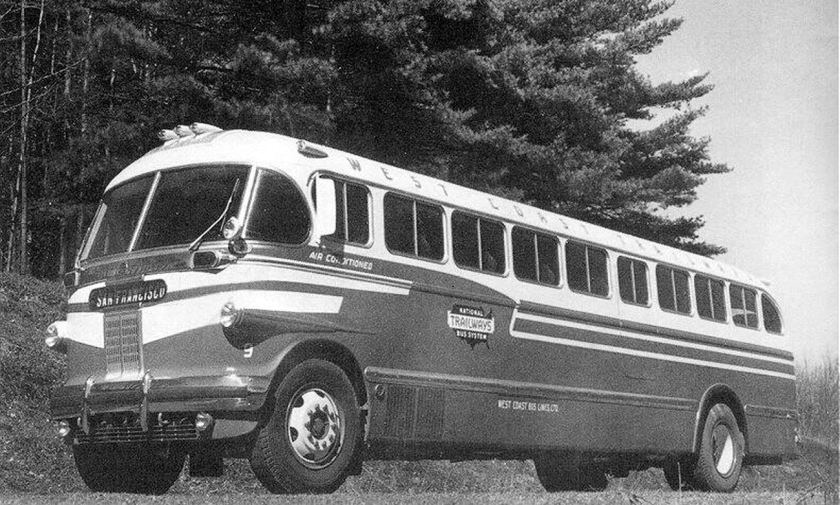
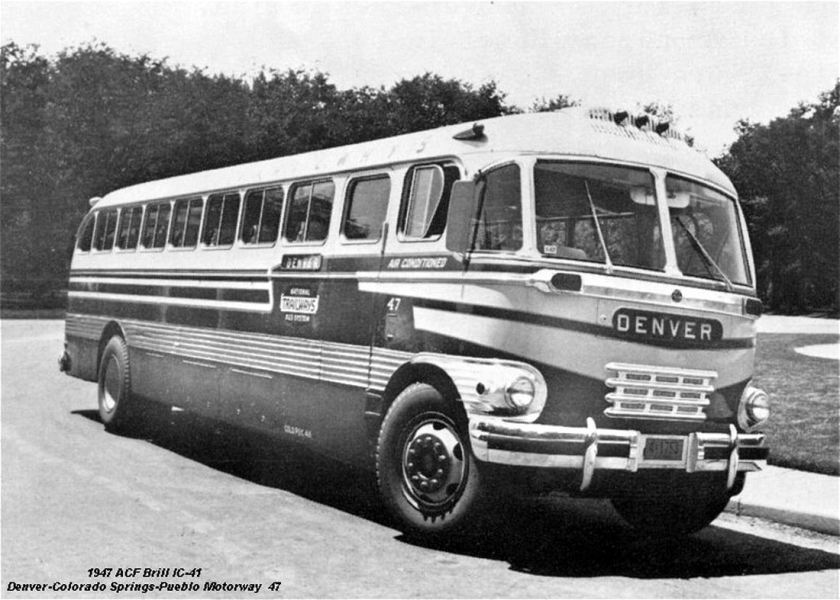
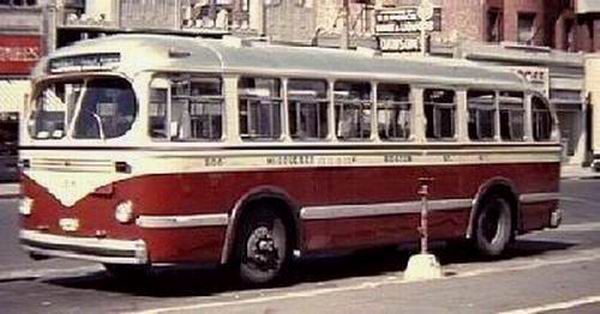
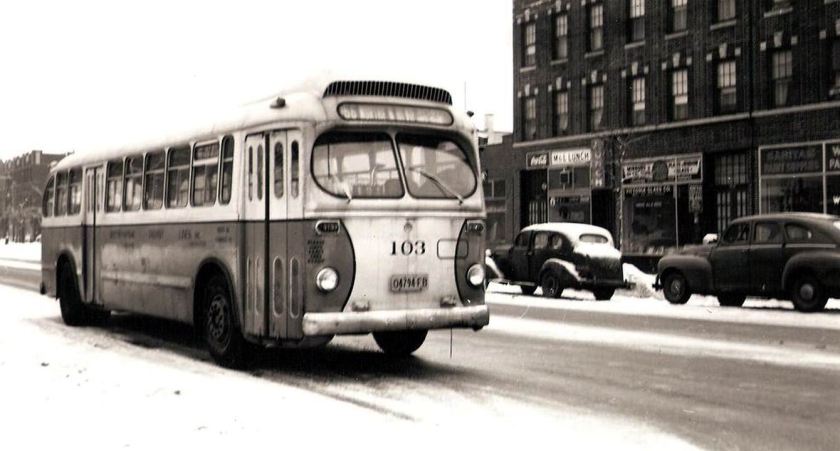
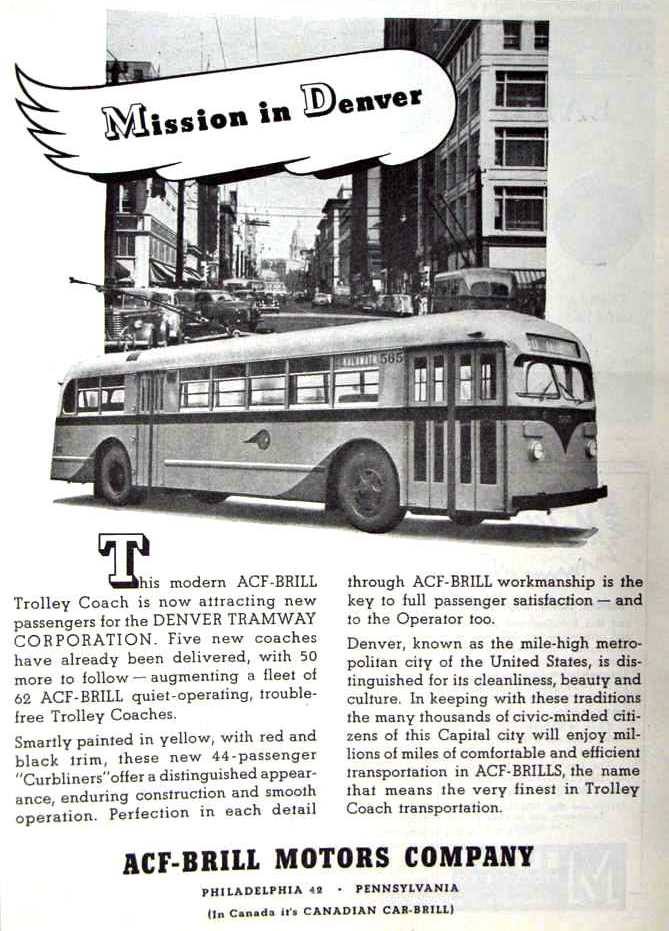
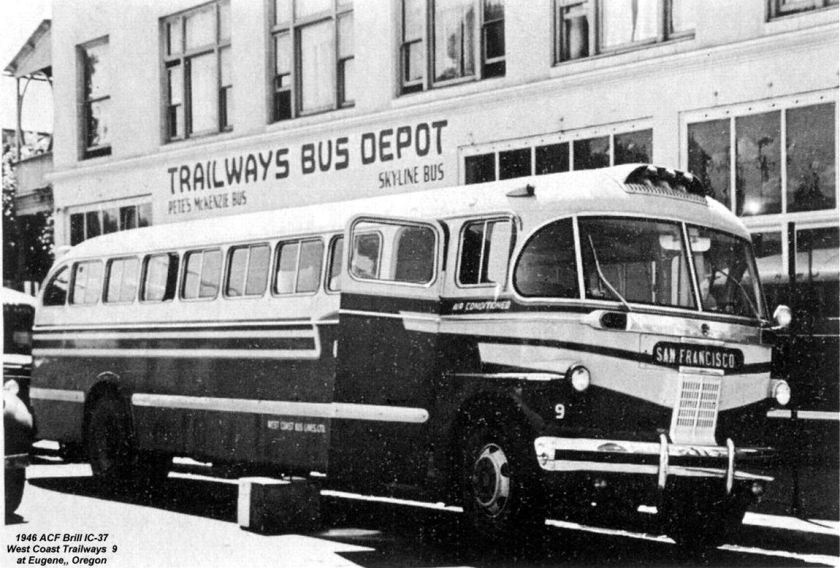
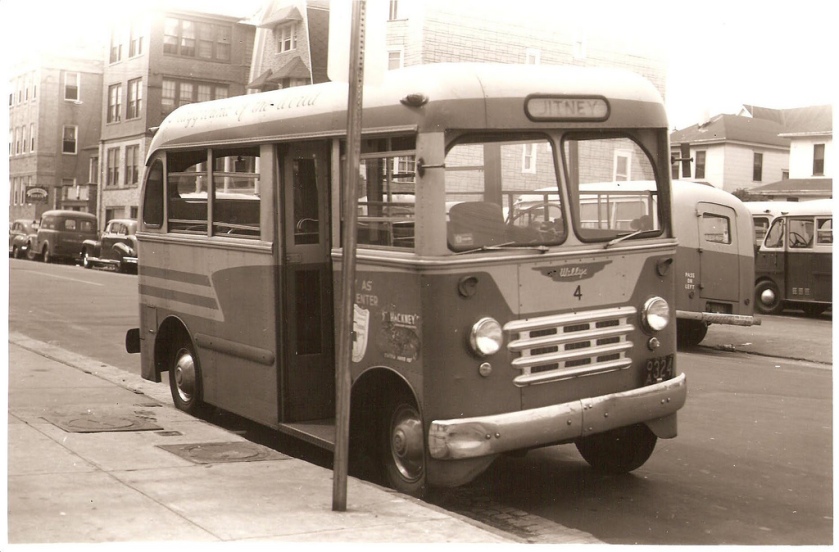
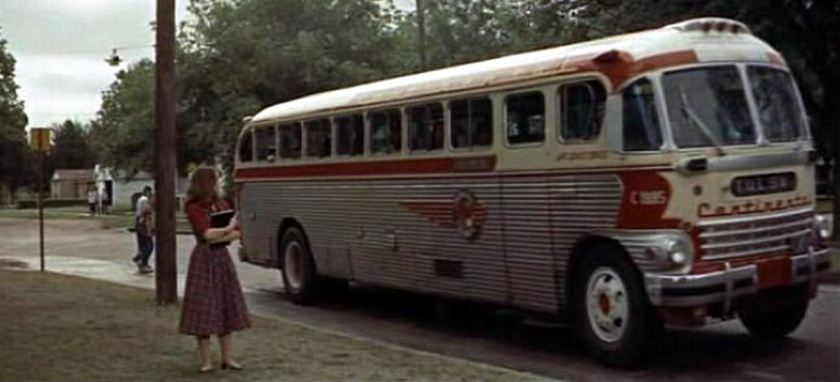
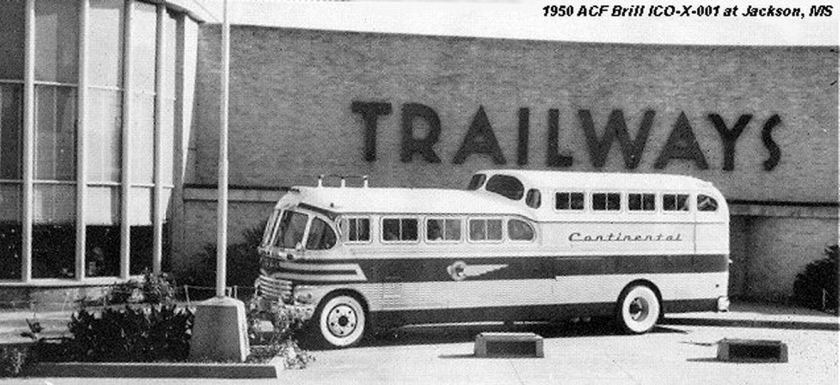
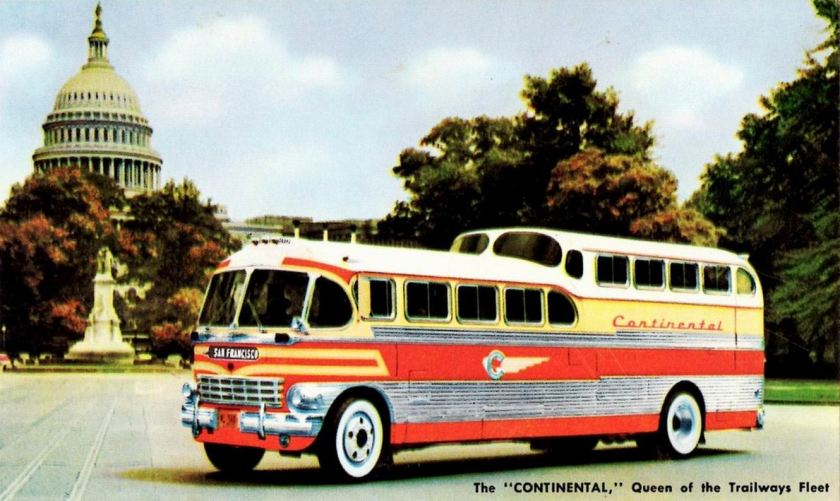
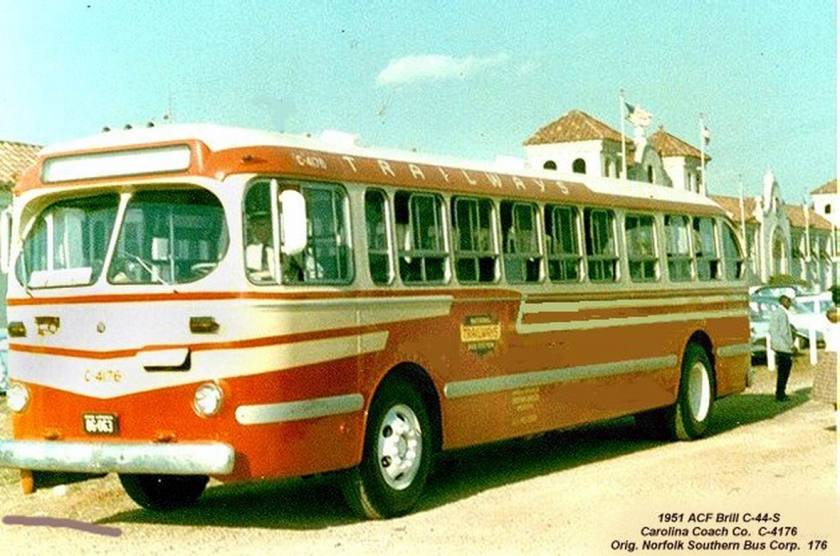
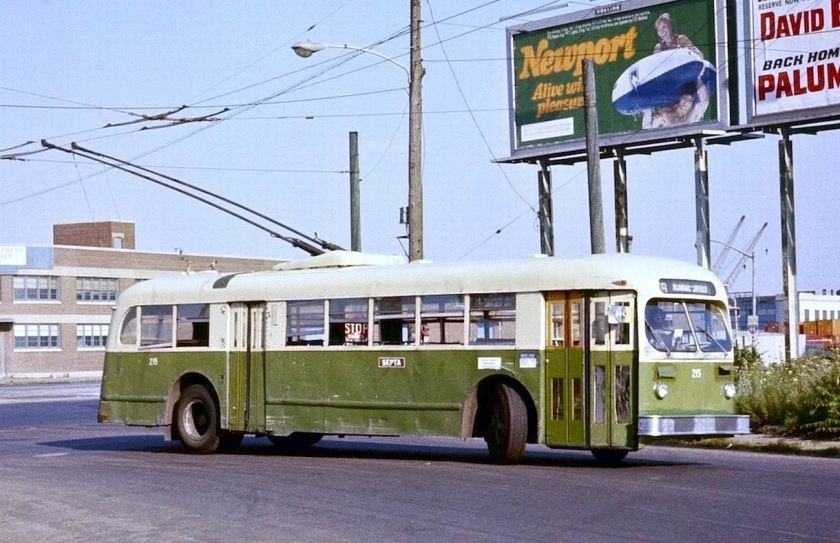
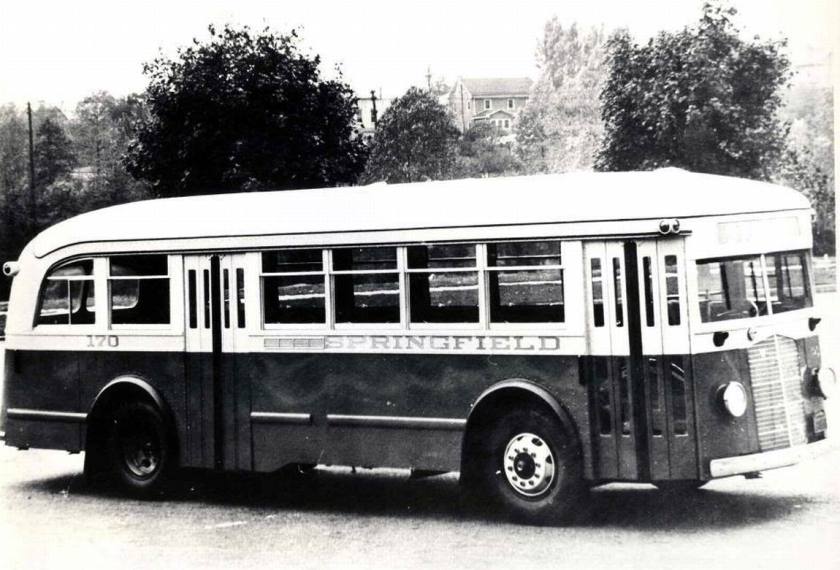
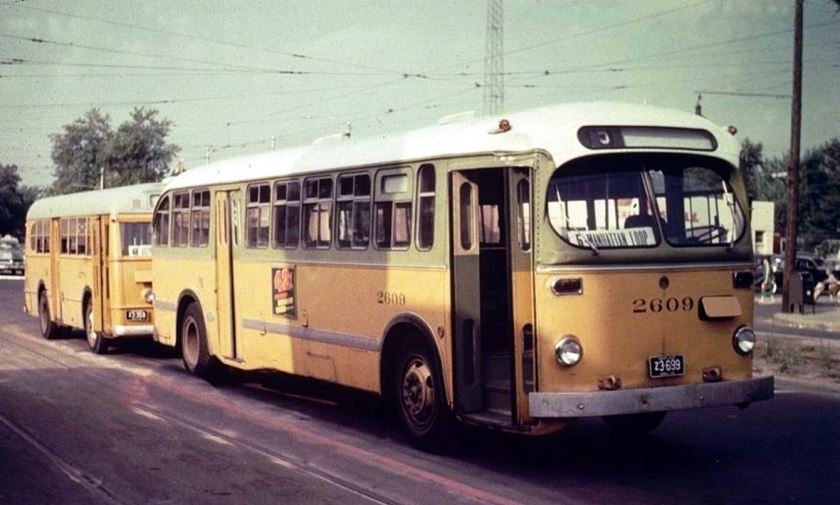
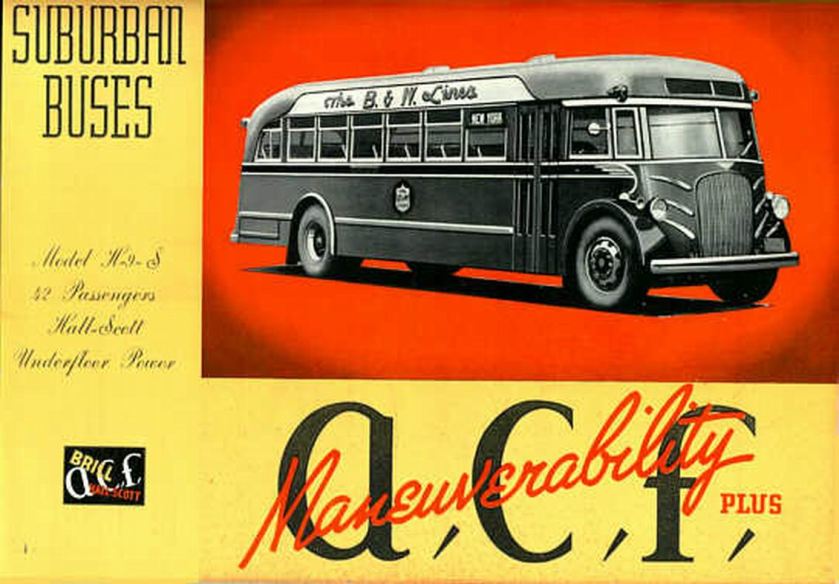
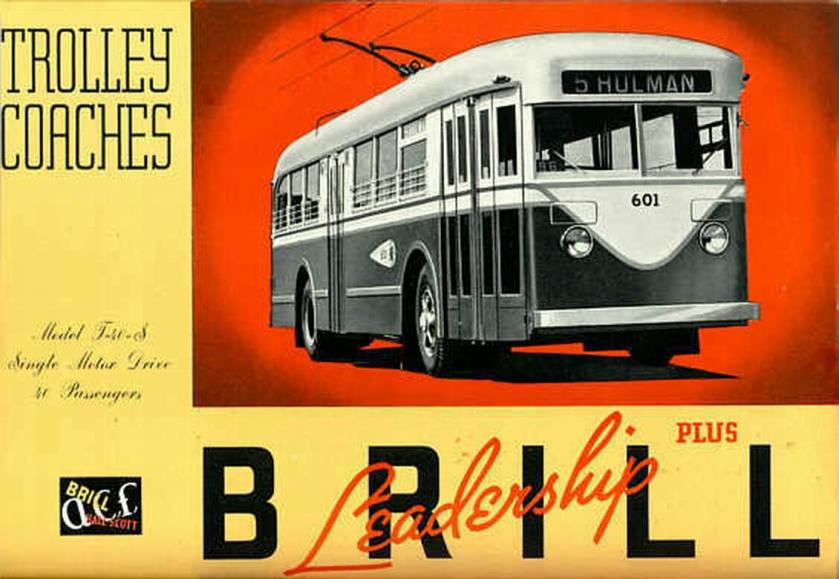
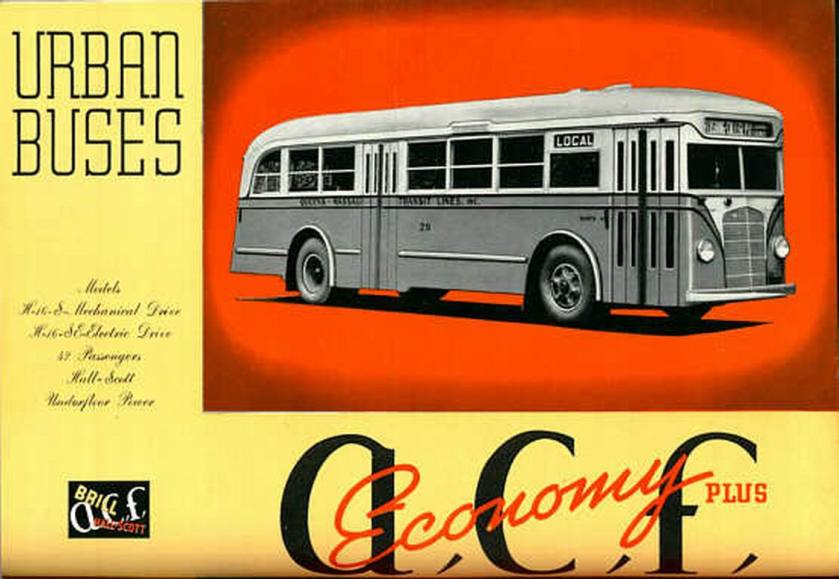
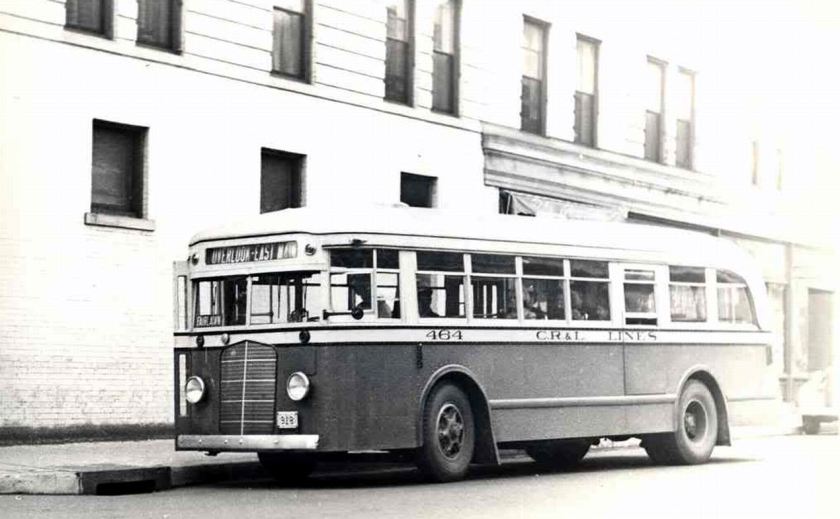
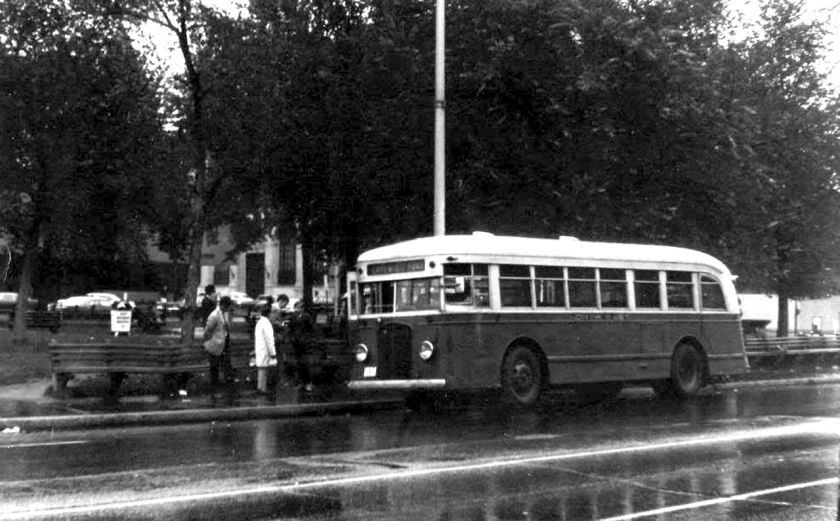
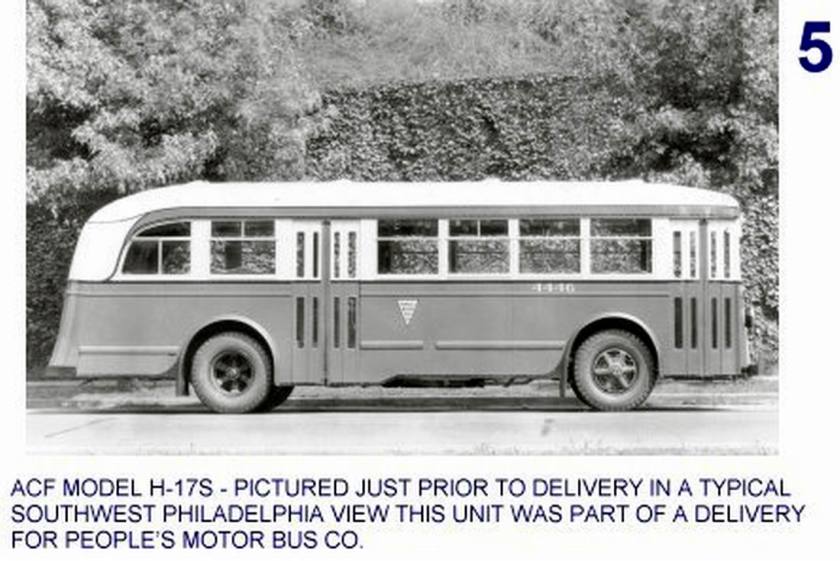
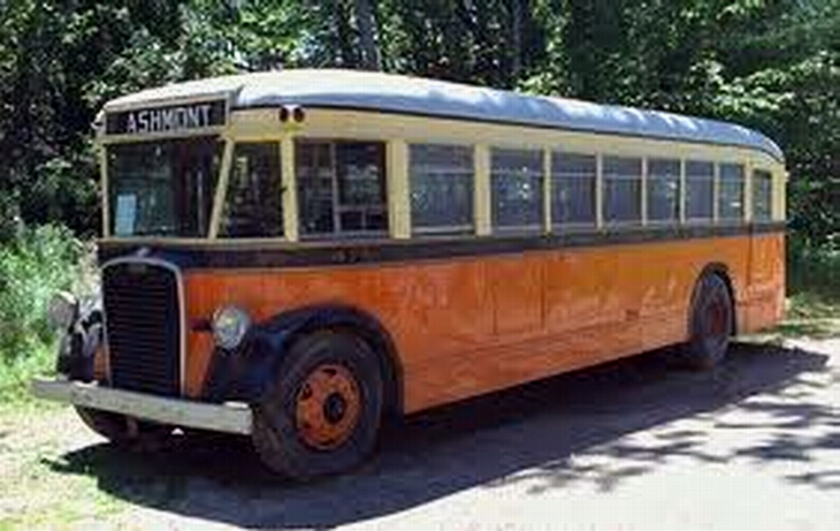
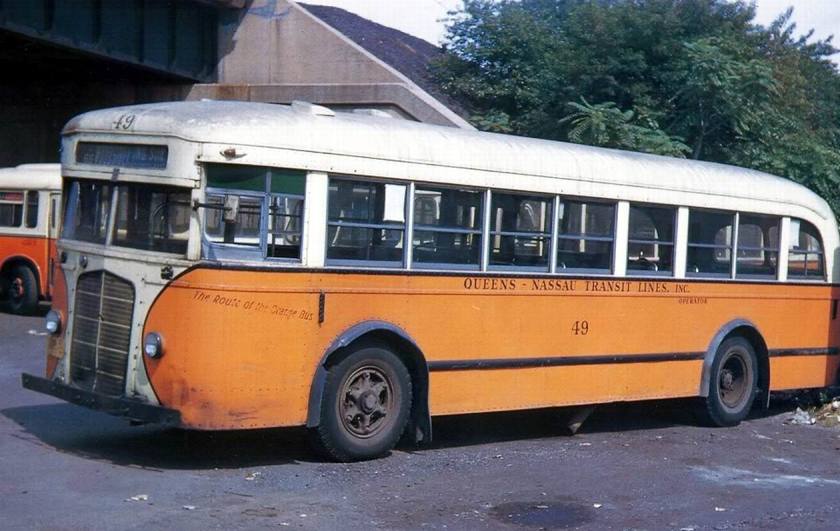
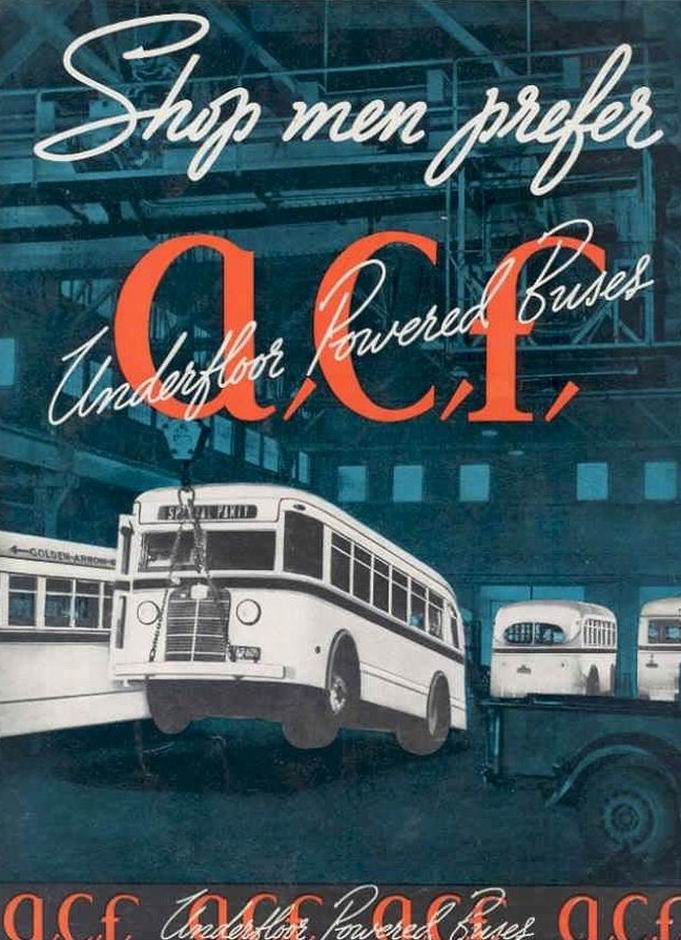
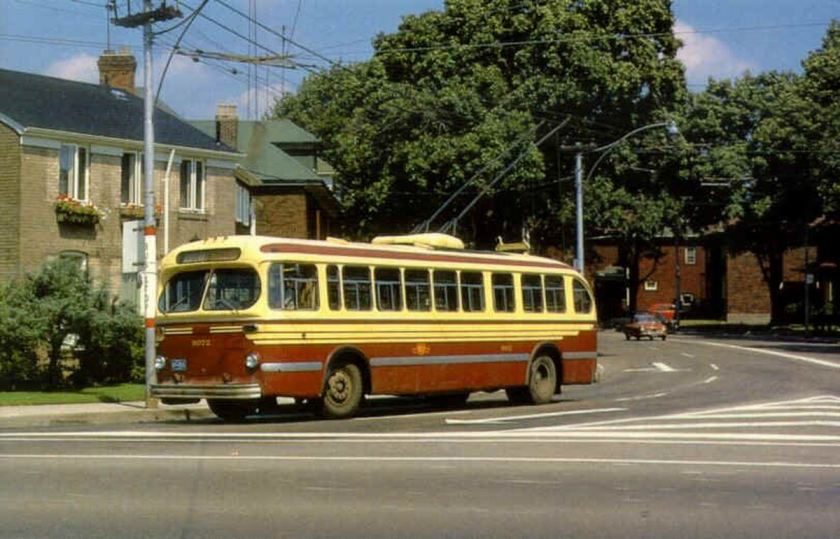
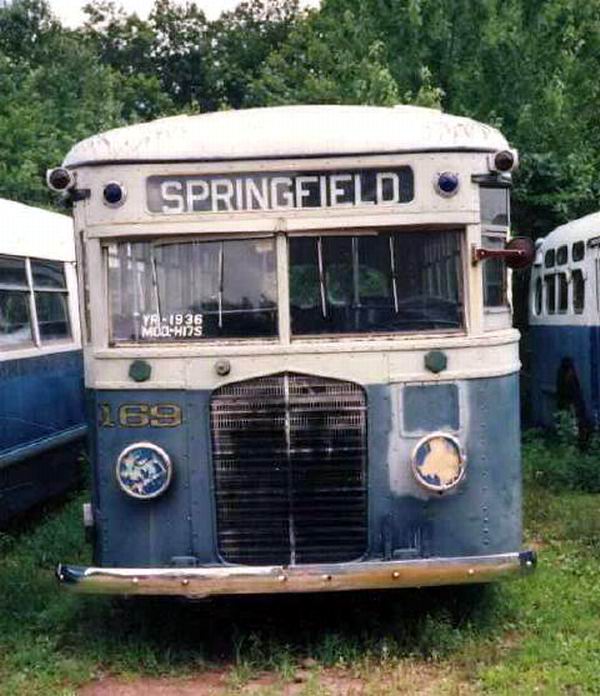

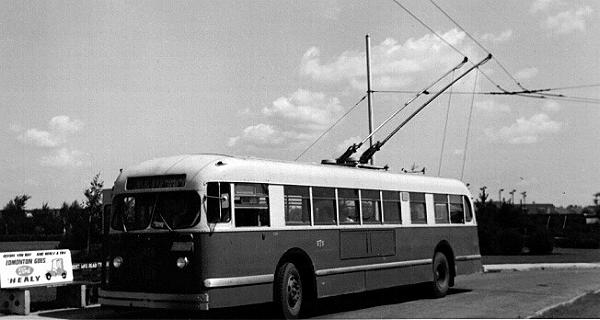
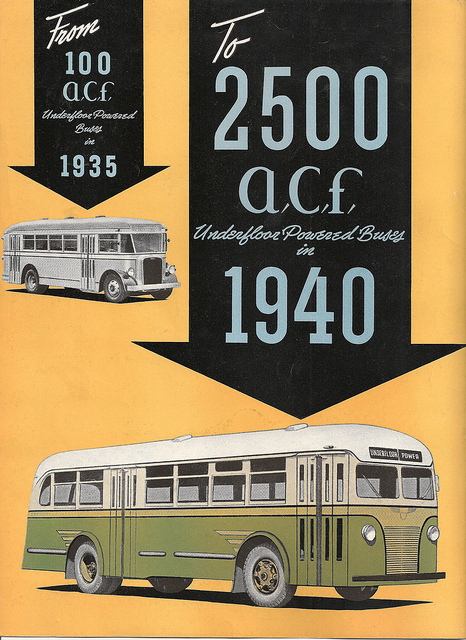
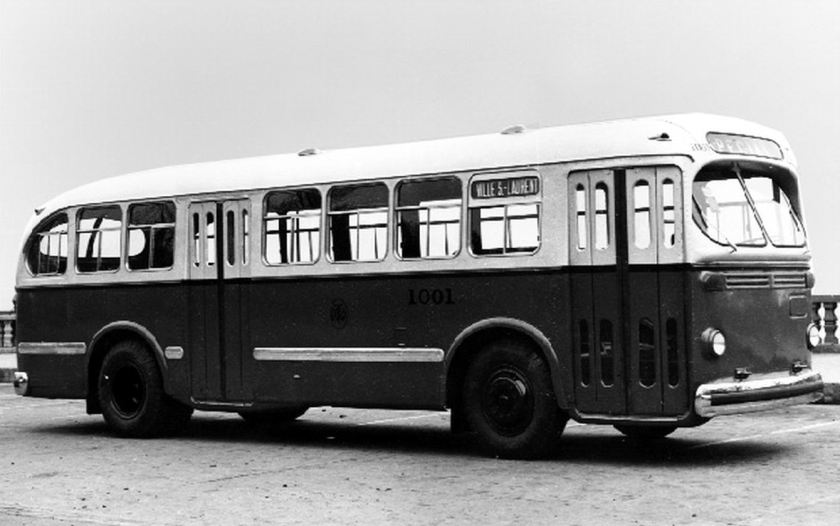
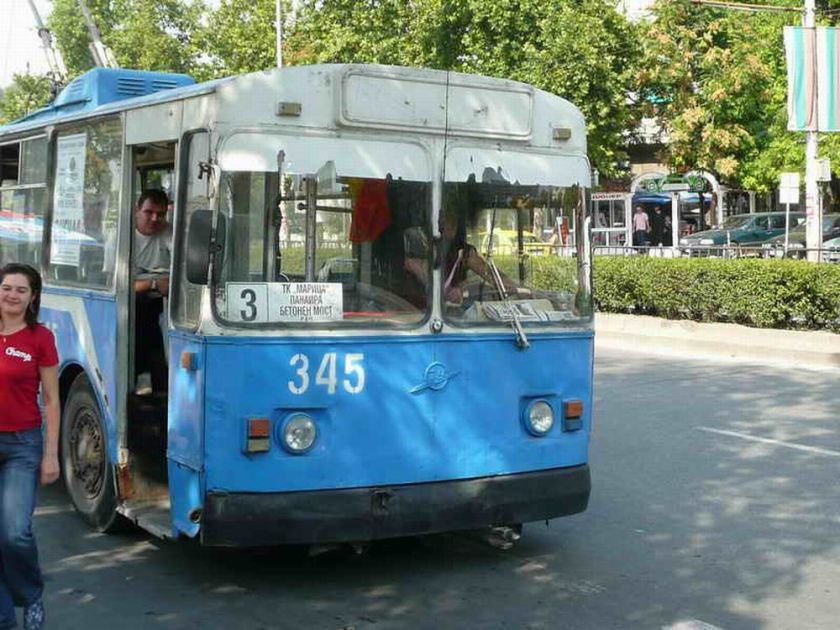
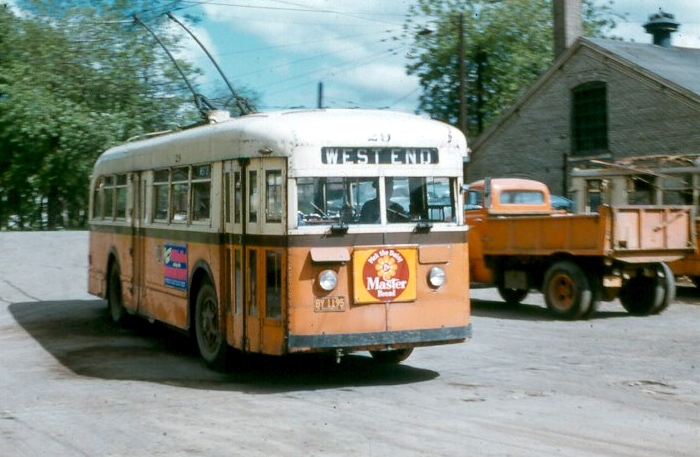
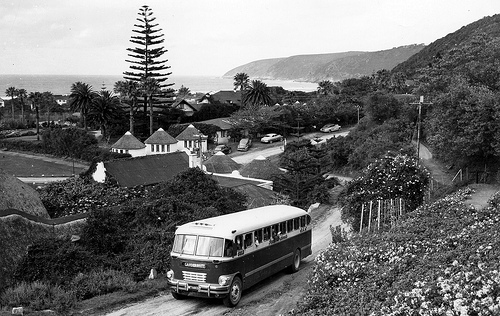
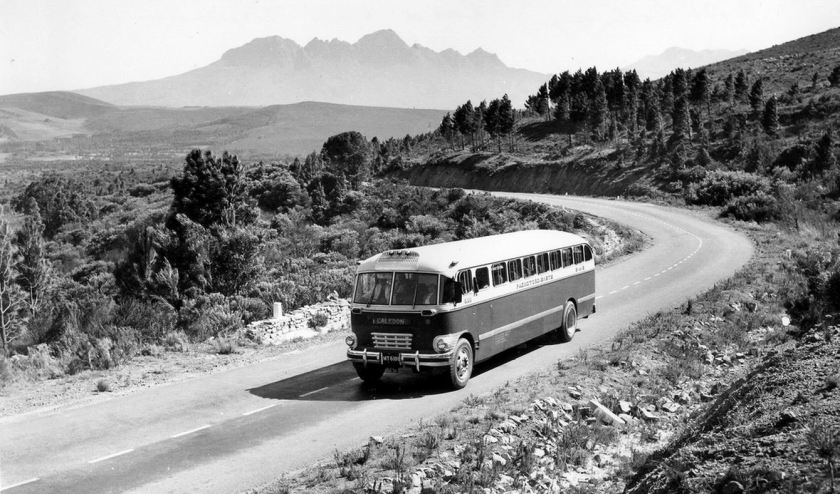
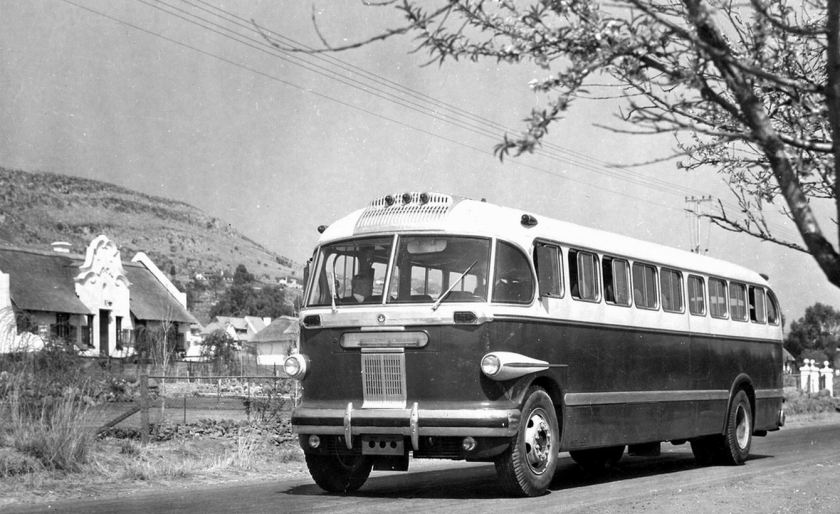
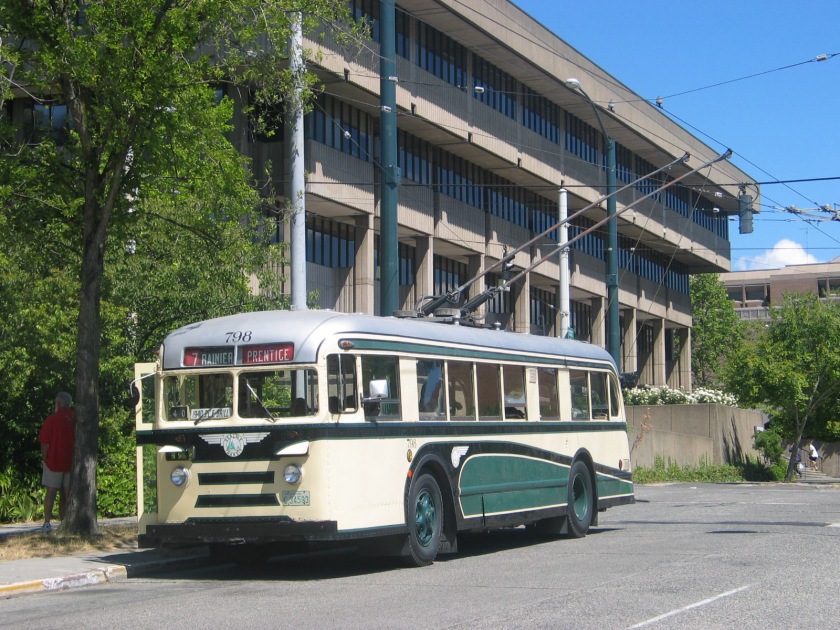
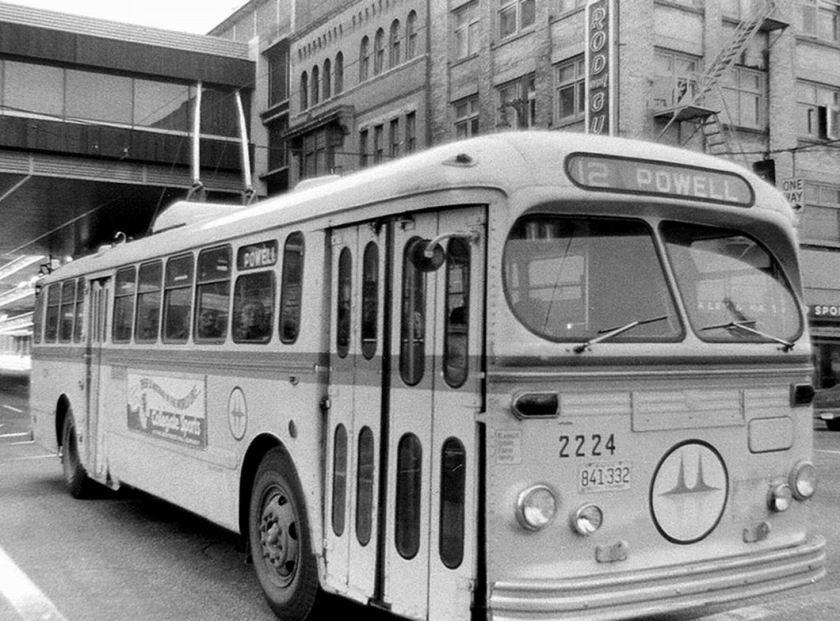
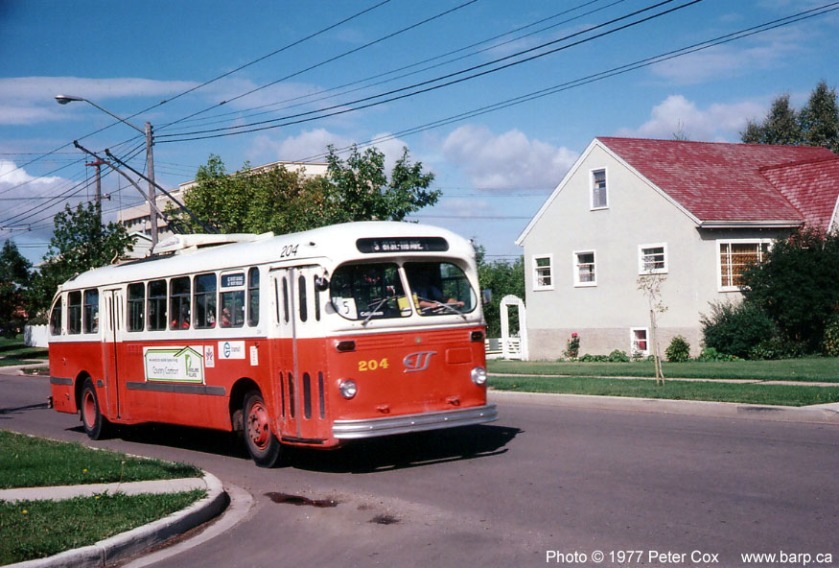
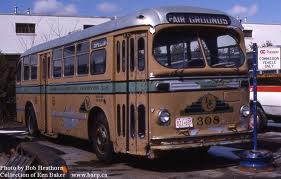
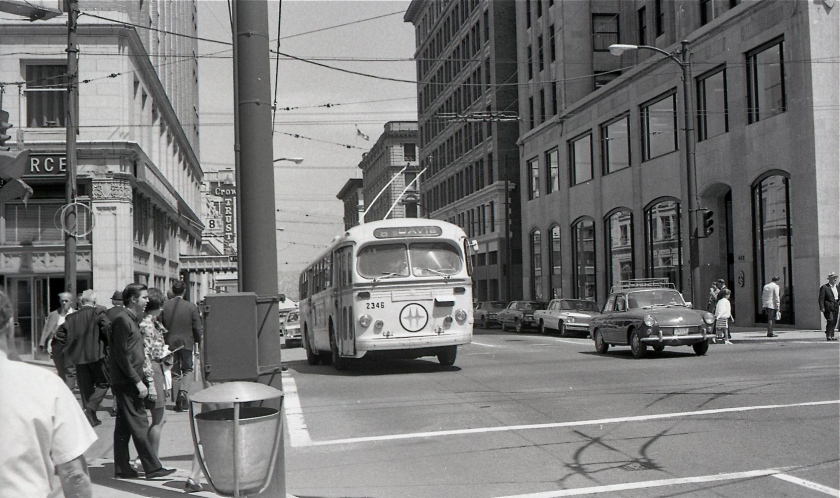
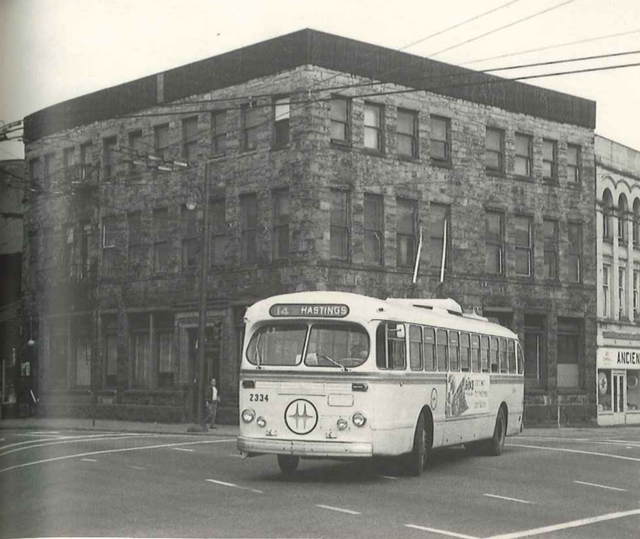
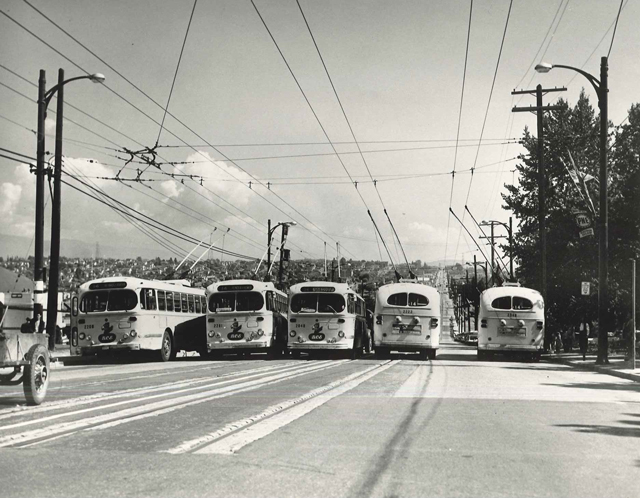
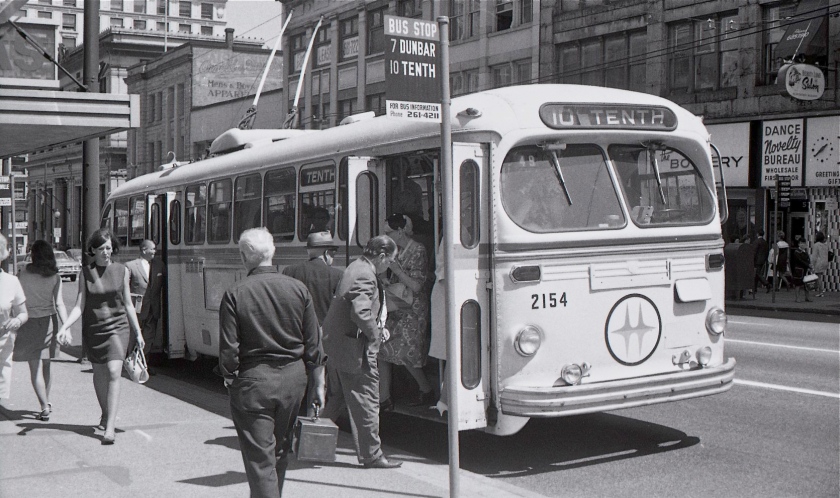
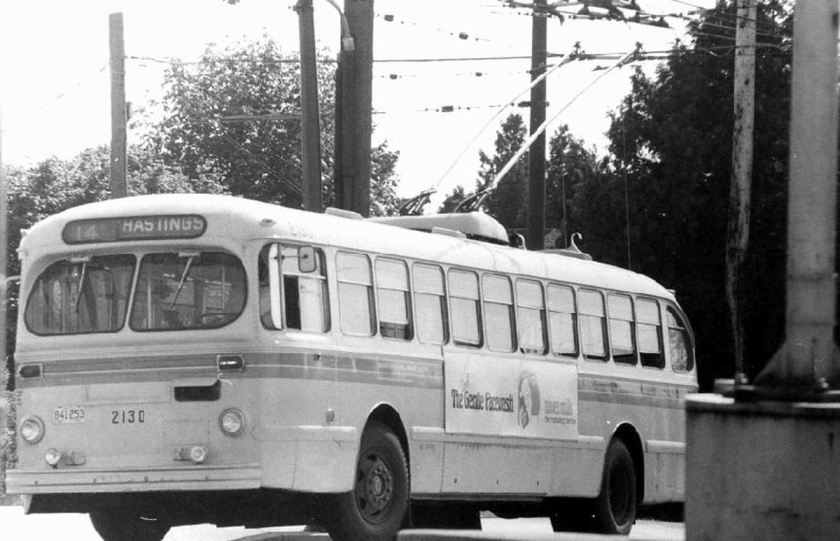
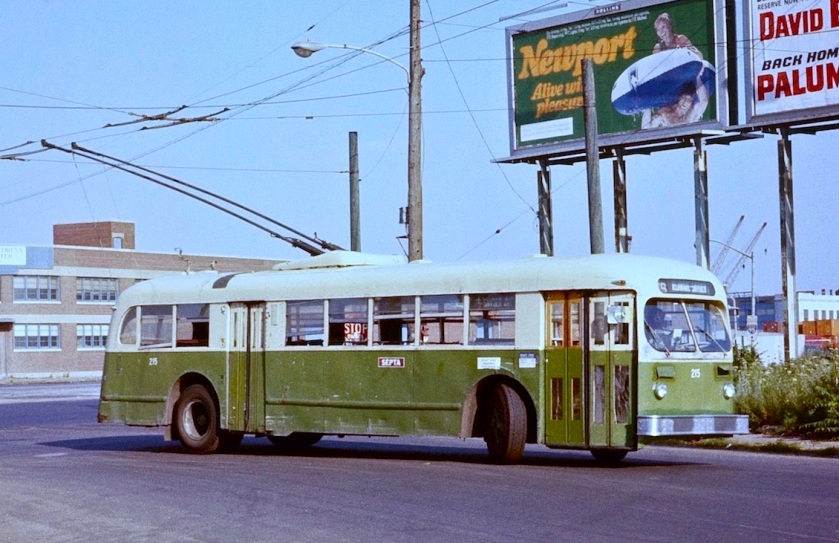
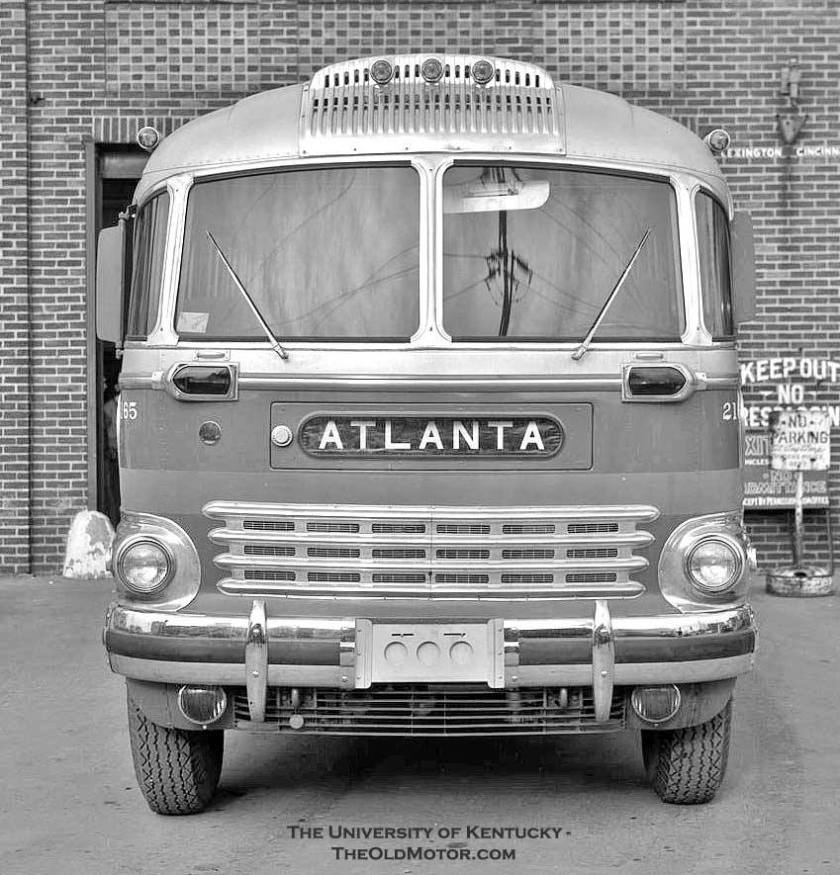
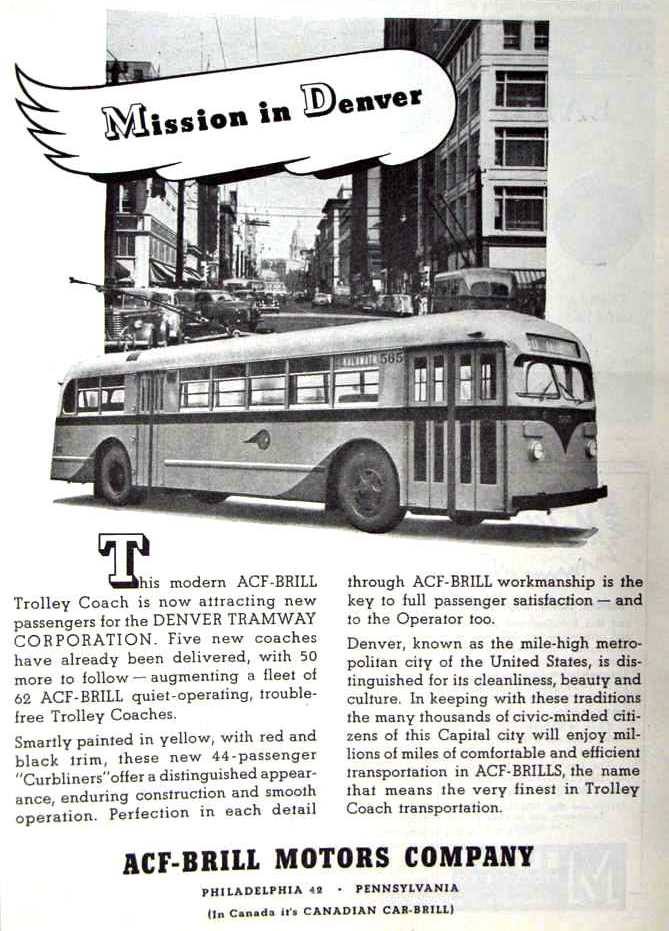
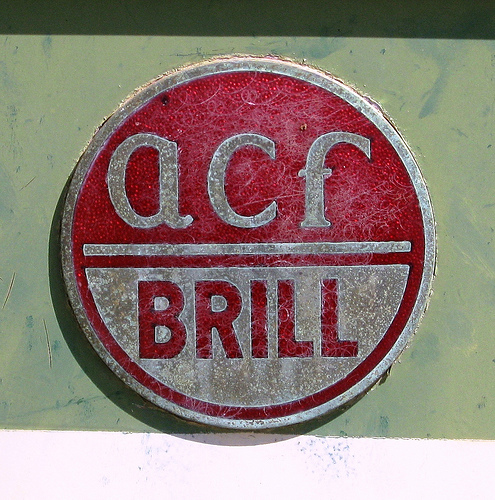
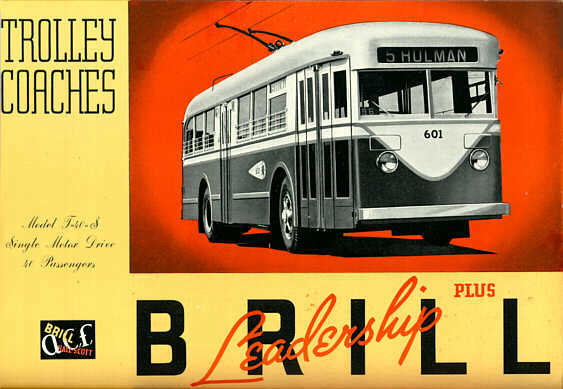
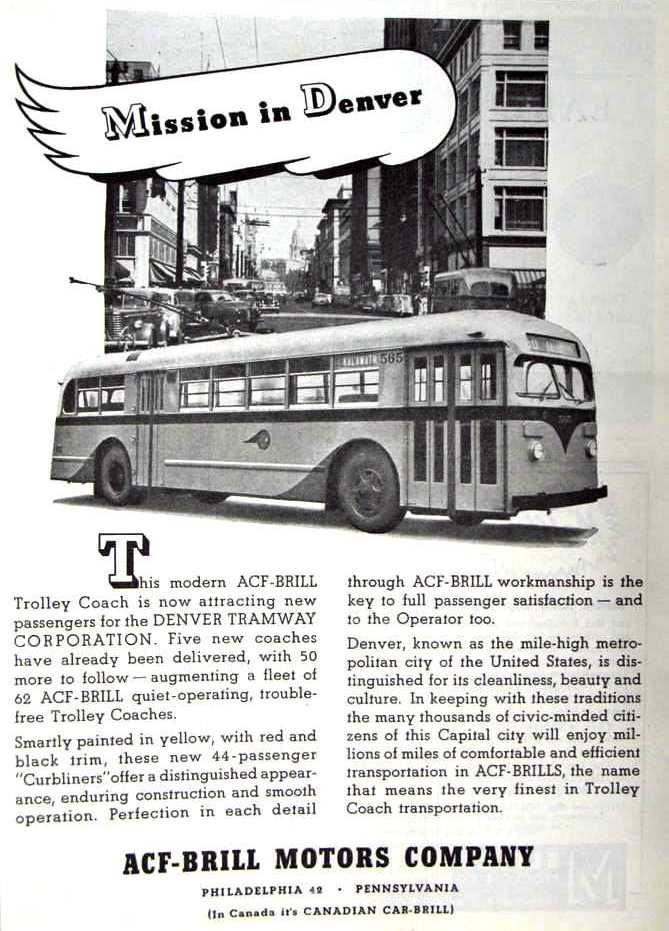
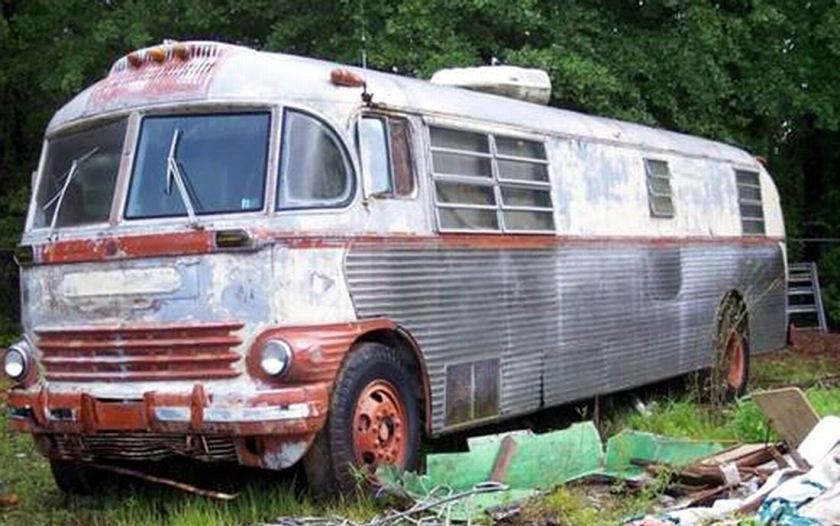
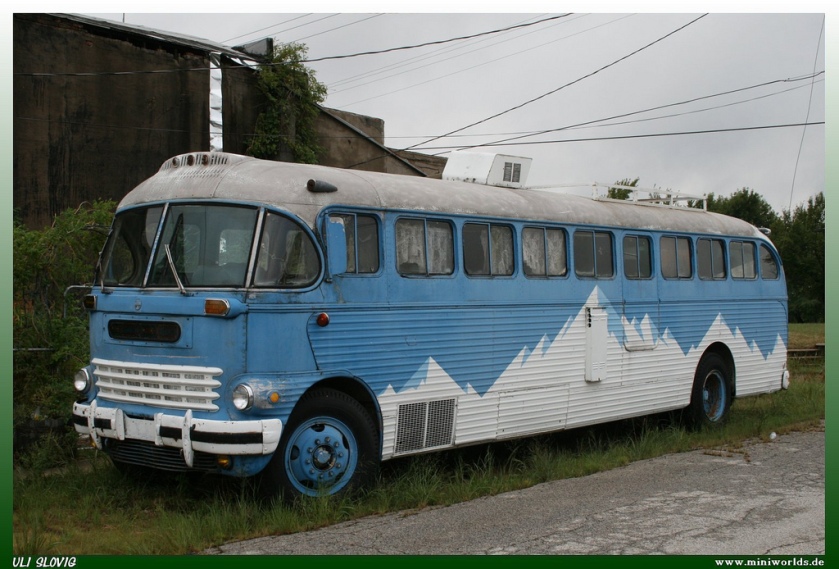
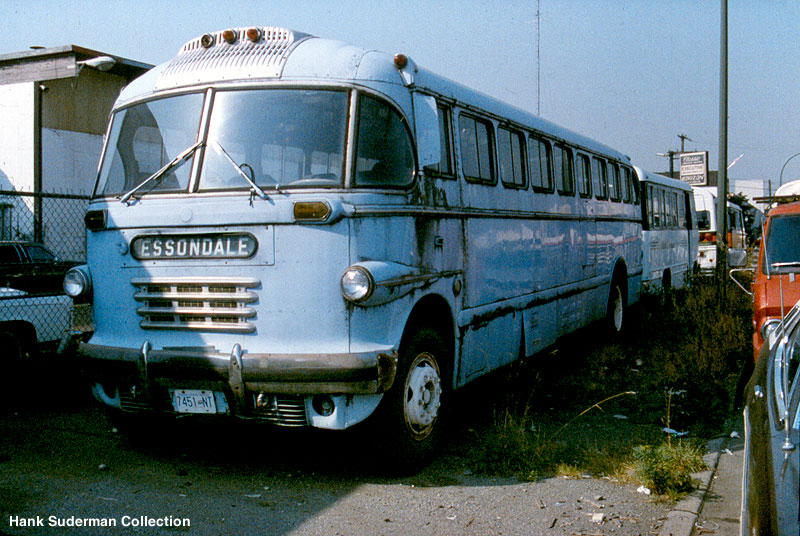
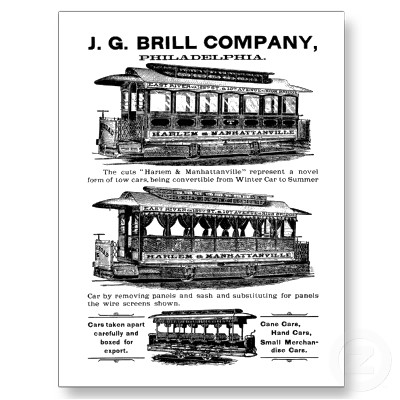
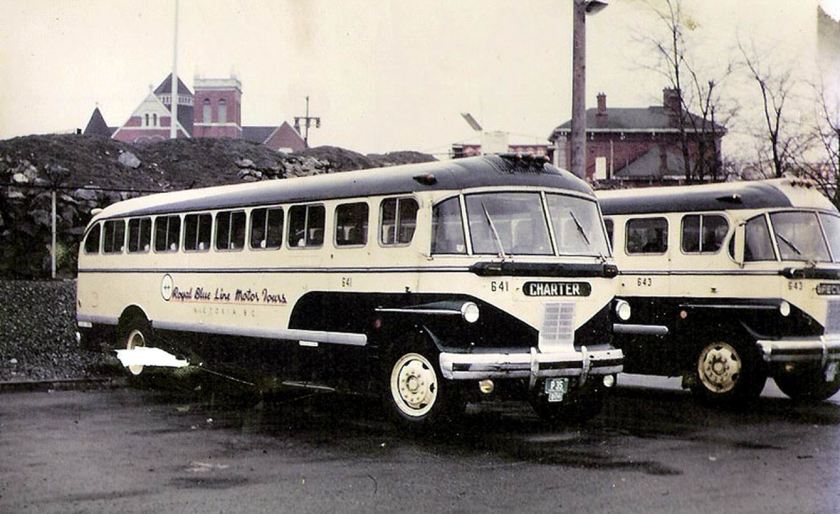
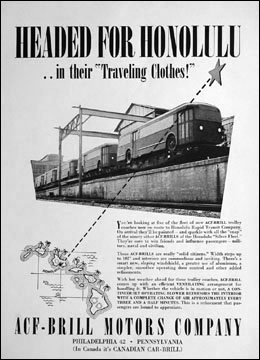
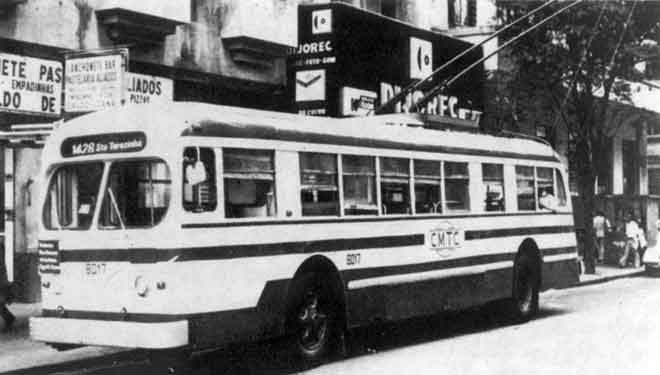
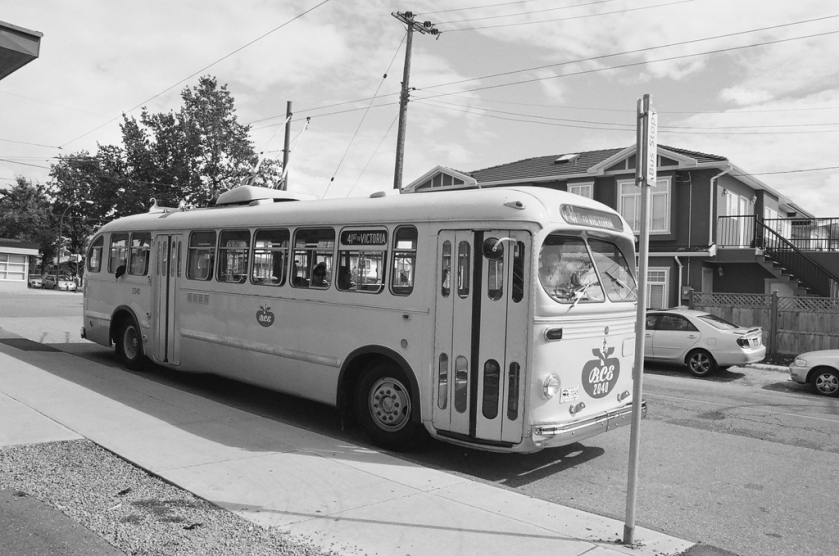
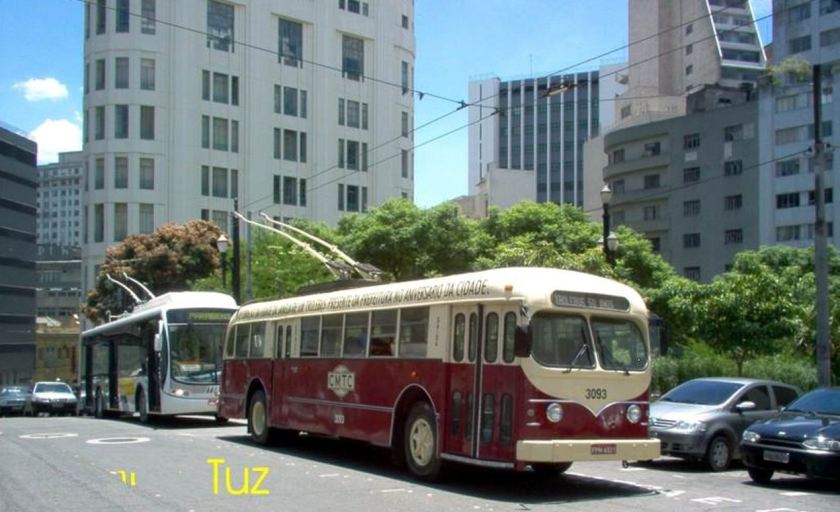
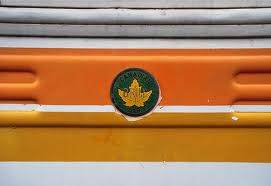
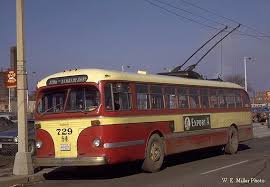
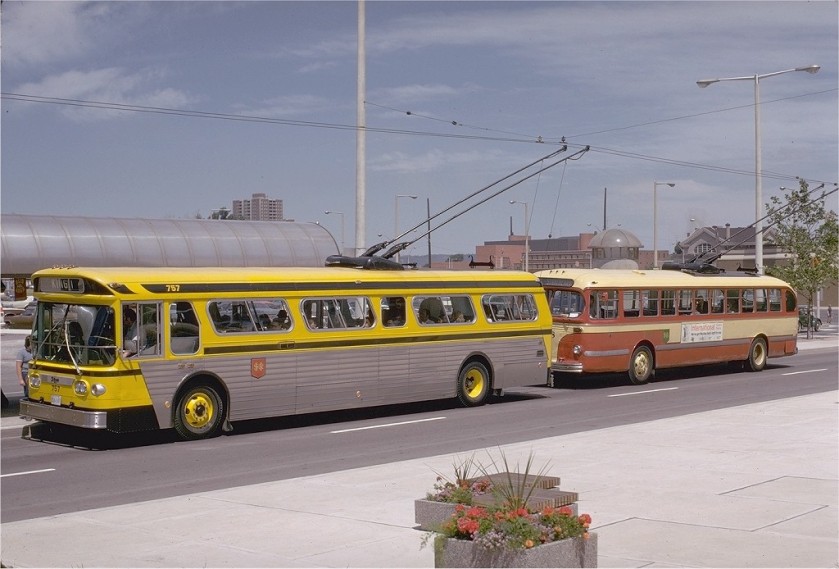
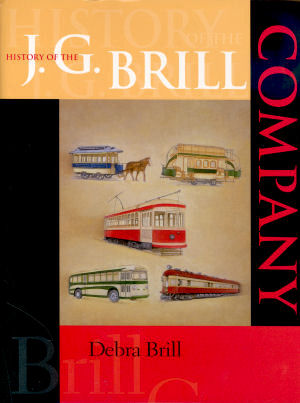
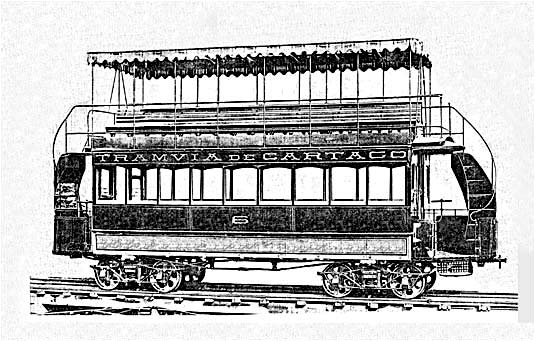
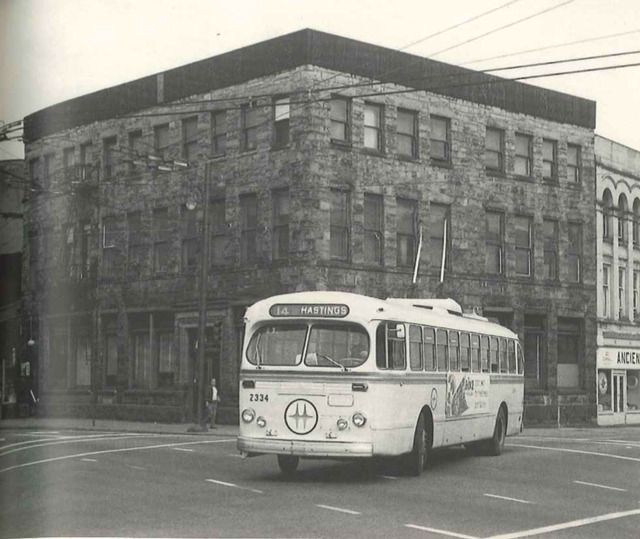
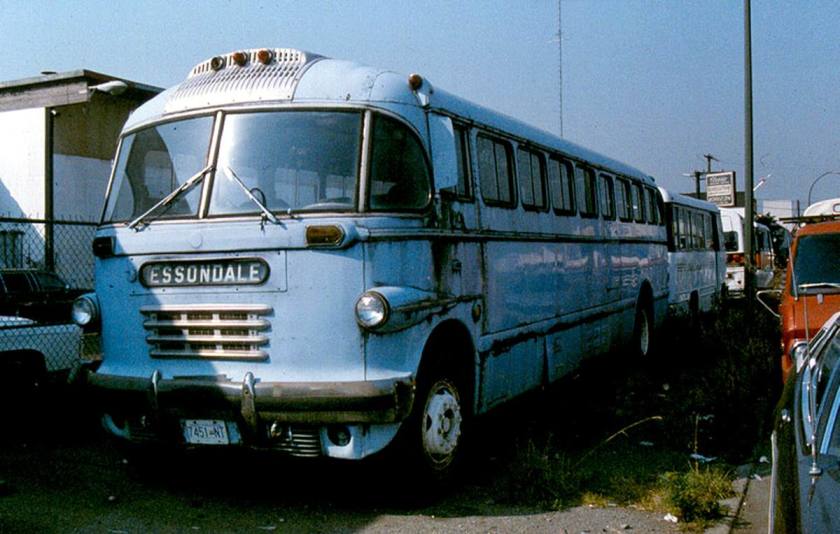
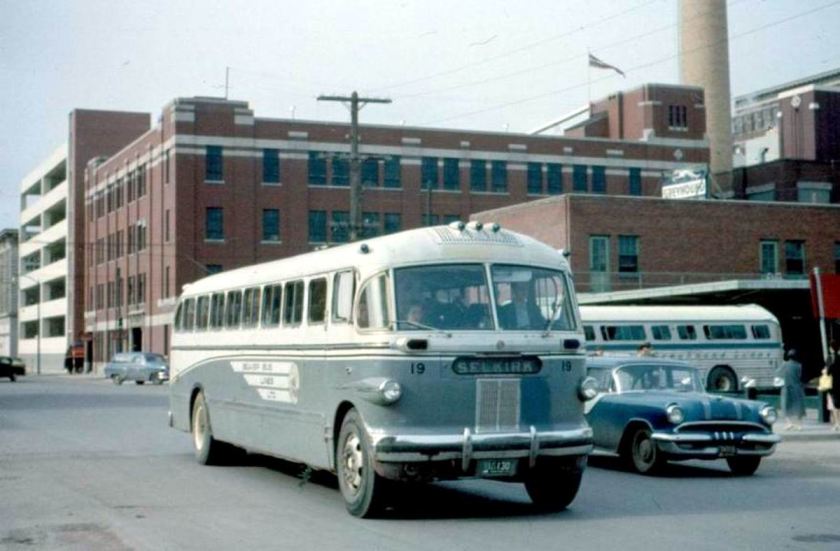
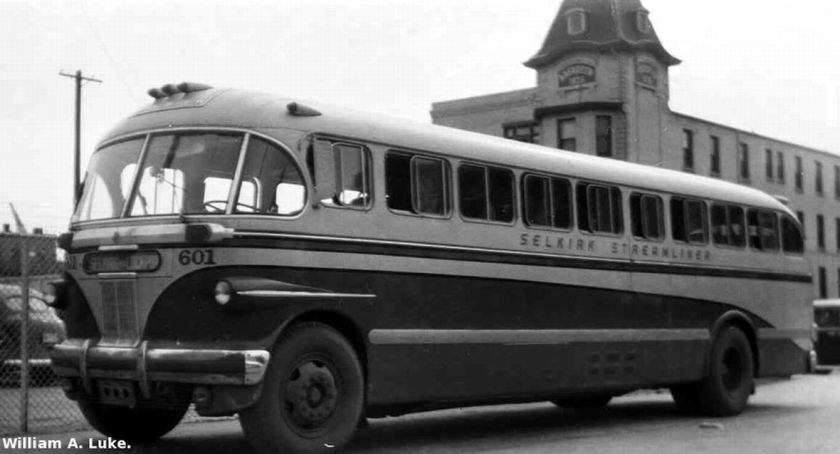
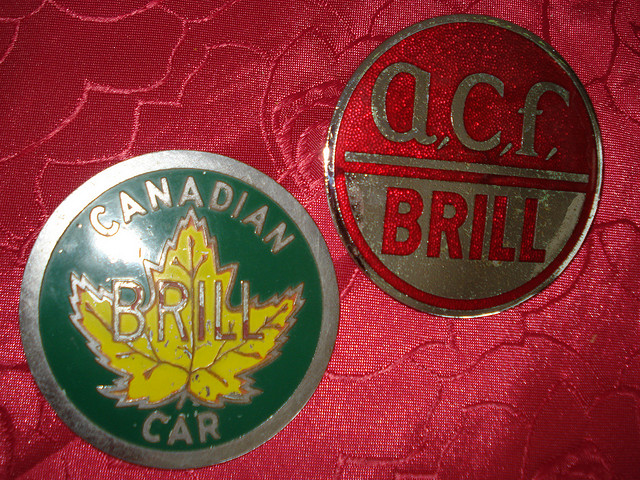
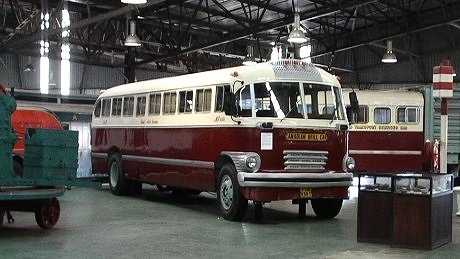
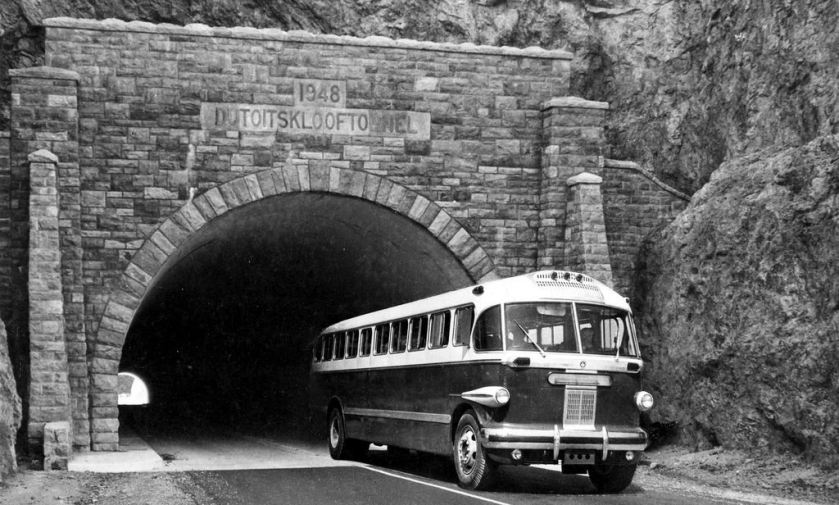
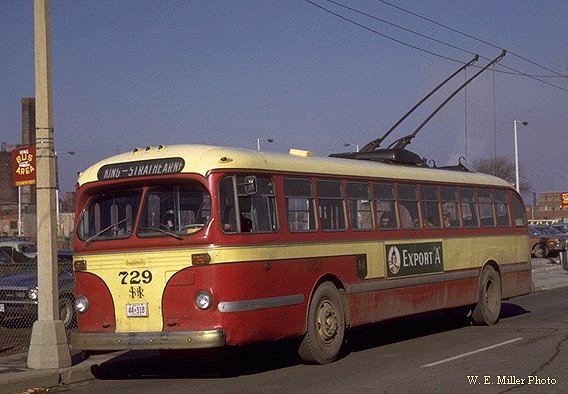
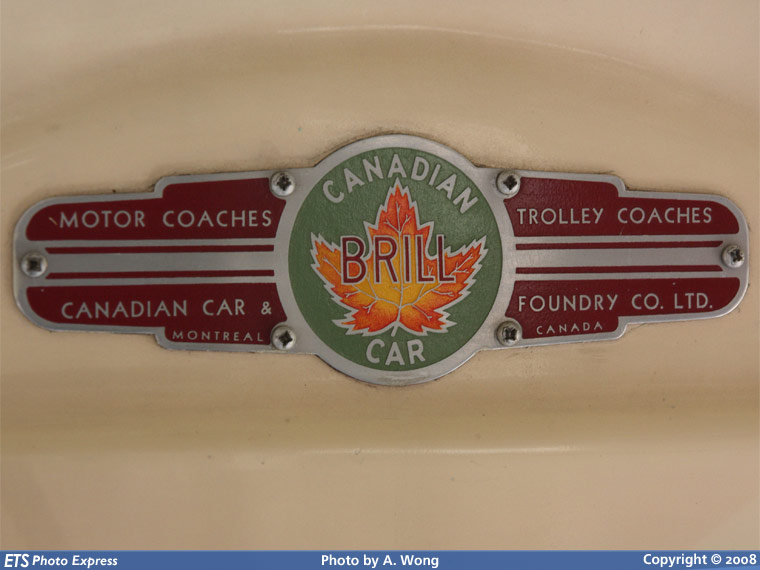
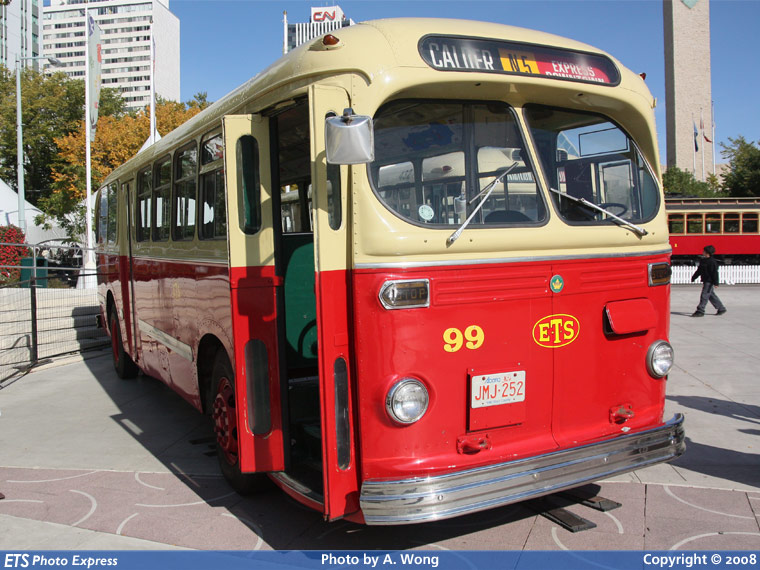
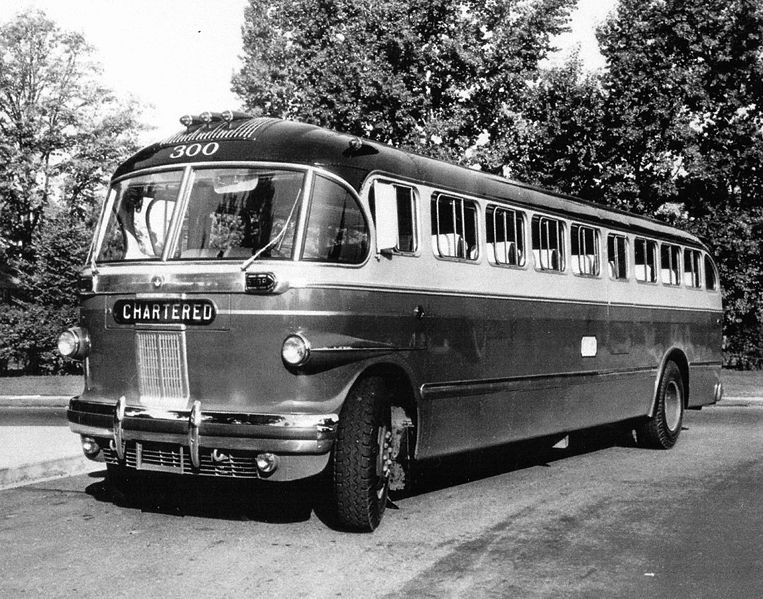
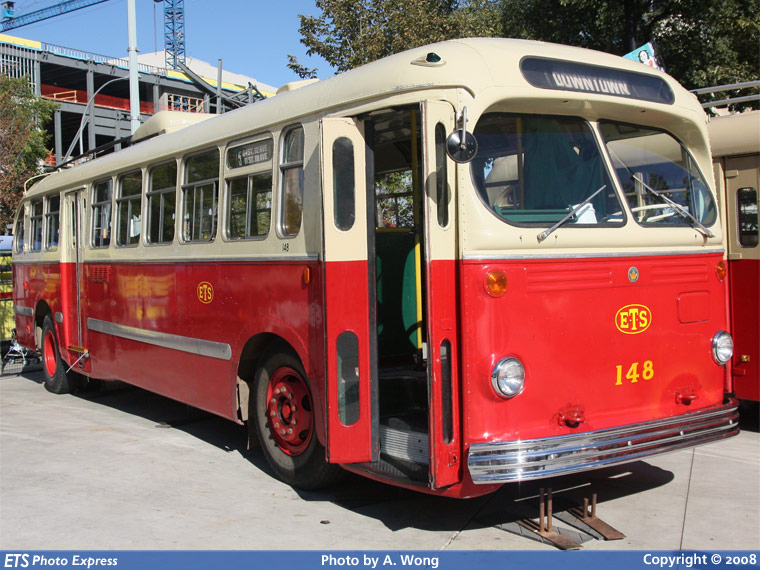
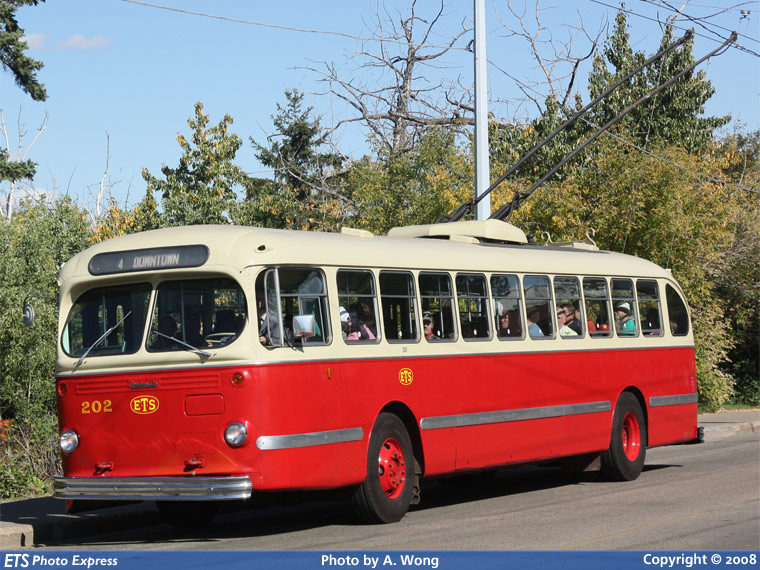
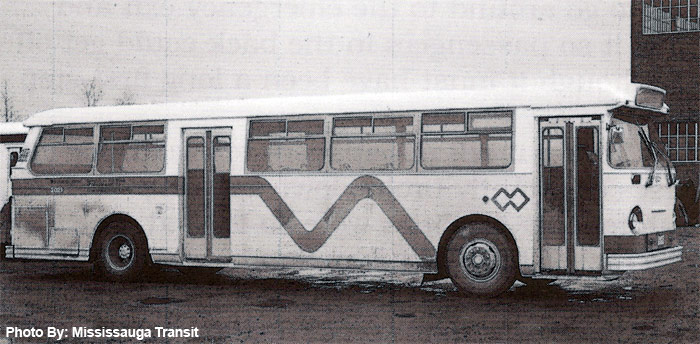
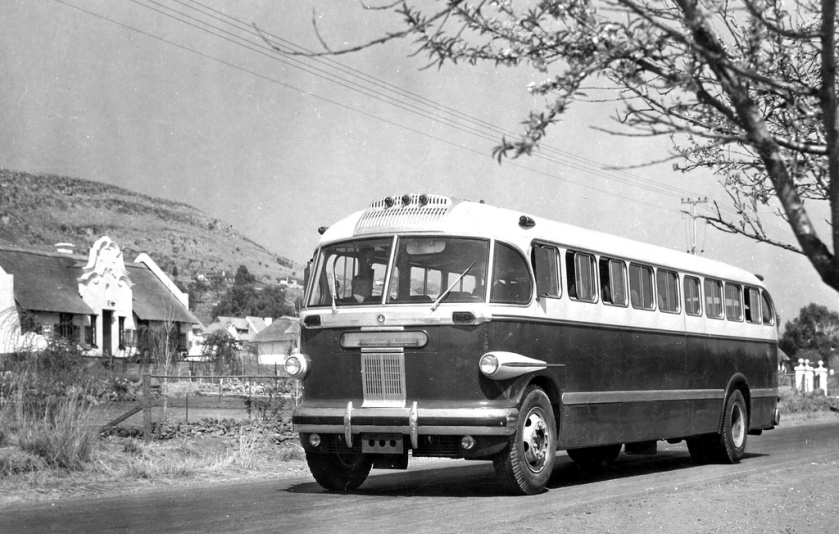
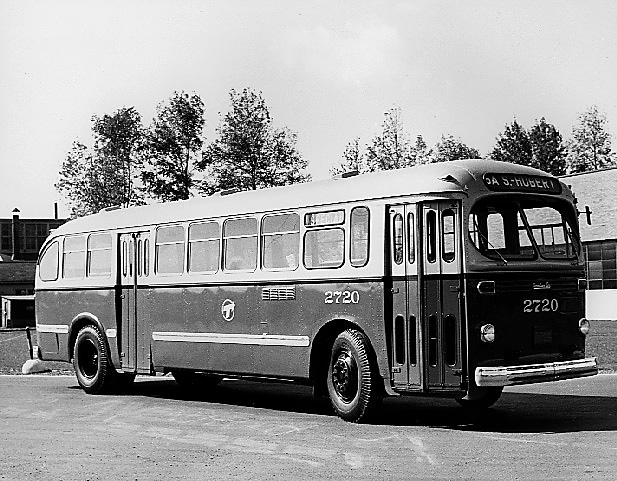
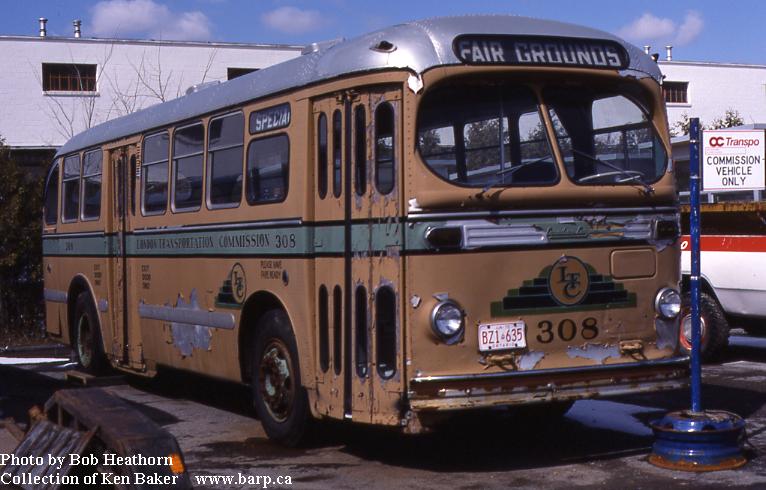

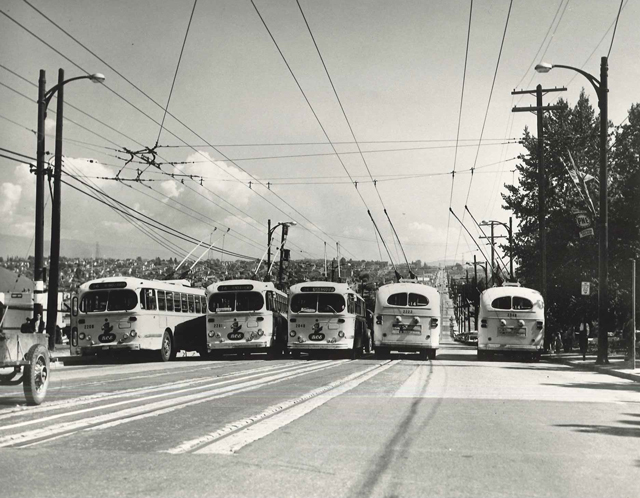
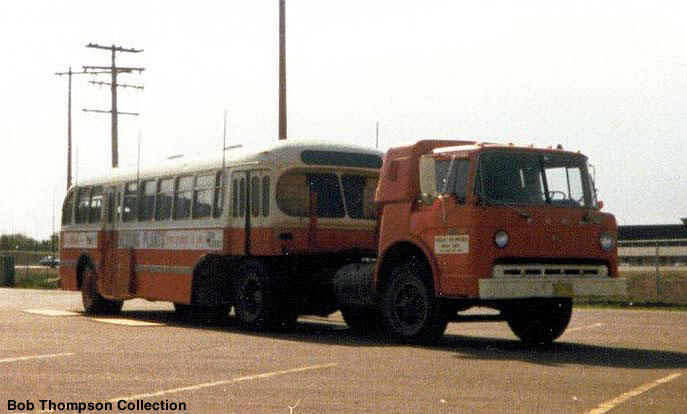
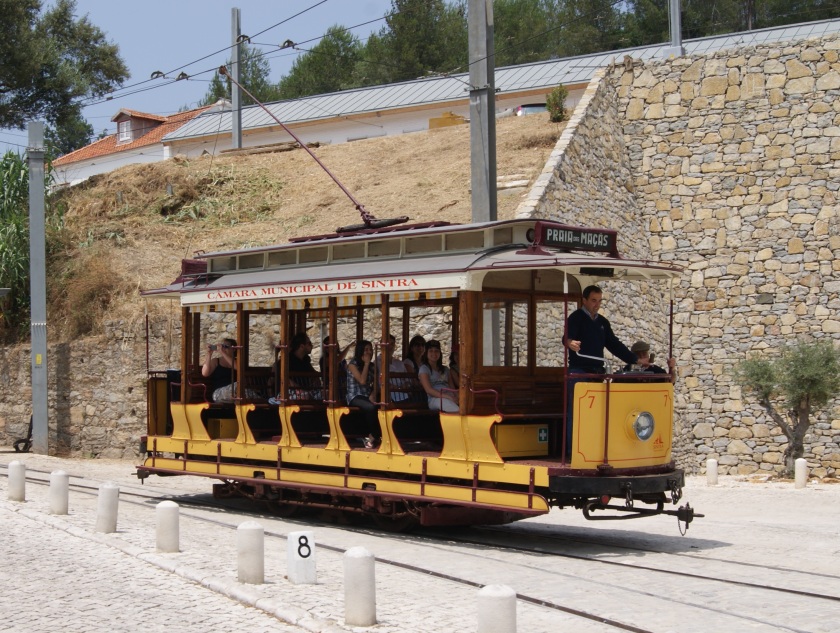
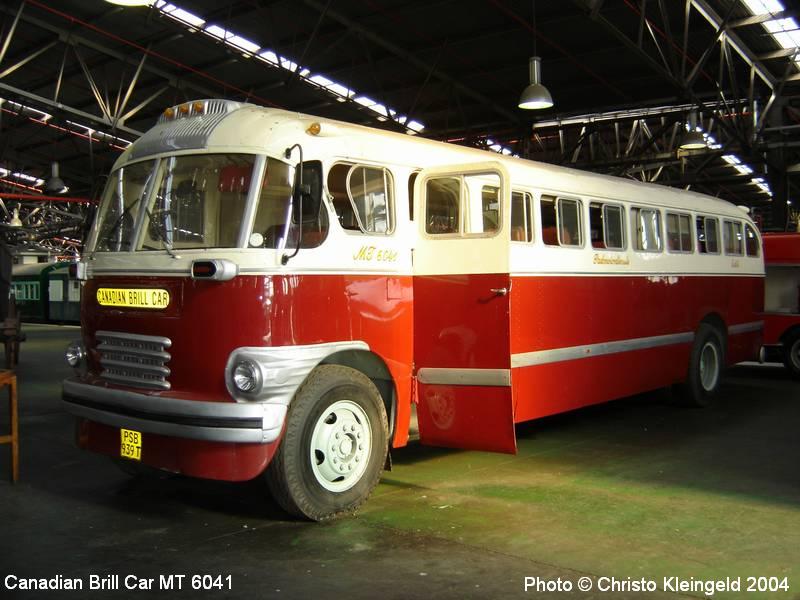
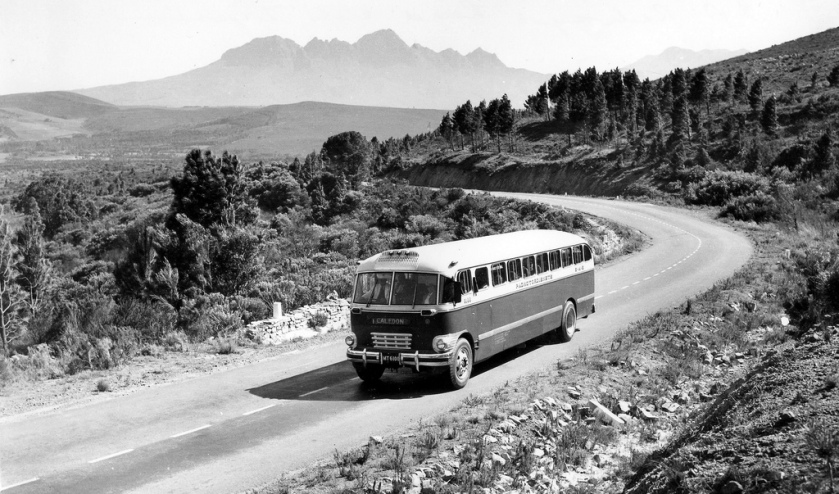
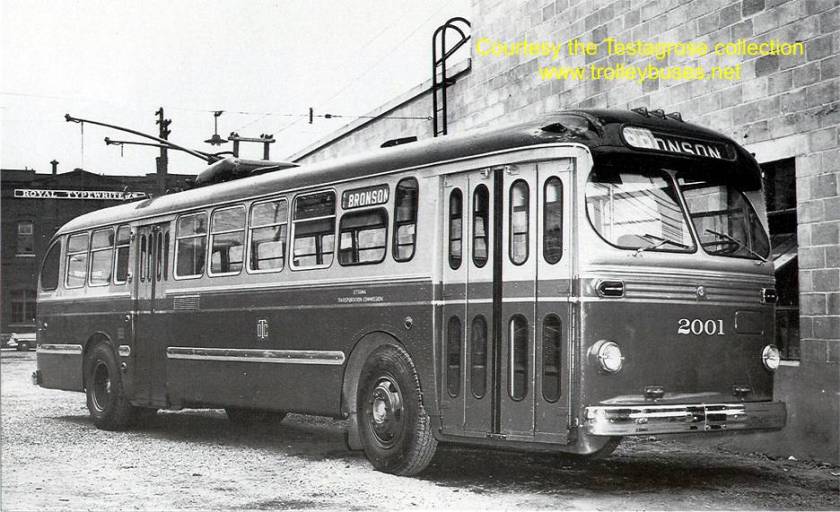
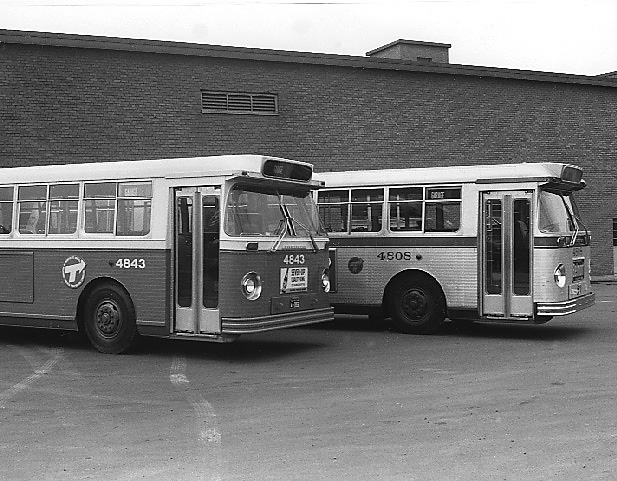
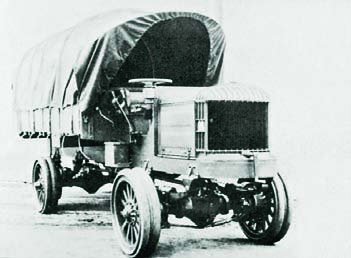
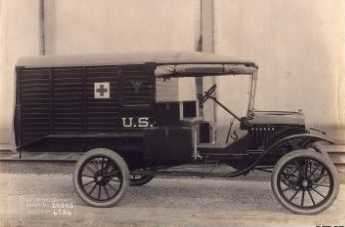
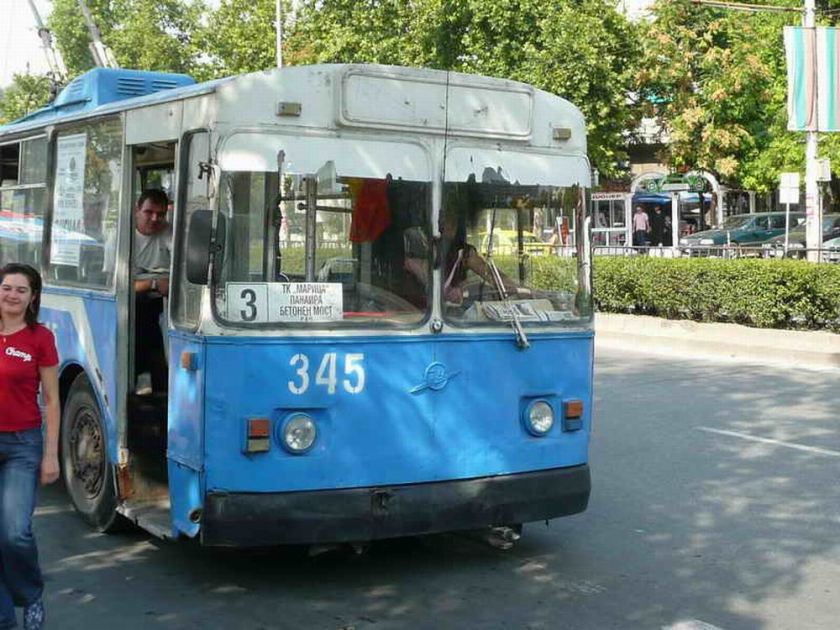
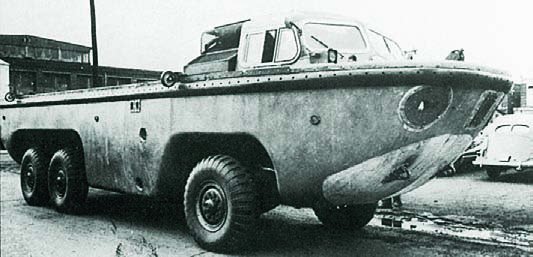
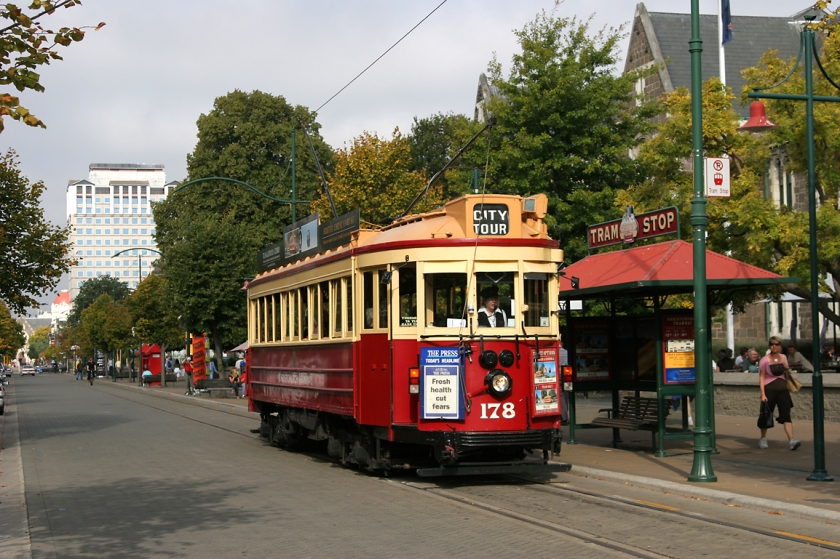
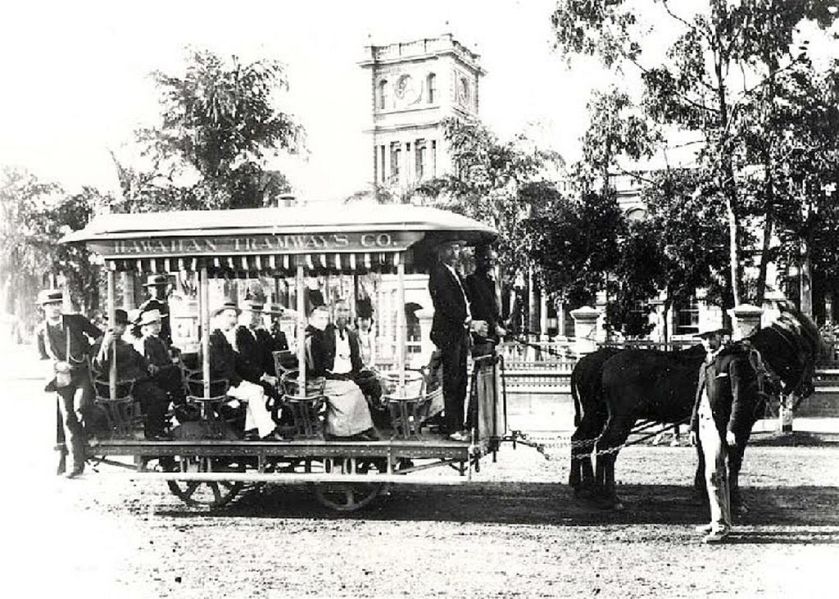
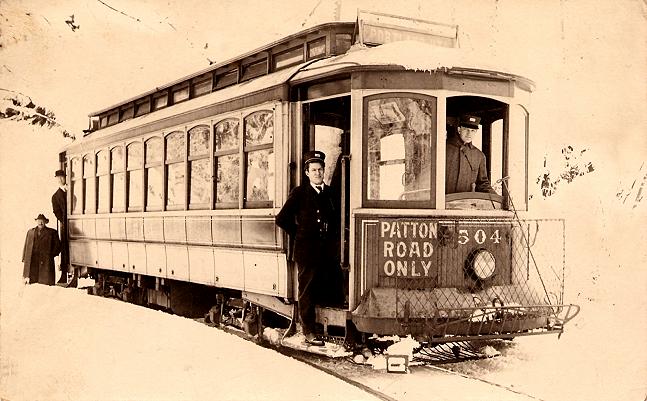
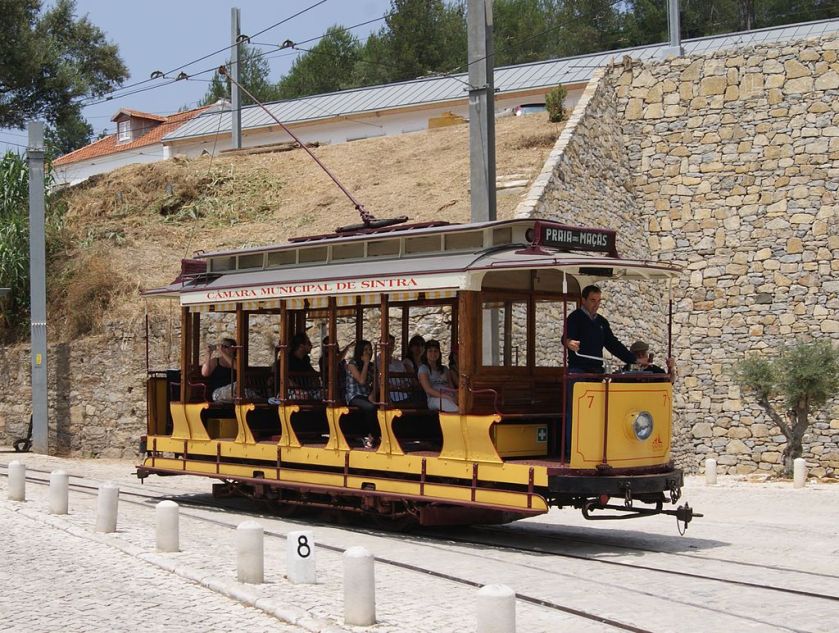
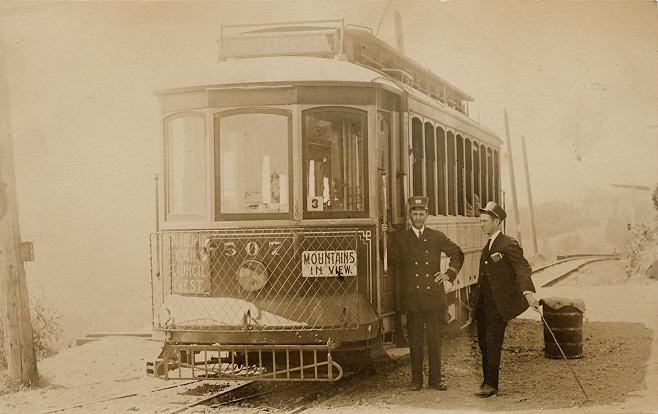
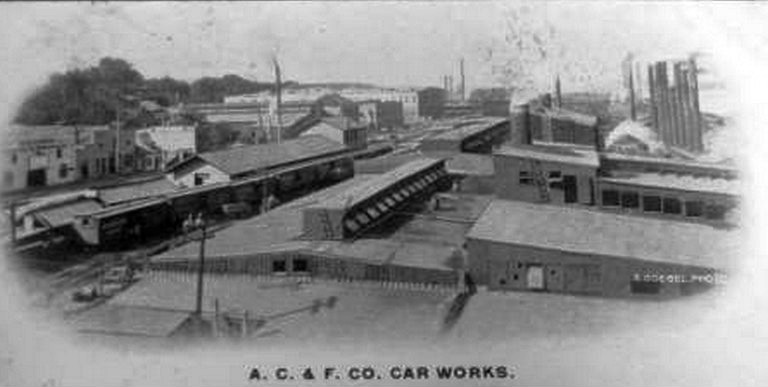
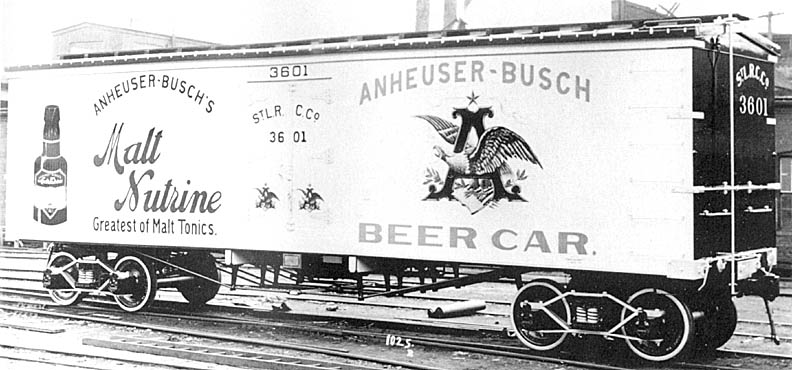
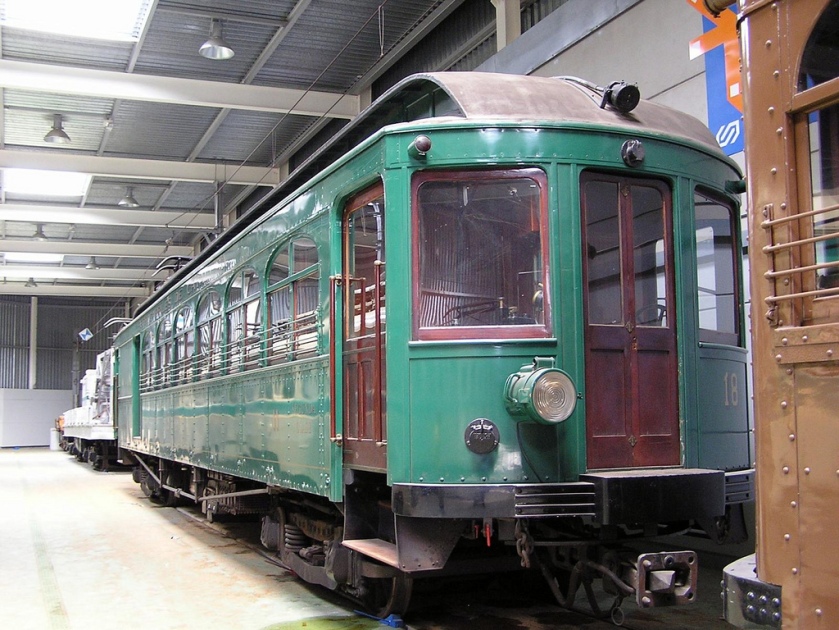
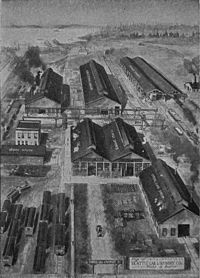
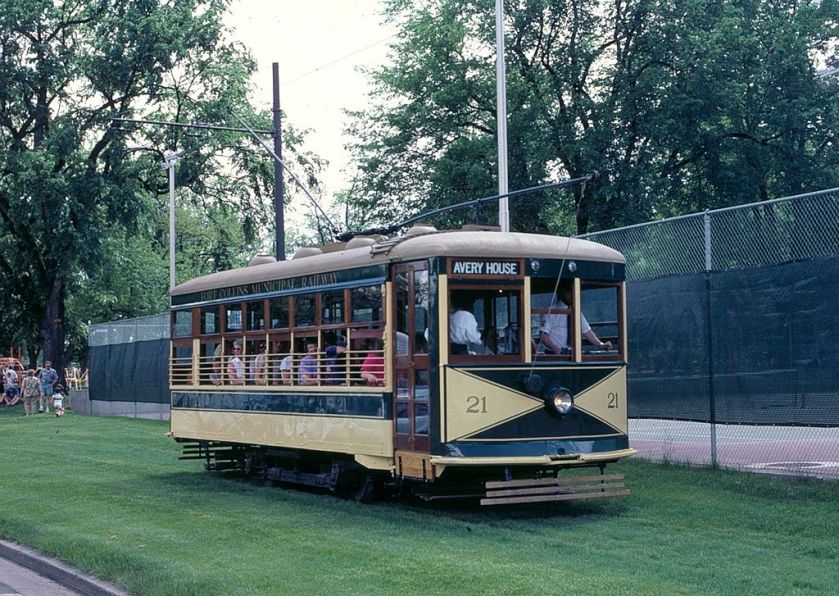
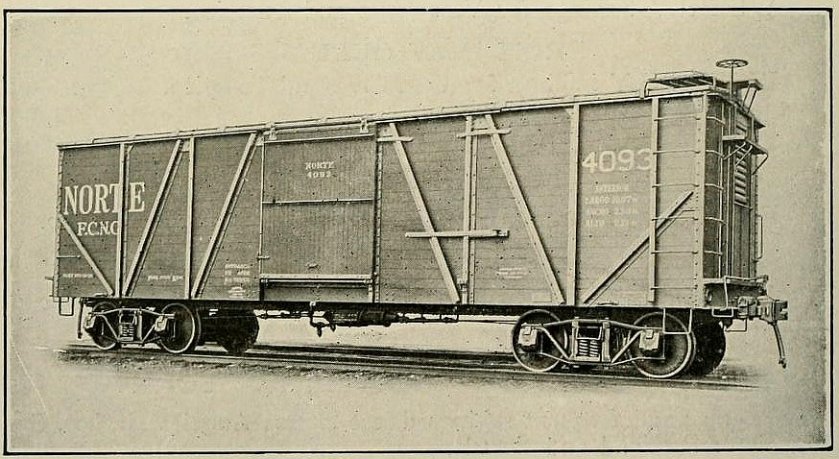
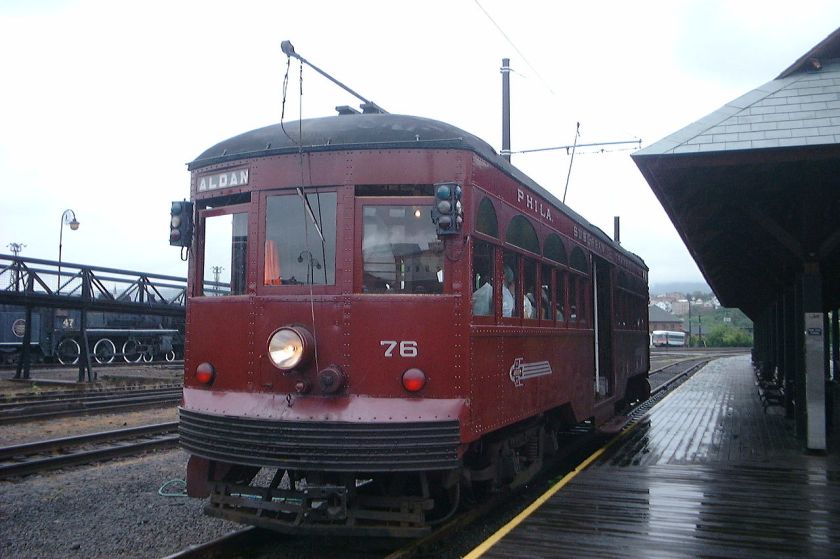
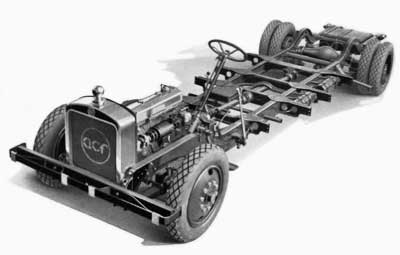
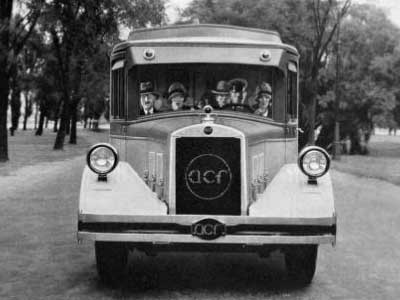
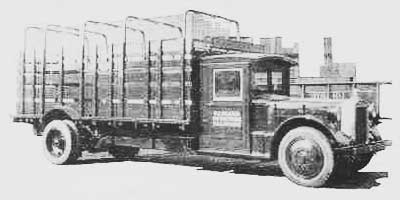
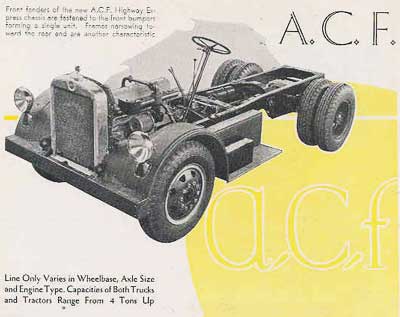
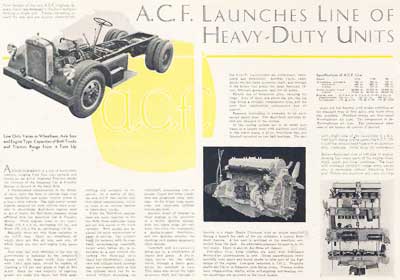
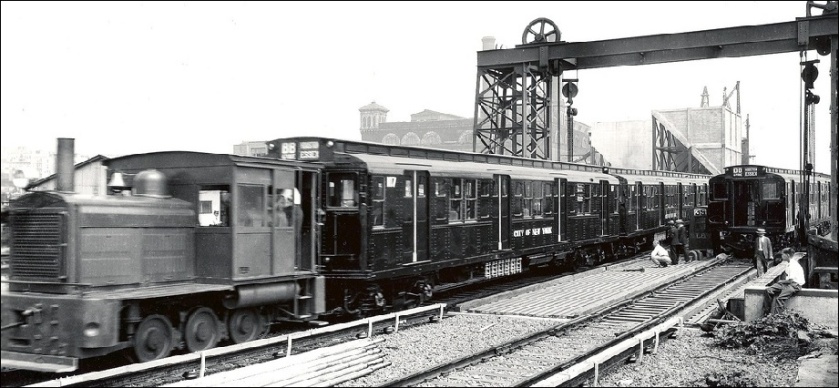
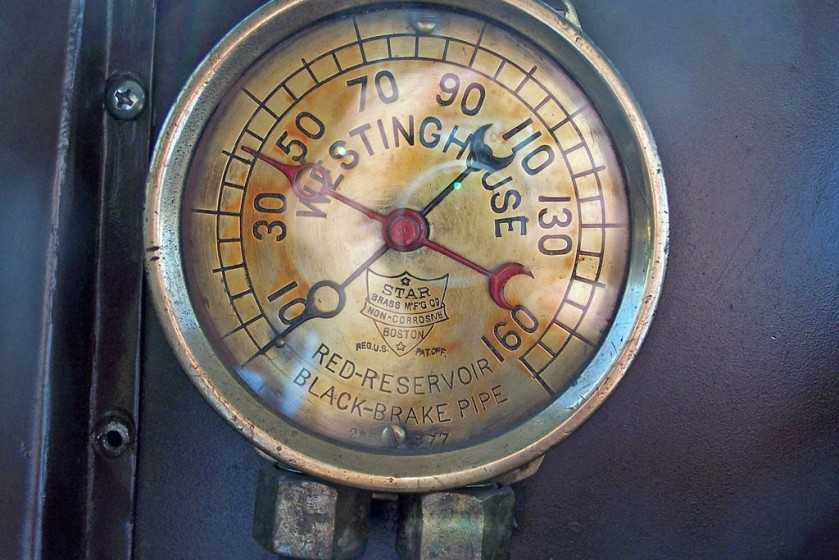
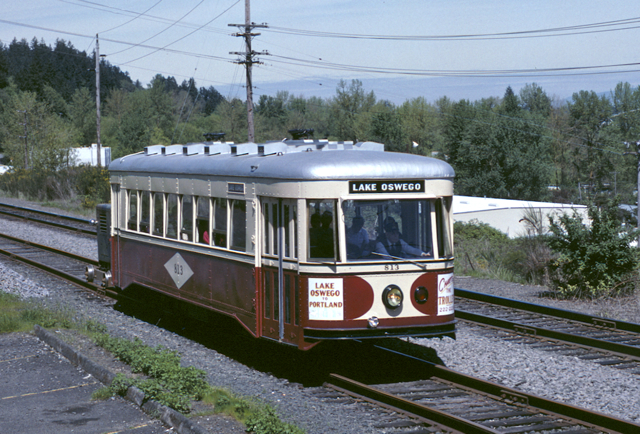
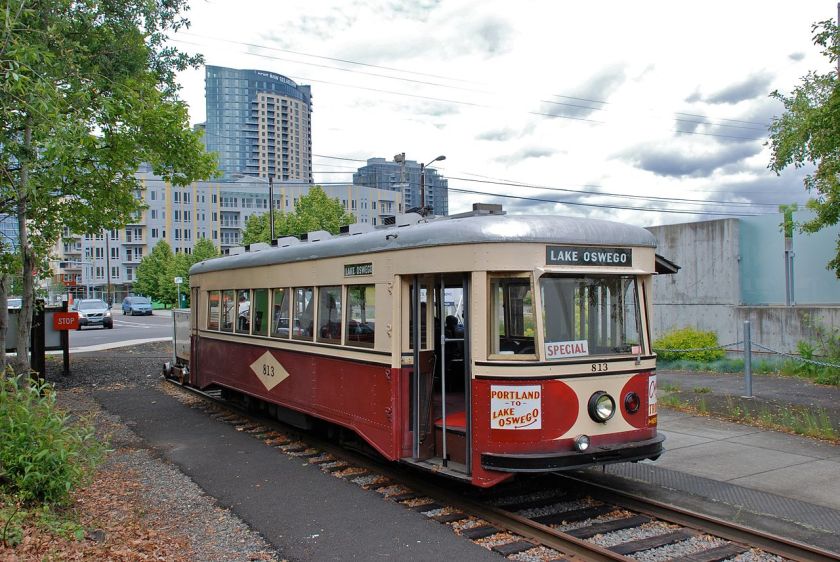
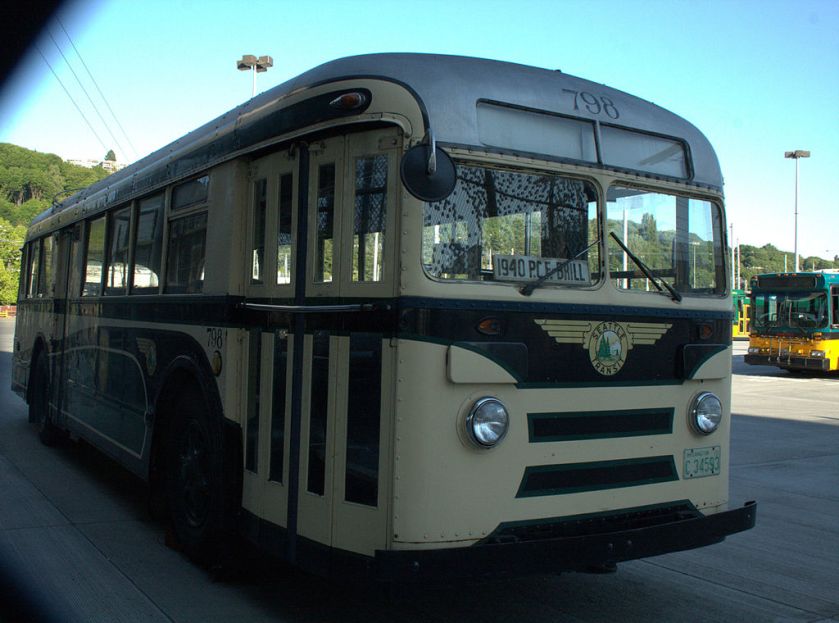
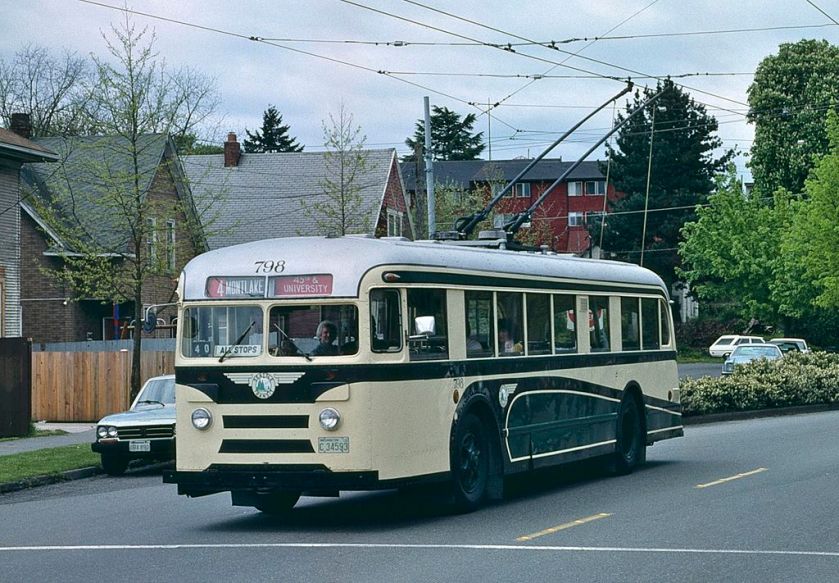
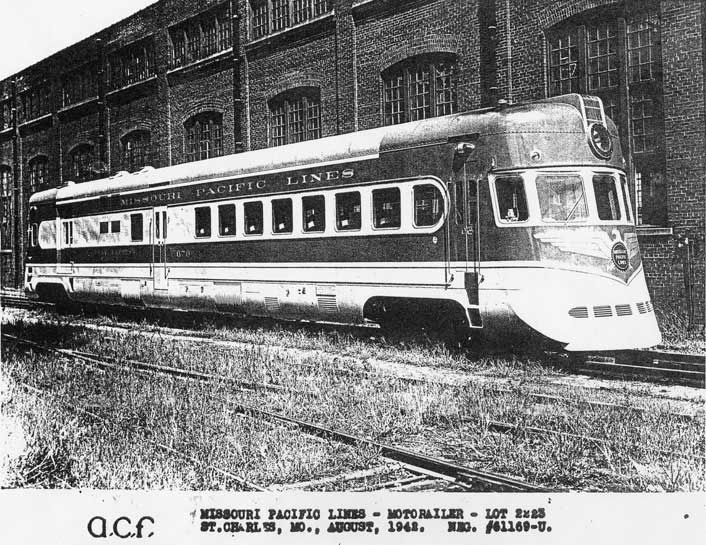
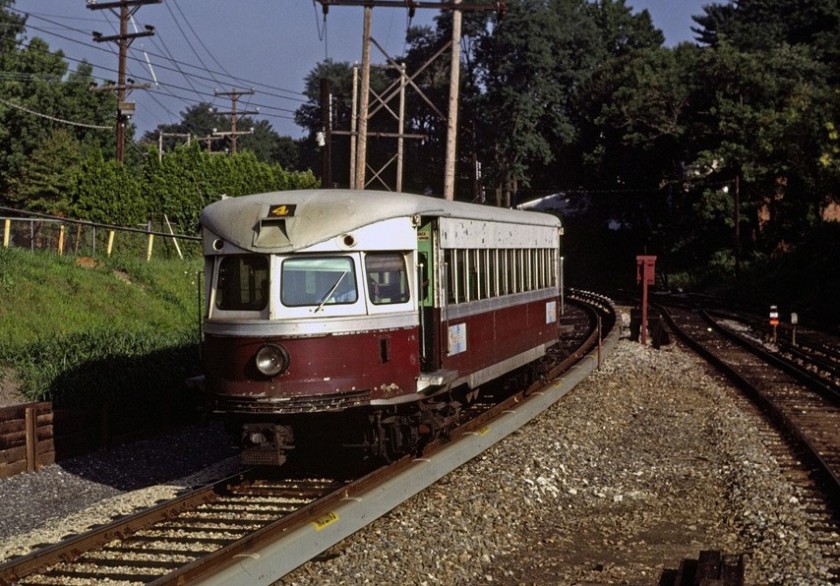
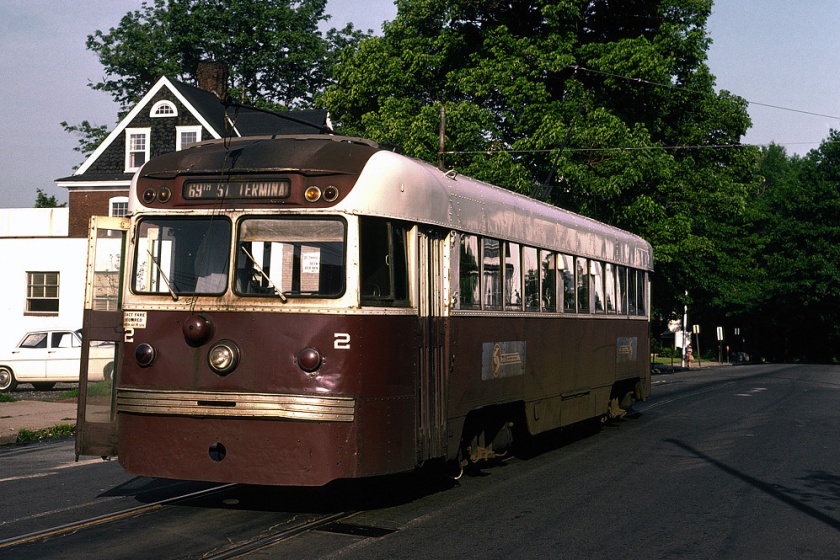
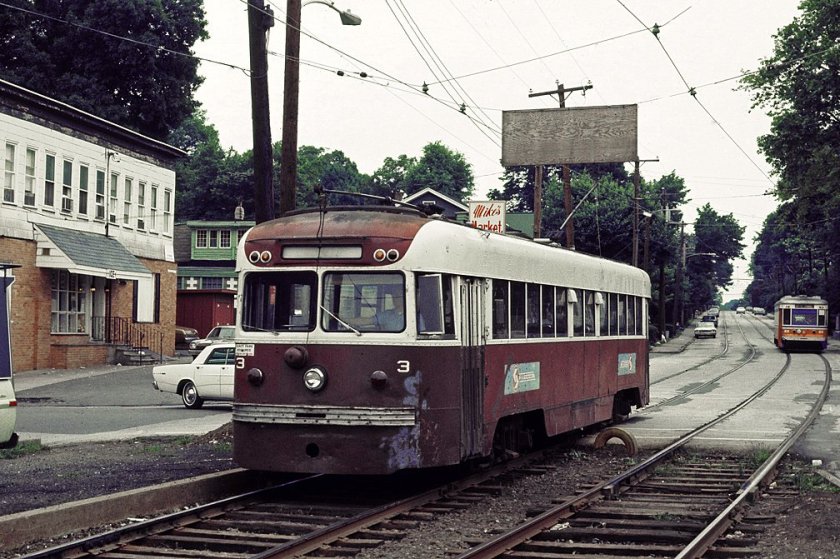
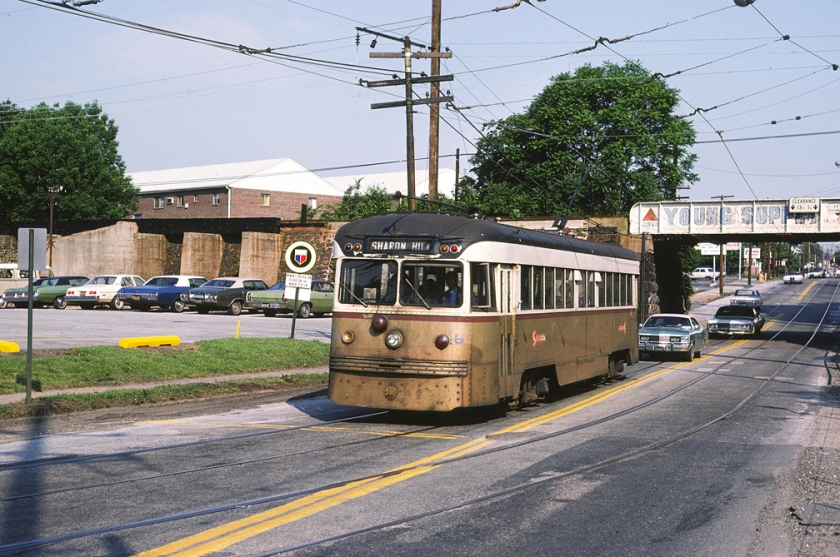
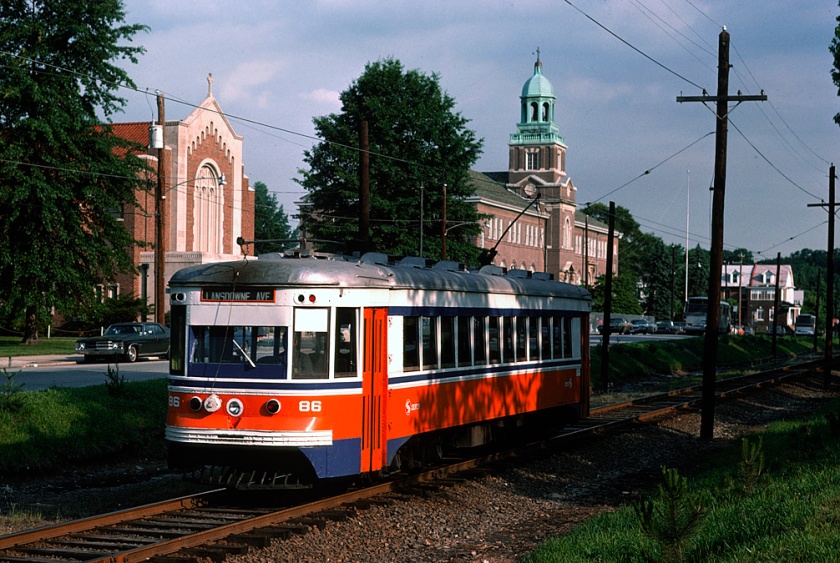
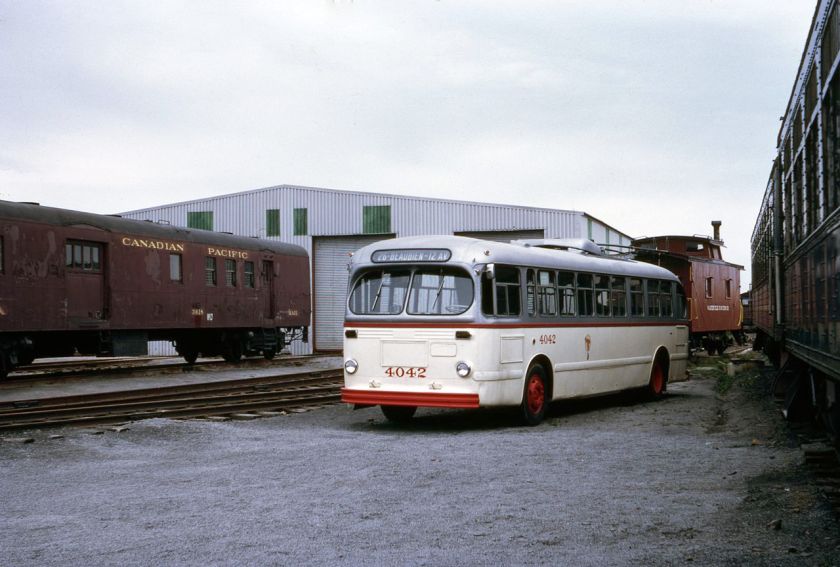
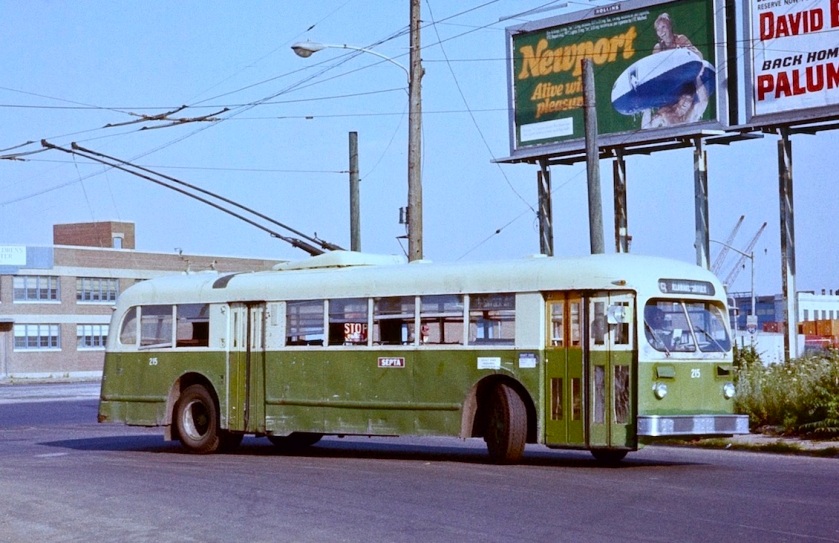
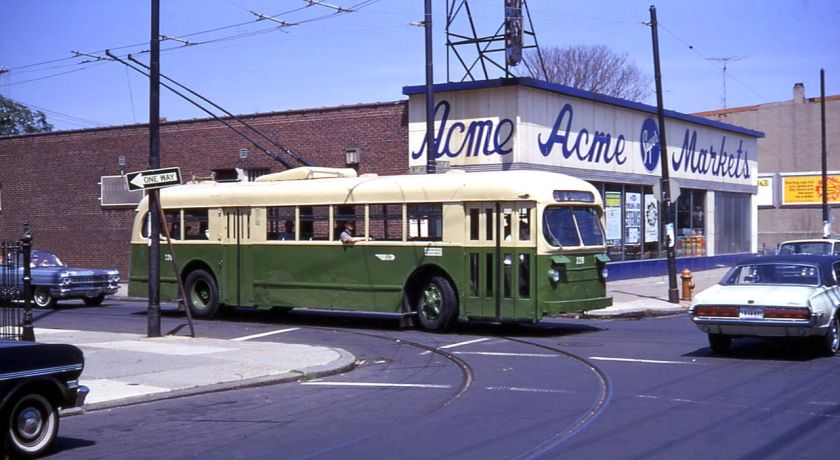
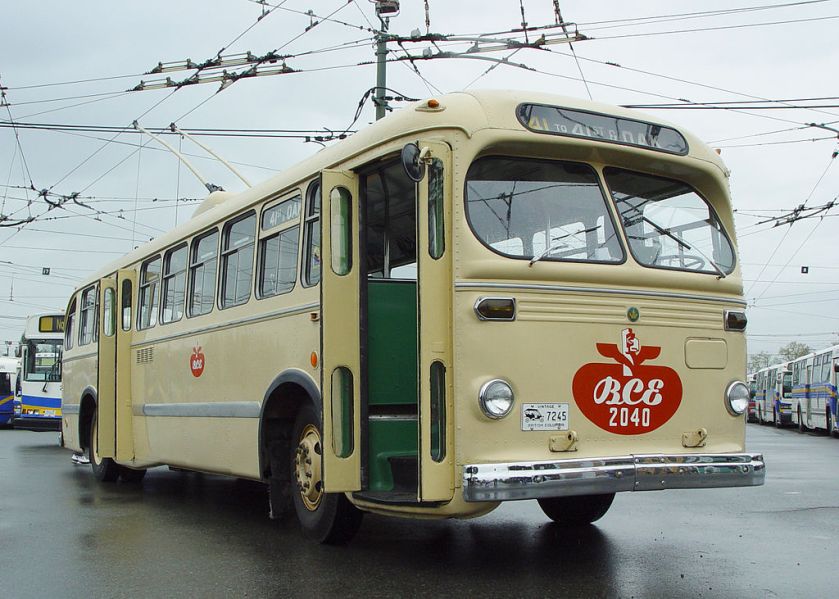
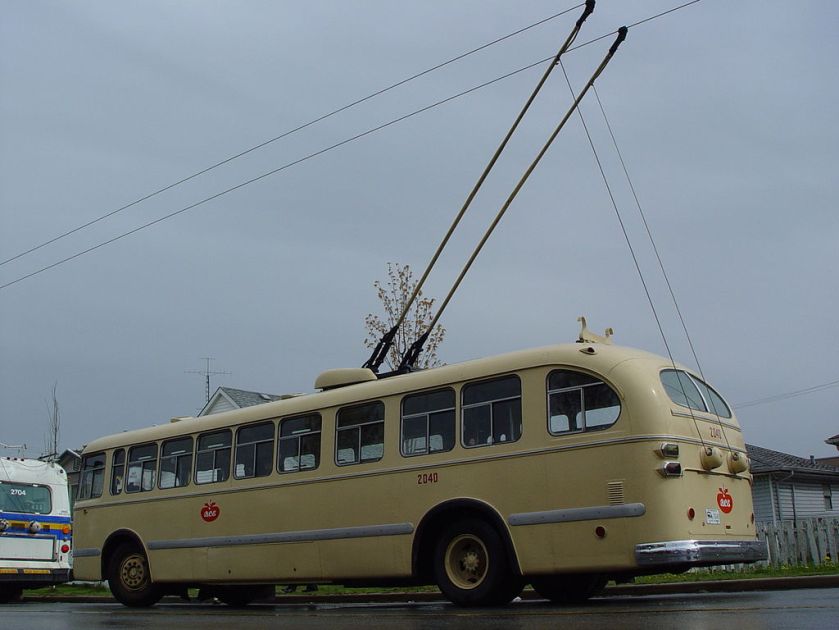
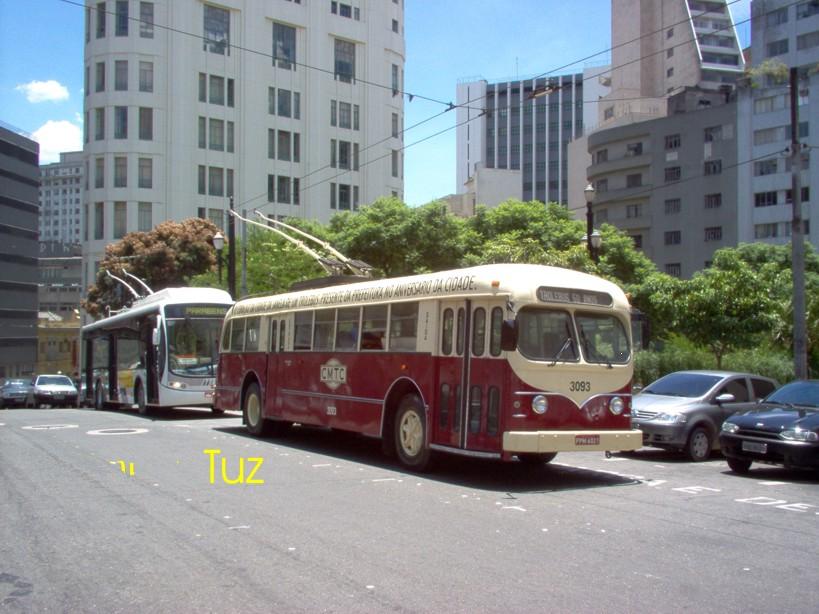
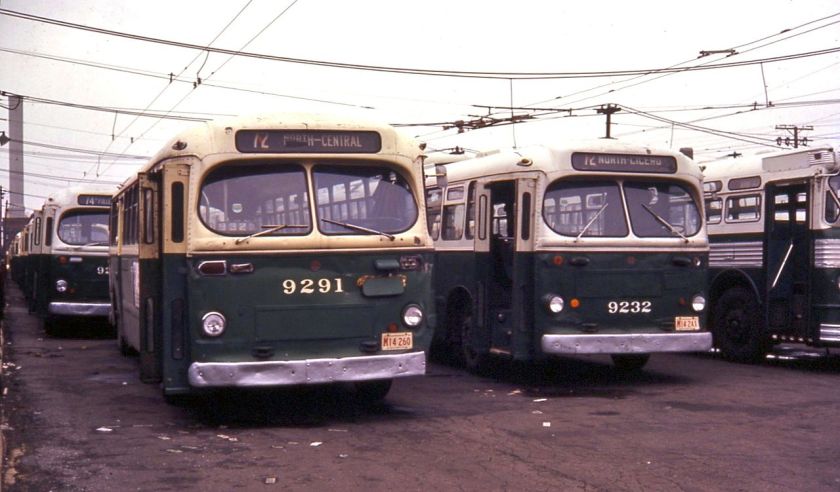
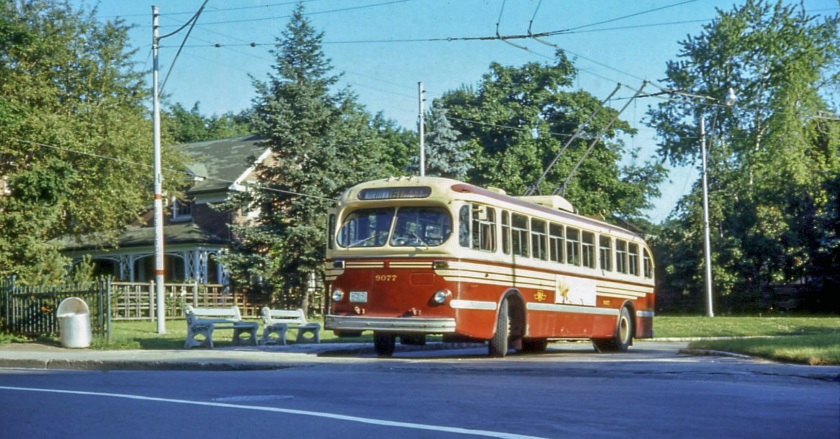
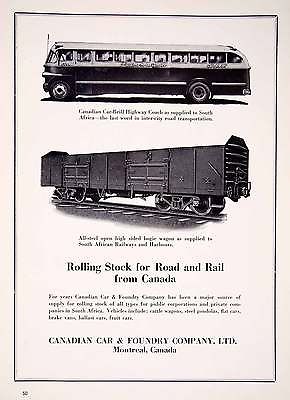
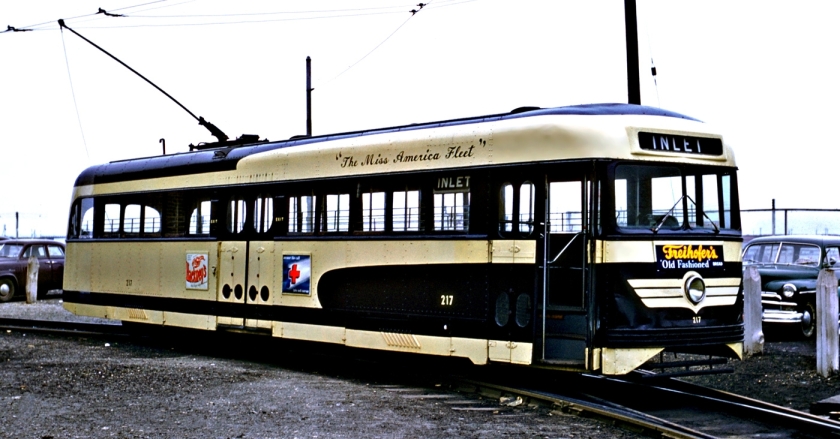
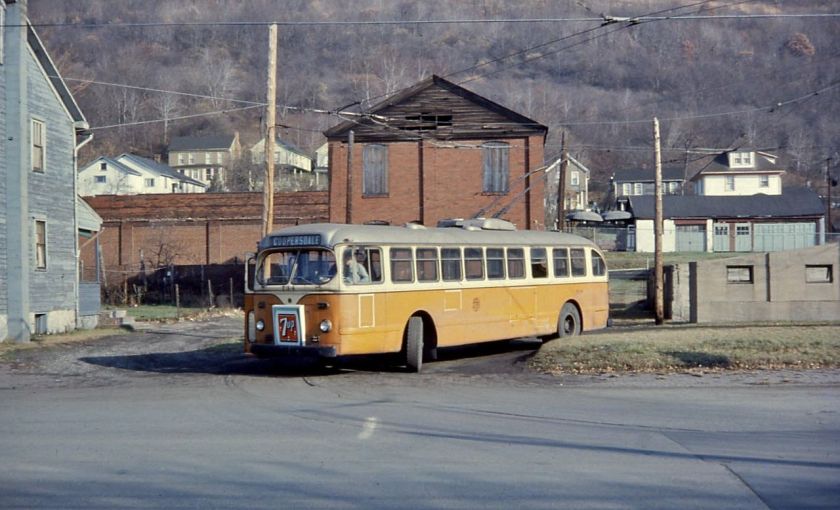
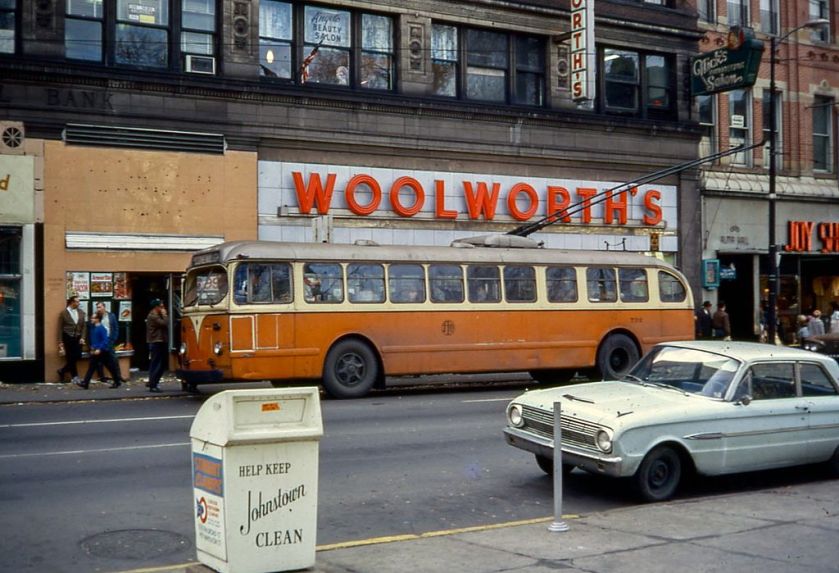
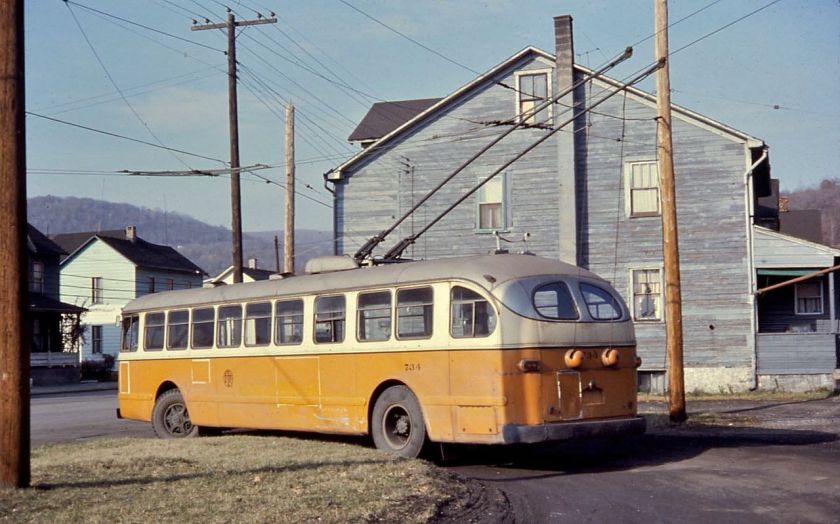
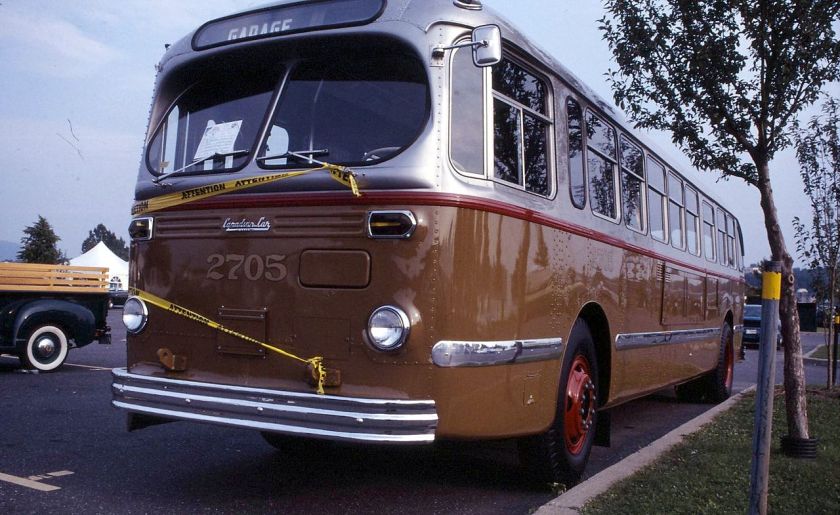
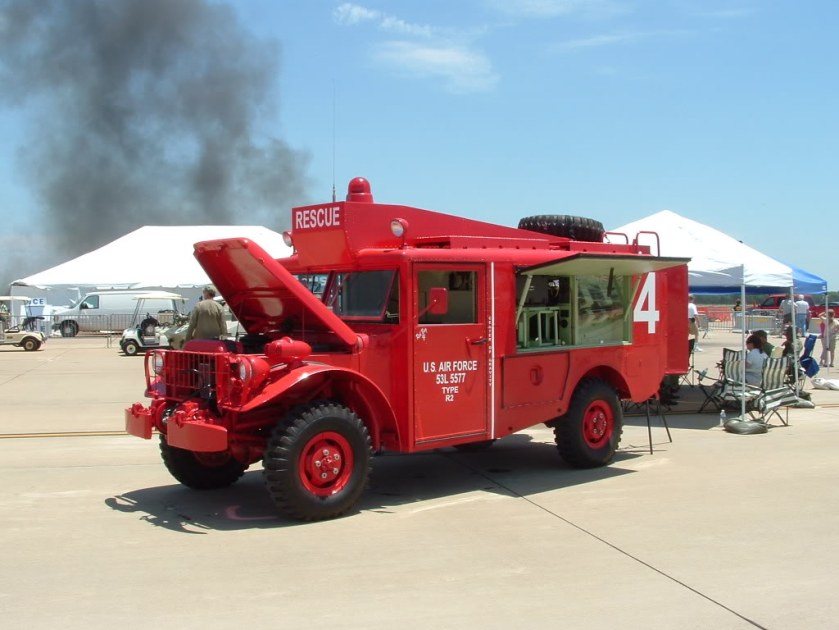
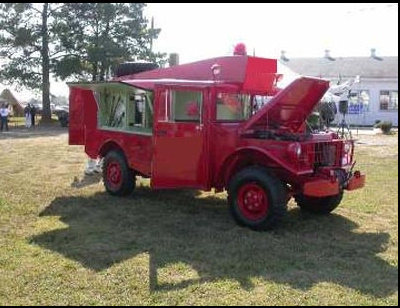
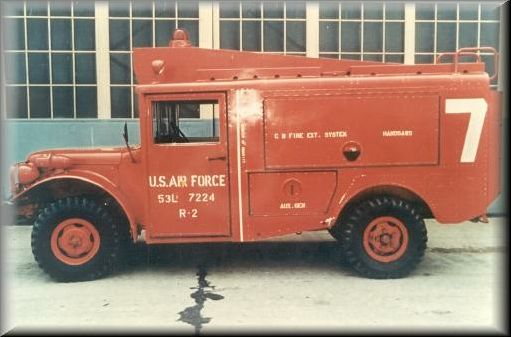
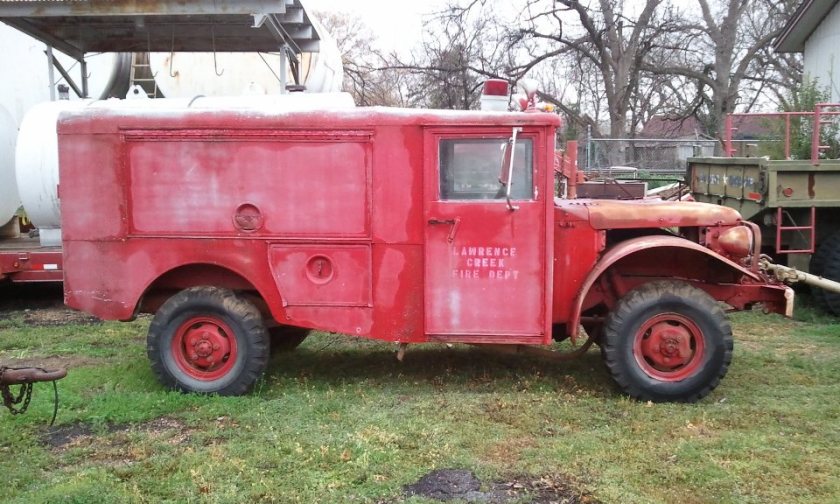
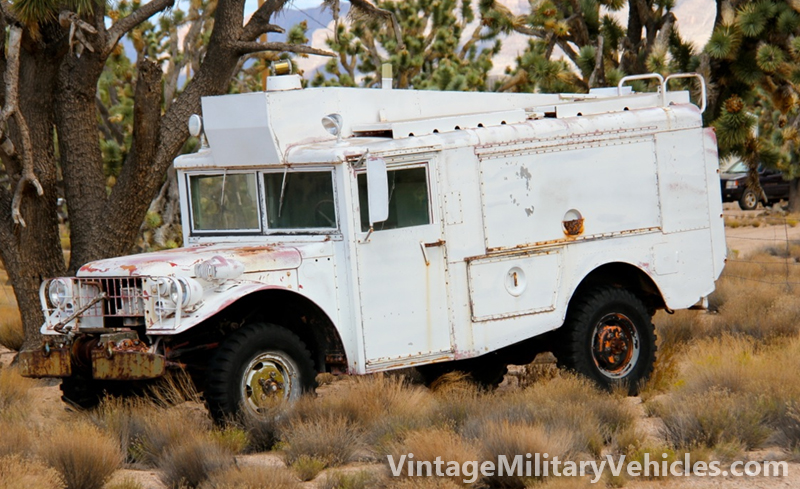
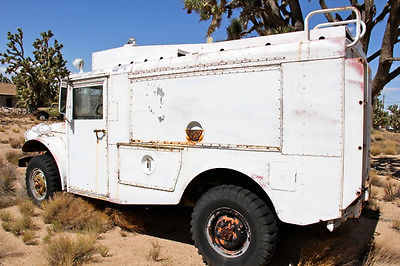
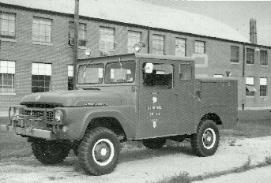

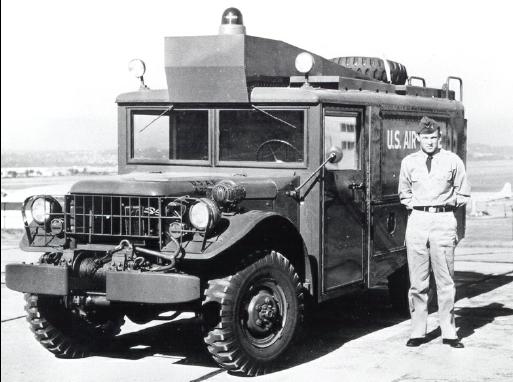
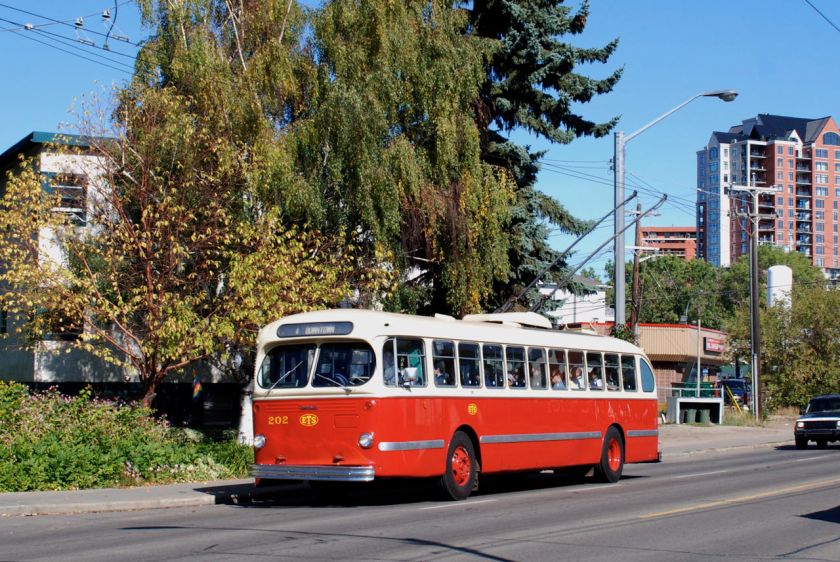
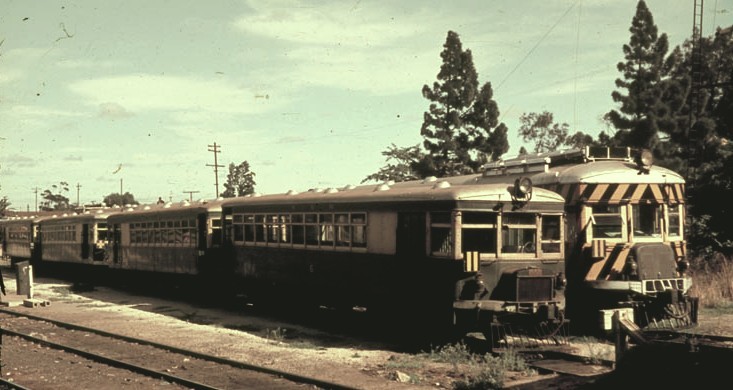
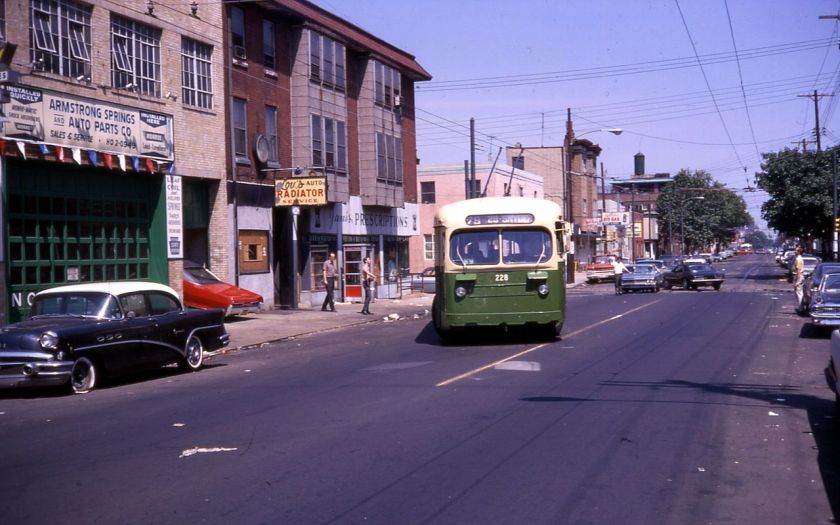
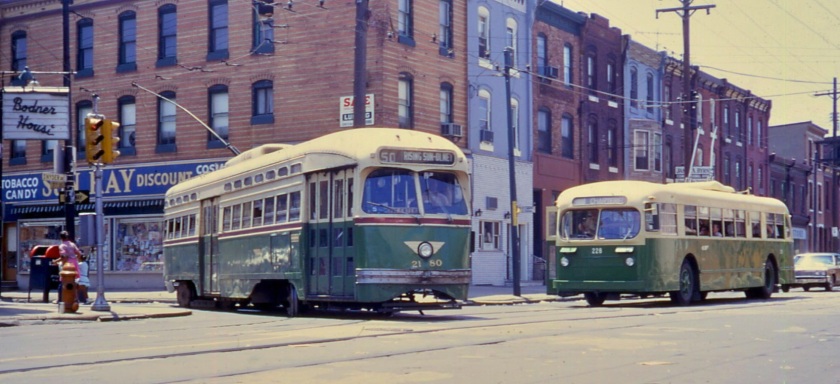
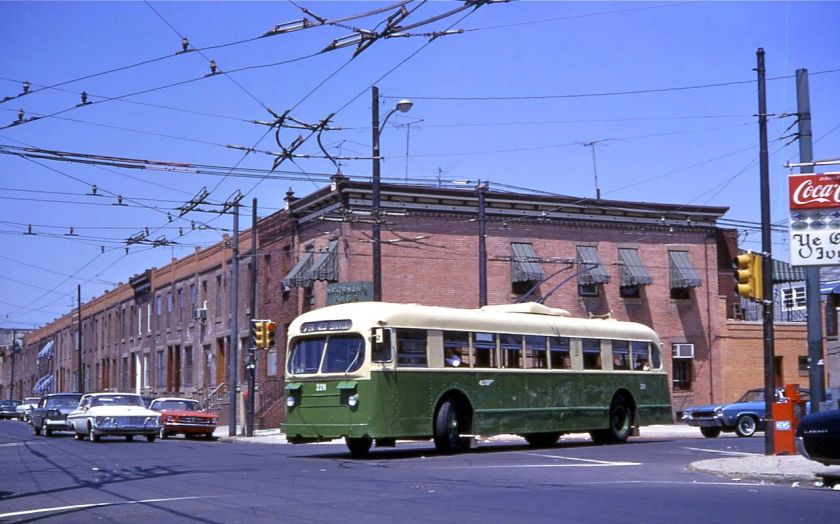
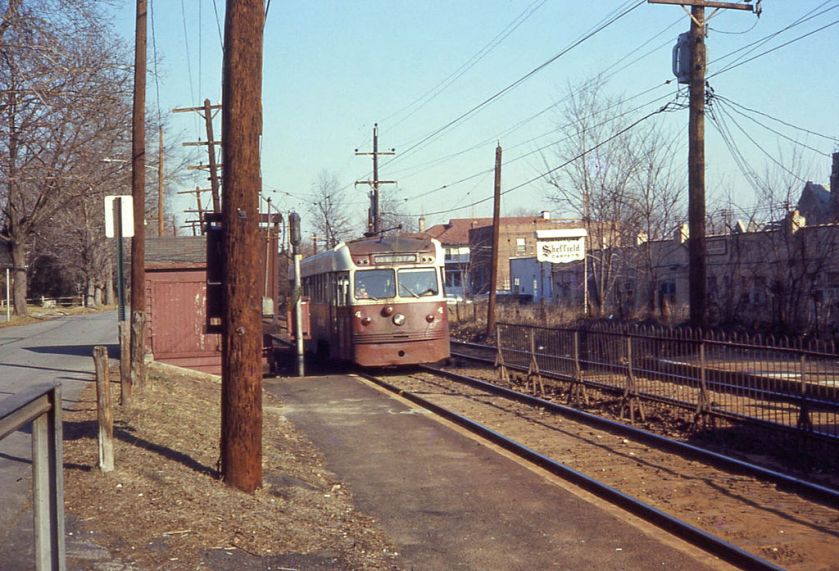
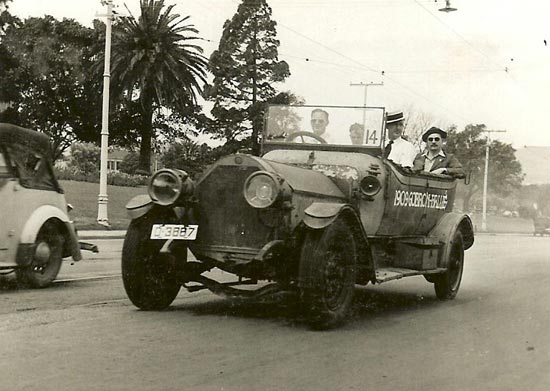
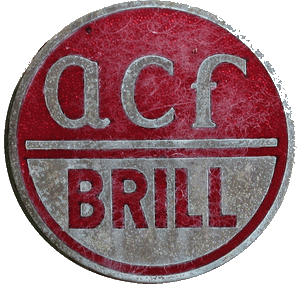
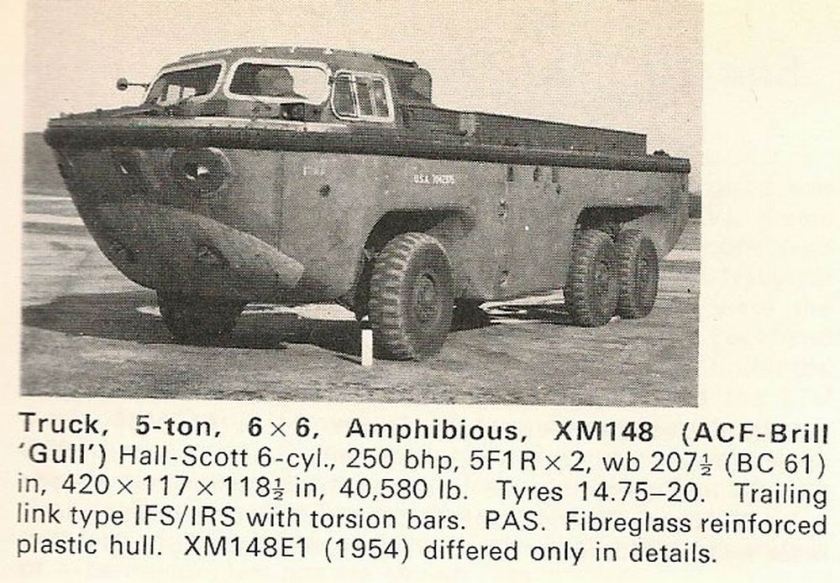

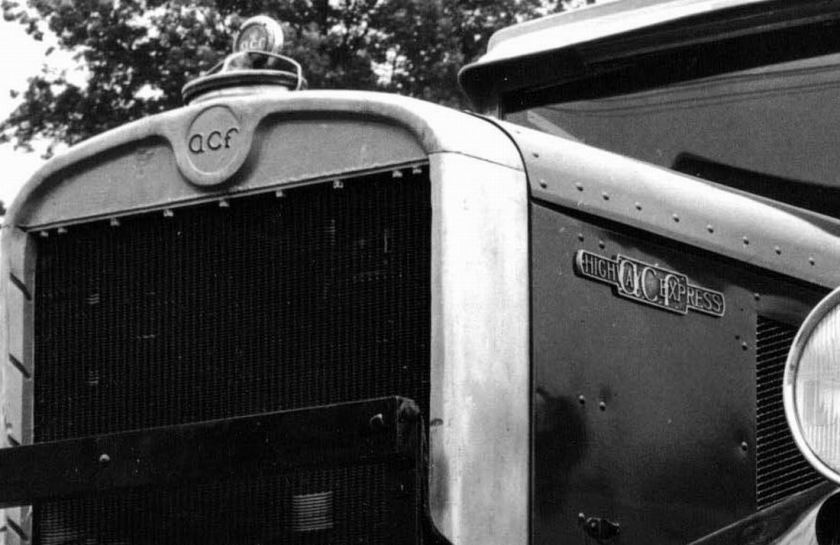
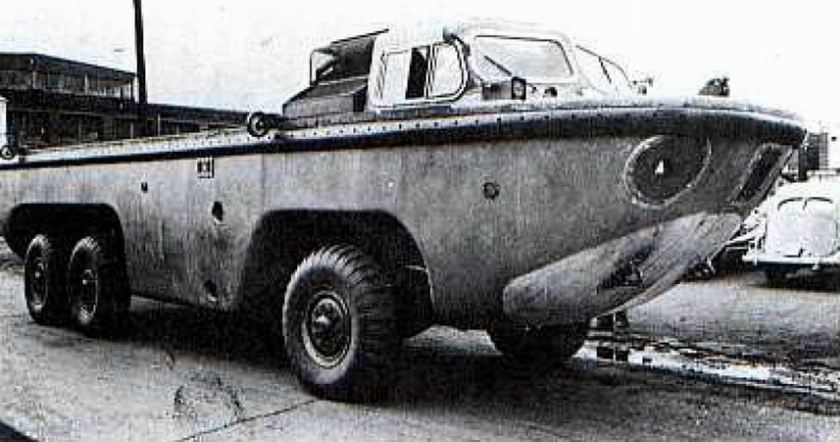
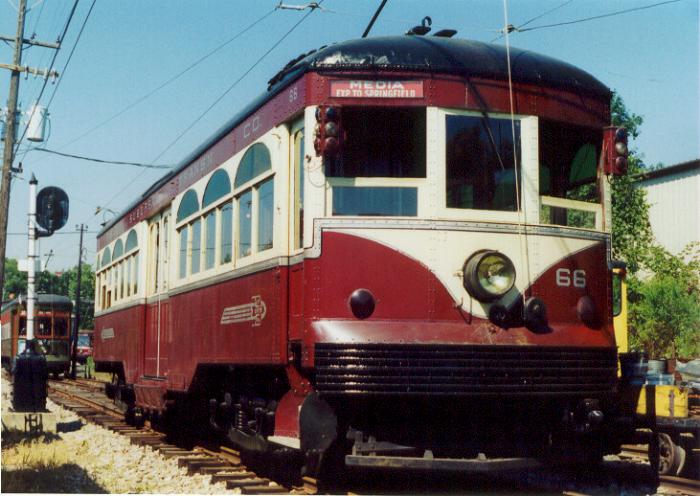

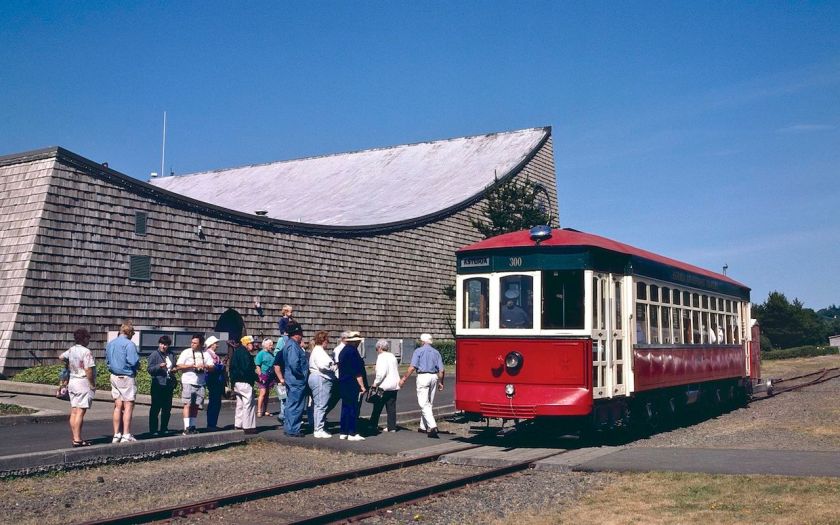
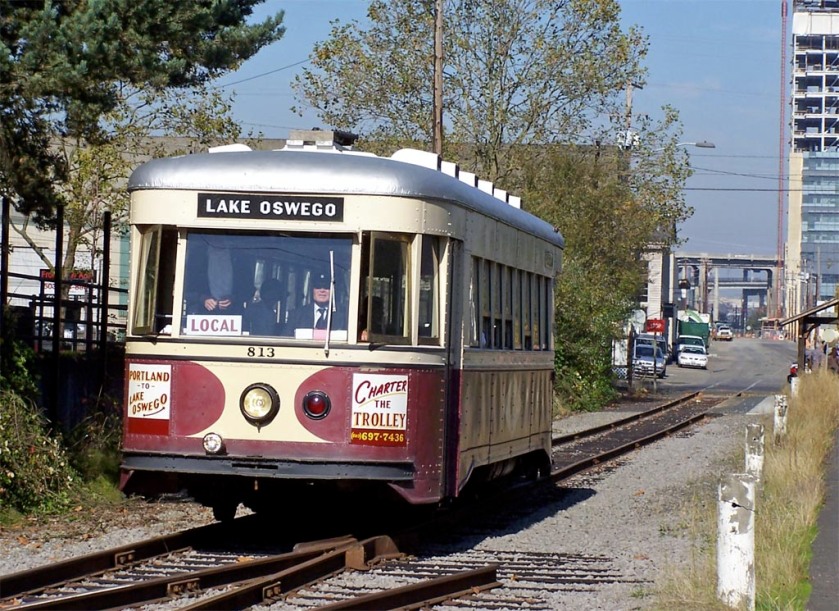
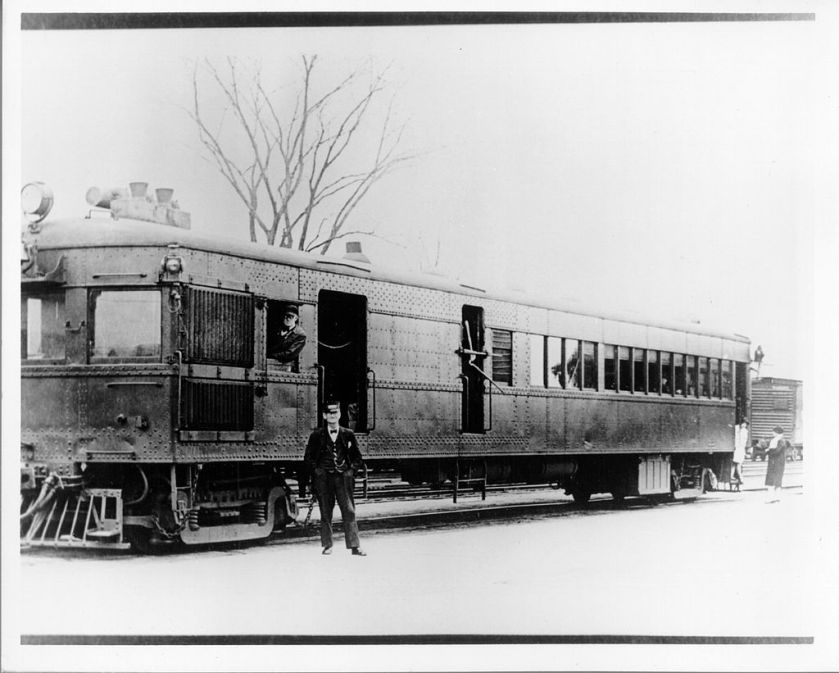
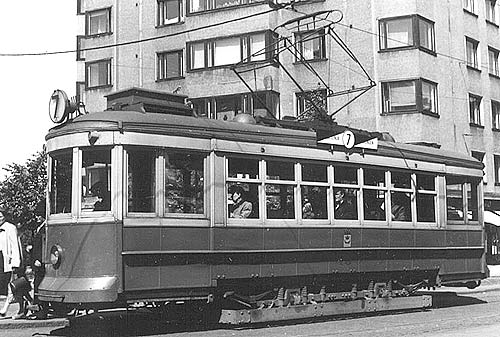
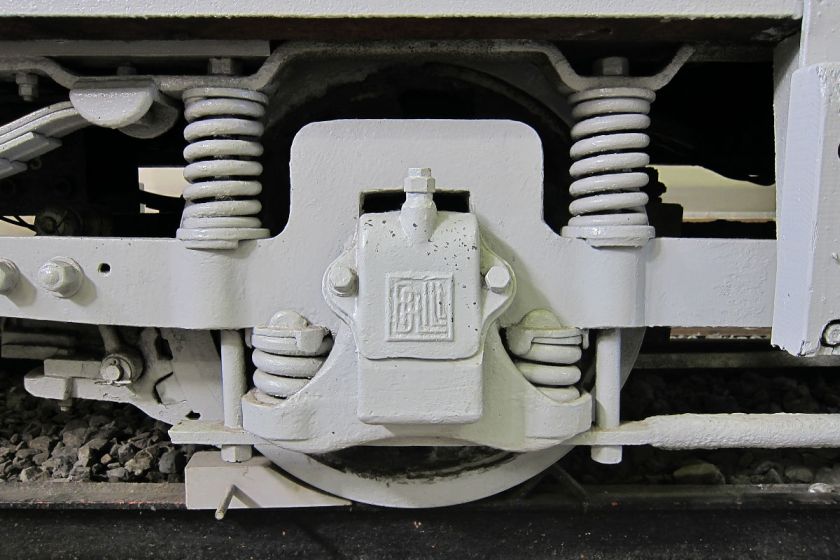
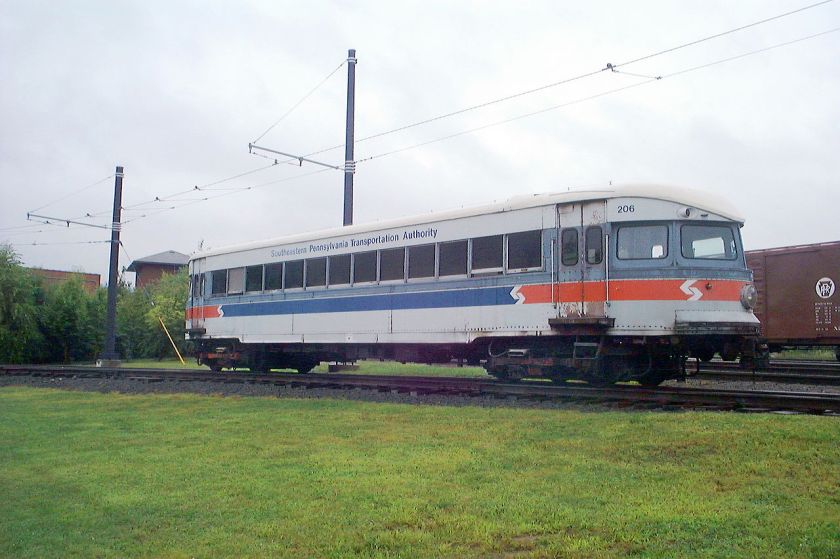
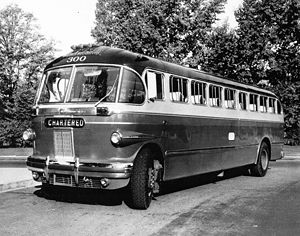
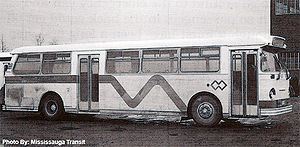
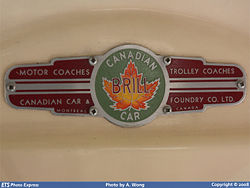
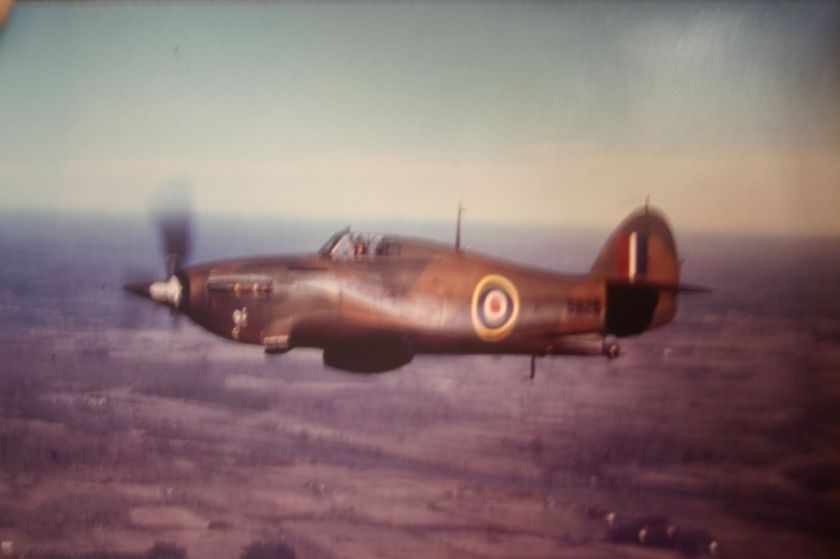
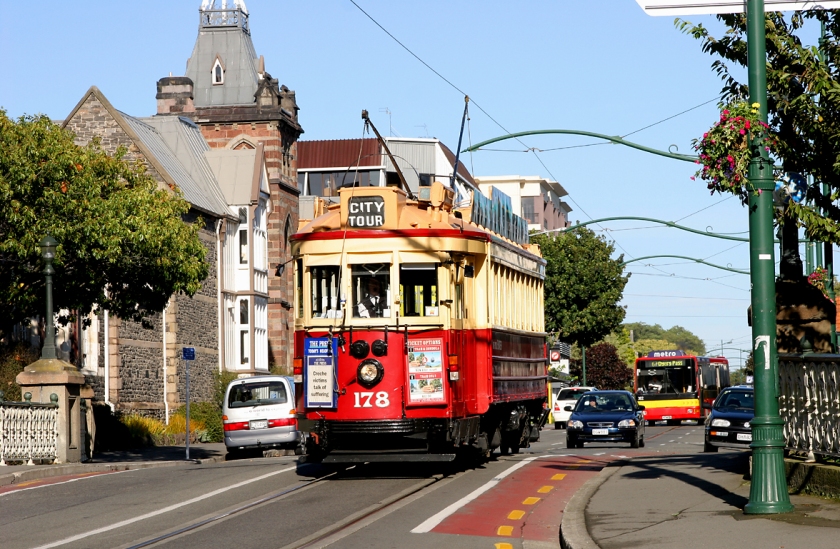
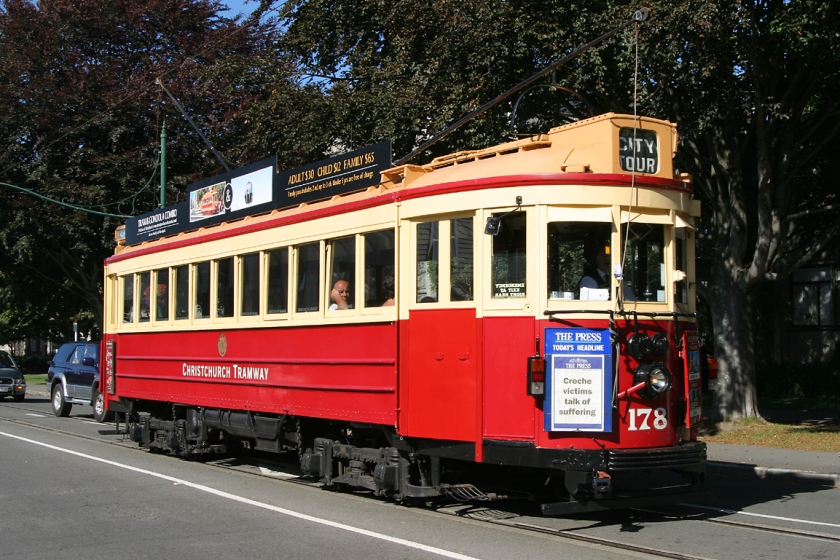
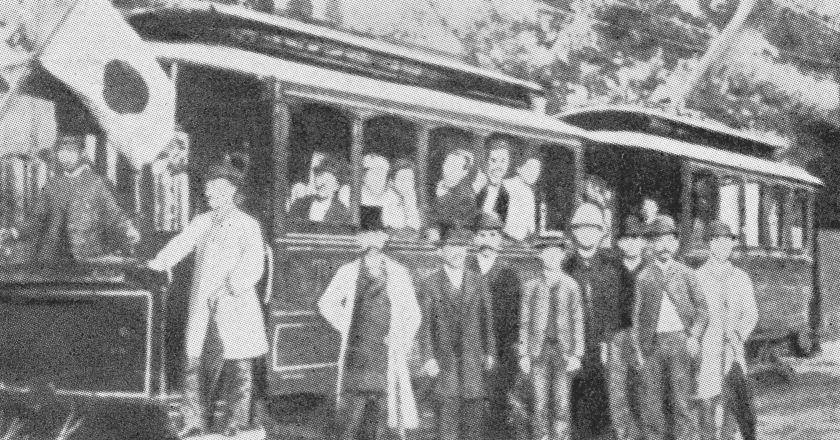
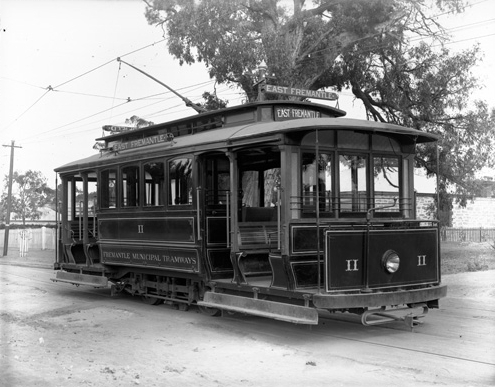
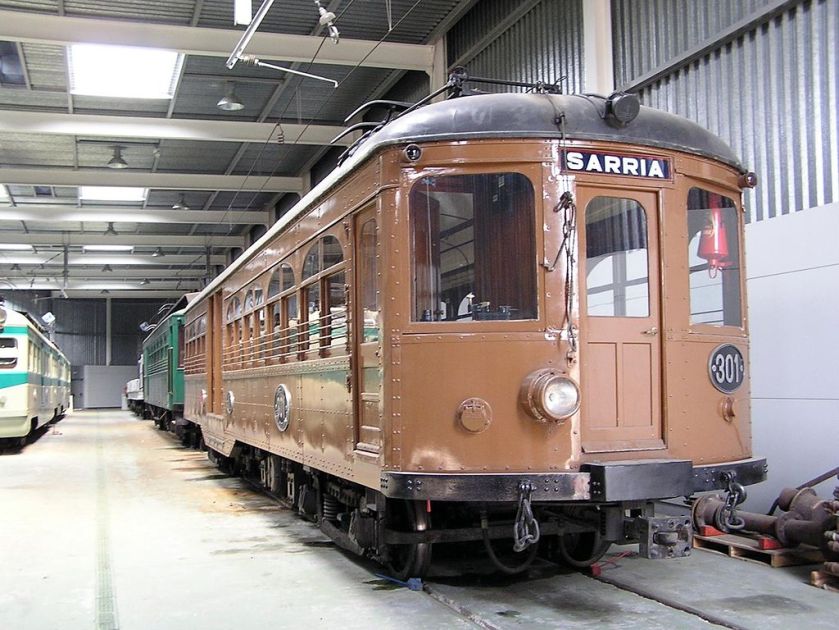
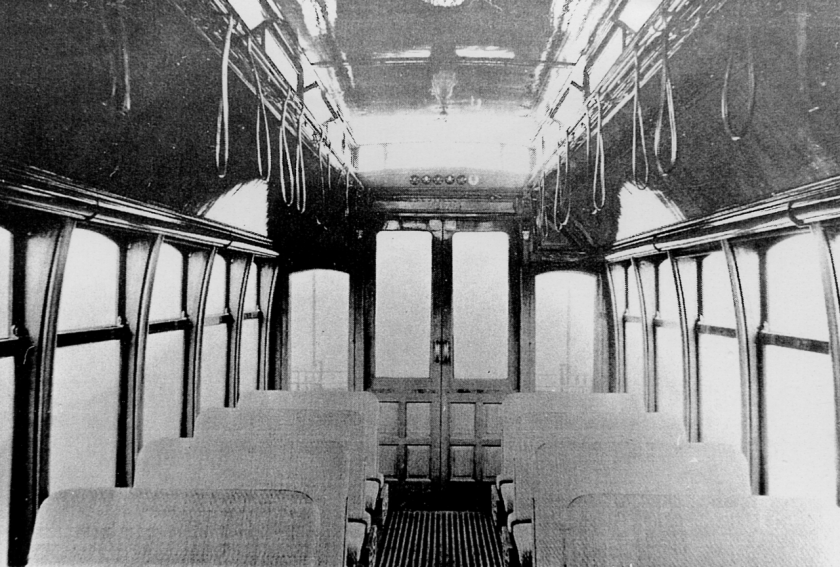
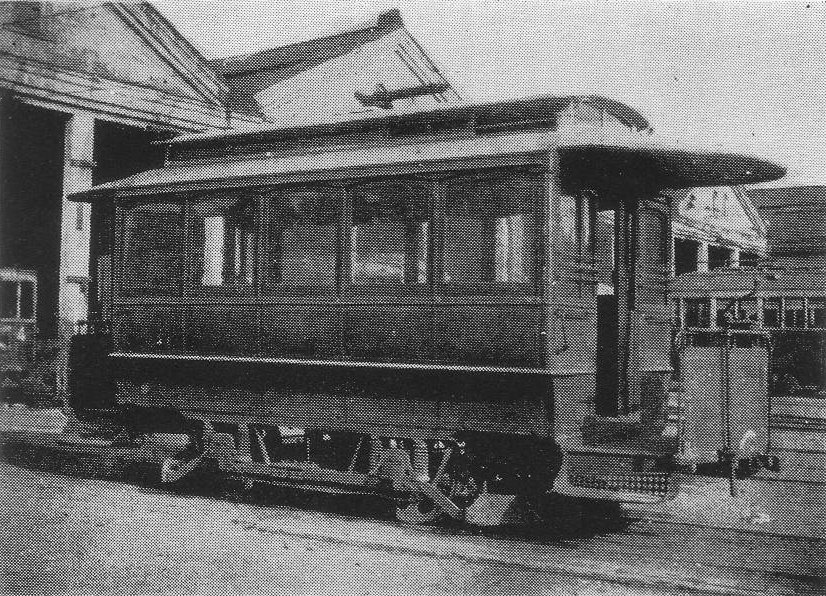
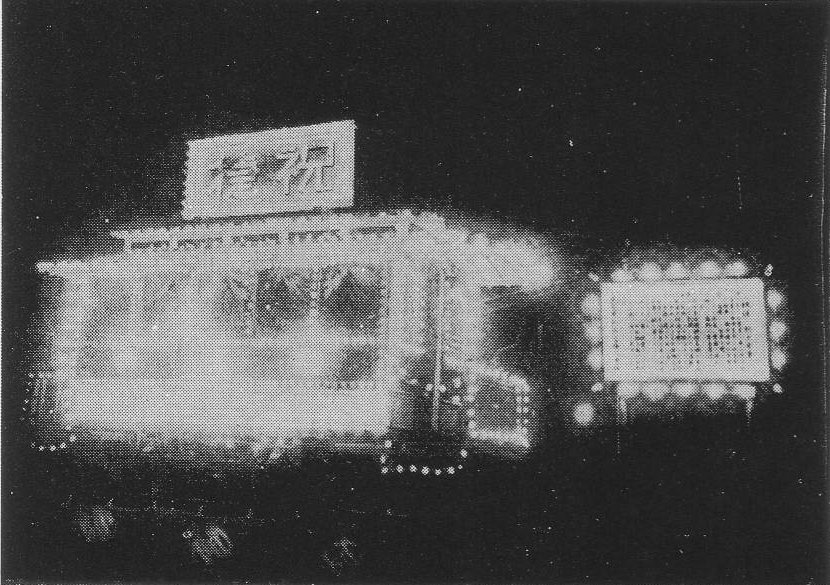
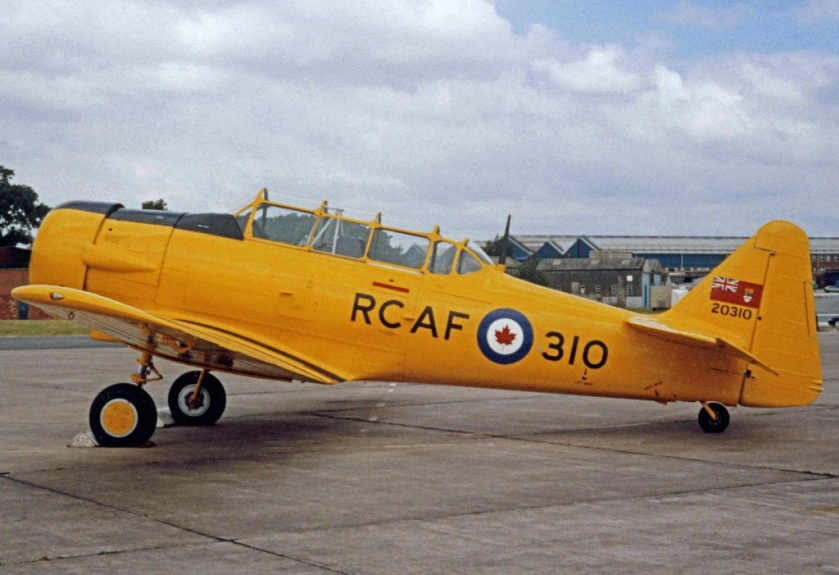
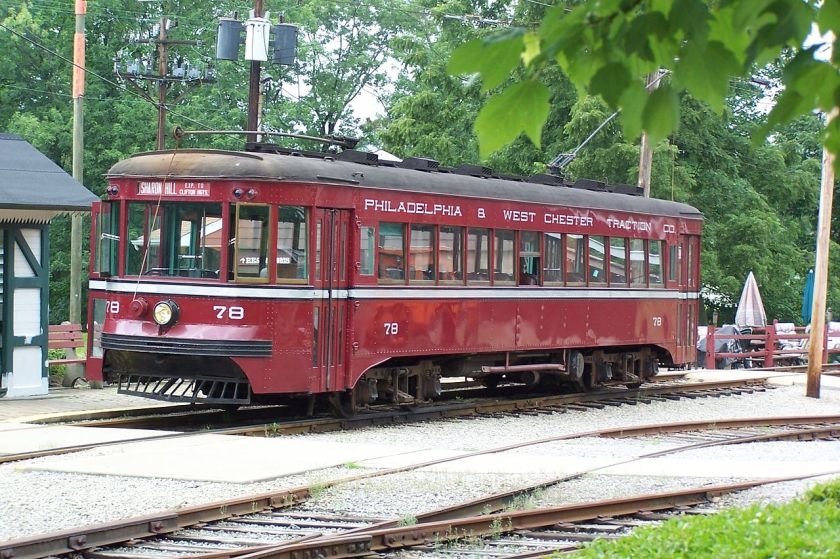
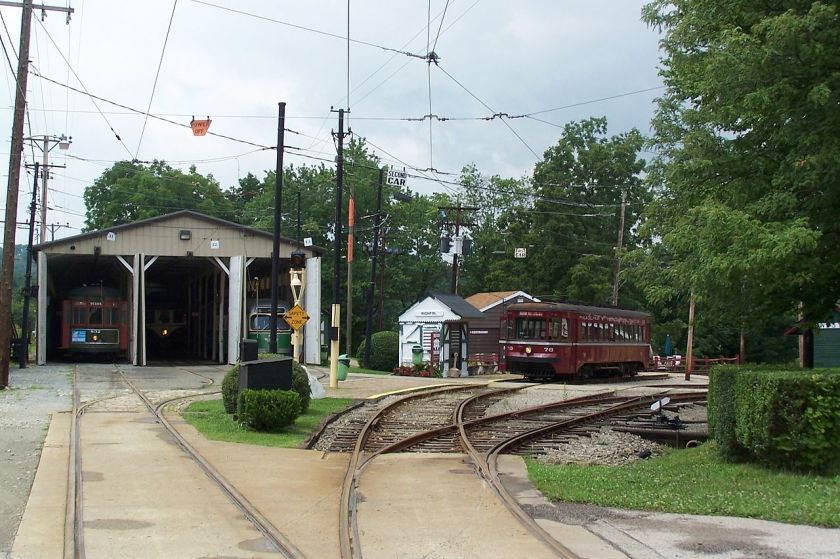
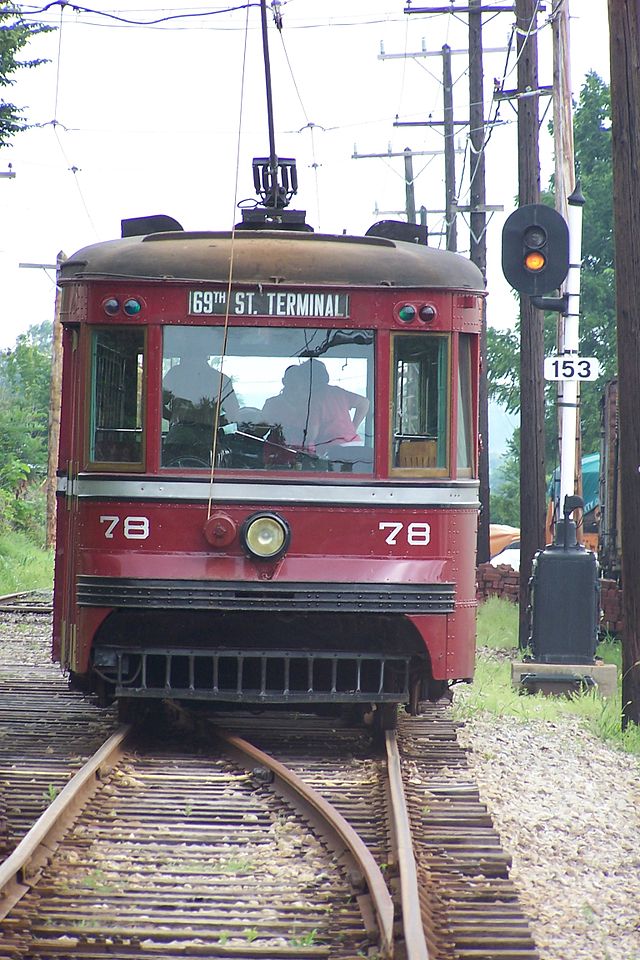
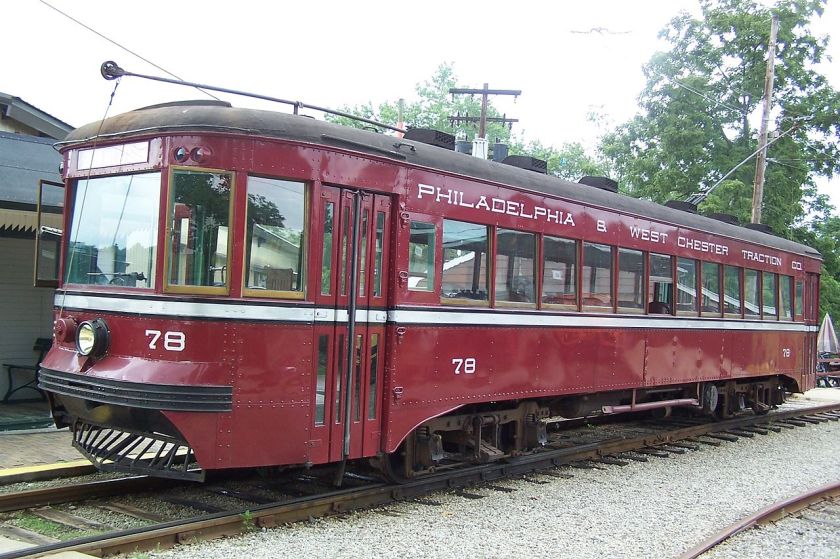
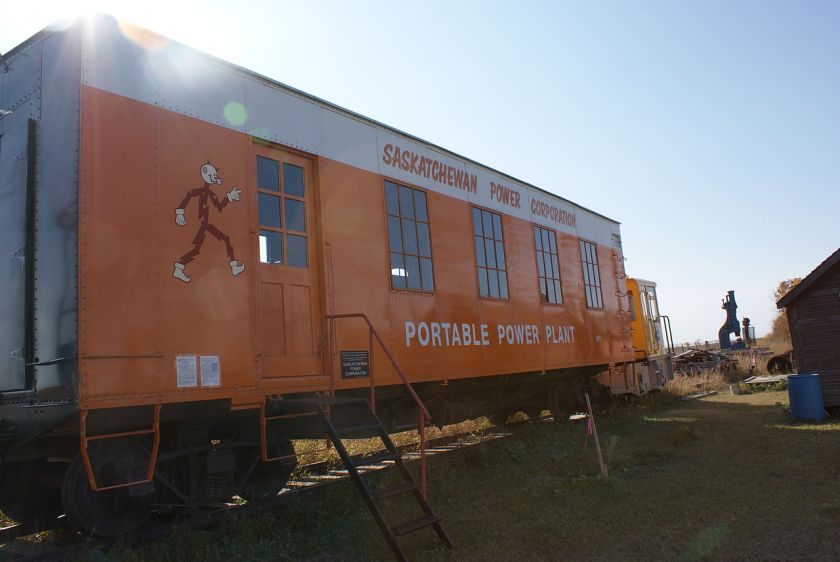
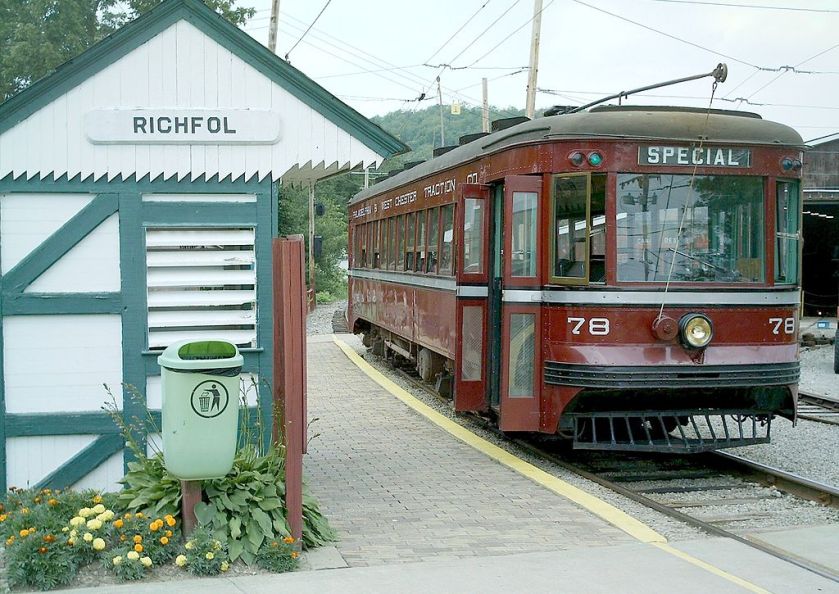
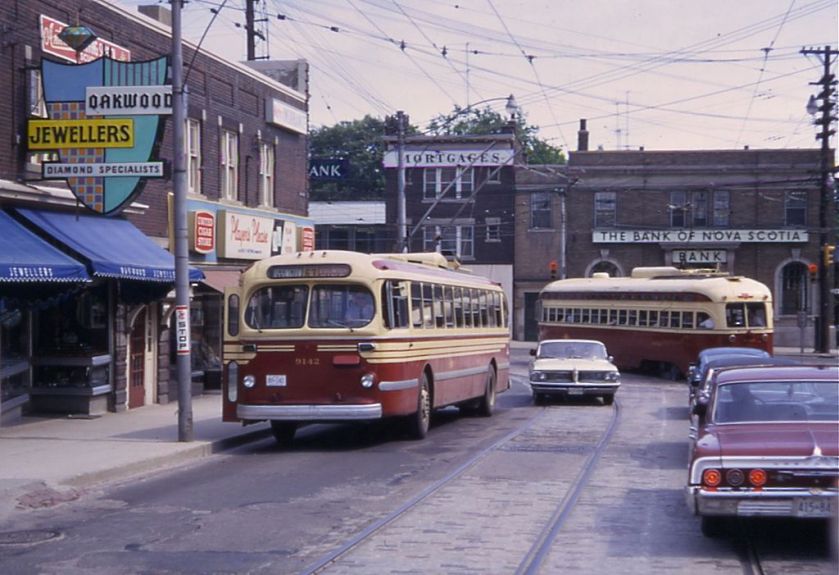
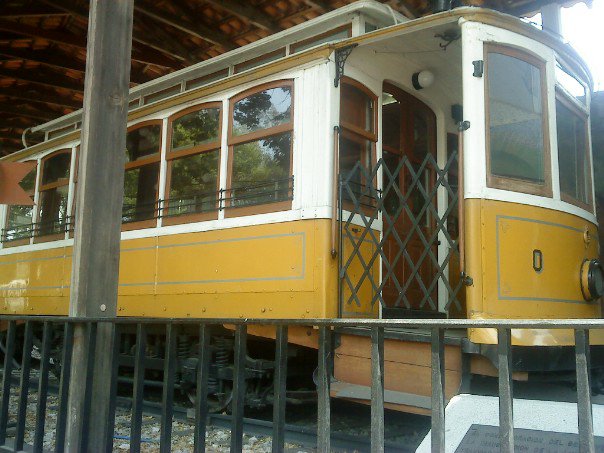
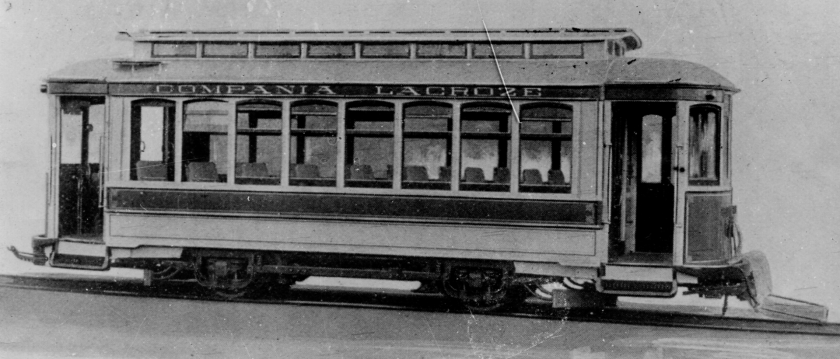
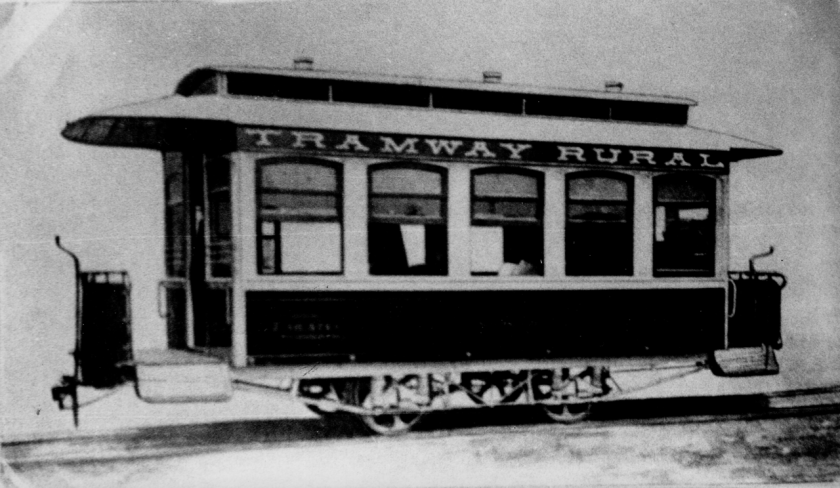
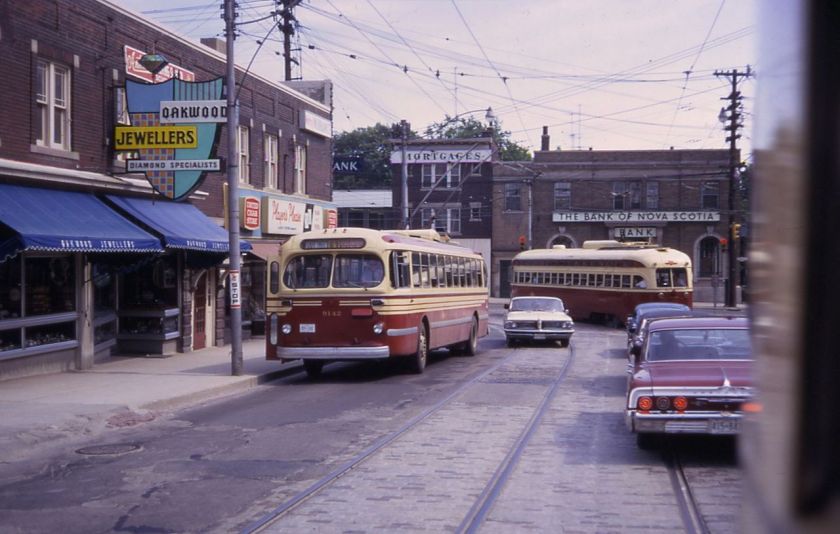
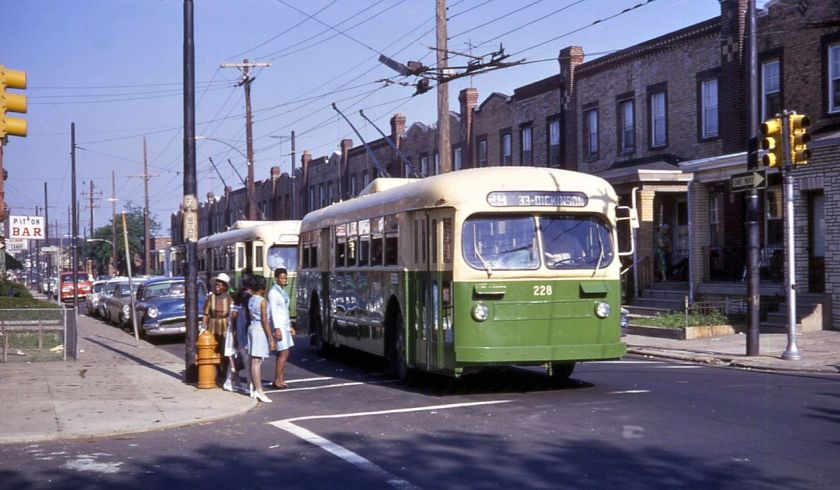
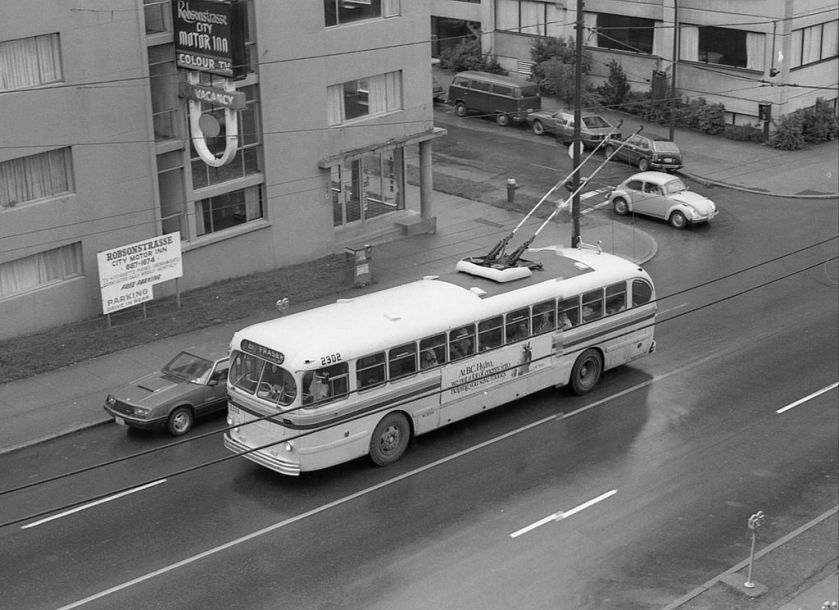
Great to be going to your weblog again, it continues to be months for me. Properly this article that ive been waited for so long. I want this post to total my assignment inside the school, and it has exact same subject with your post. Thanks, good share.
LikeLike
I cannot thank you enough for the blog. Will read on…
LikeLike
Do you mind if I quote a few of your posts as long as I provide credit and sources back
to your blog? My blog is in the very same niche as yours and my users would genuinely benefit from some of the information you present here.
Please let me know if this ok with you. Thanks a
lot!
LikeLike
Great article Thanks for sharing.
LikeLike